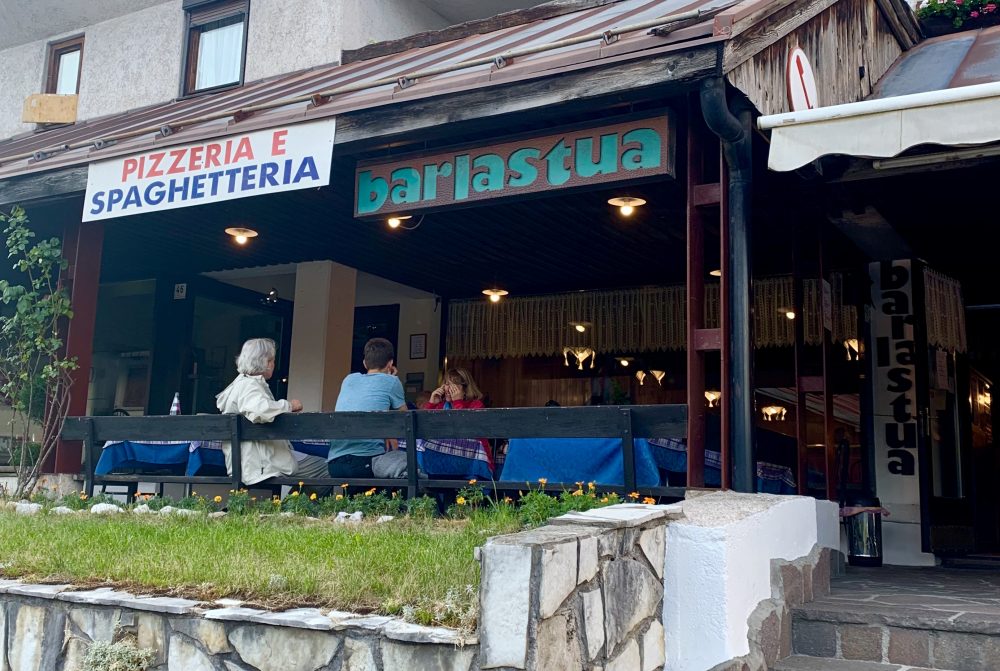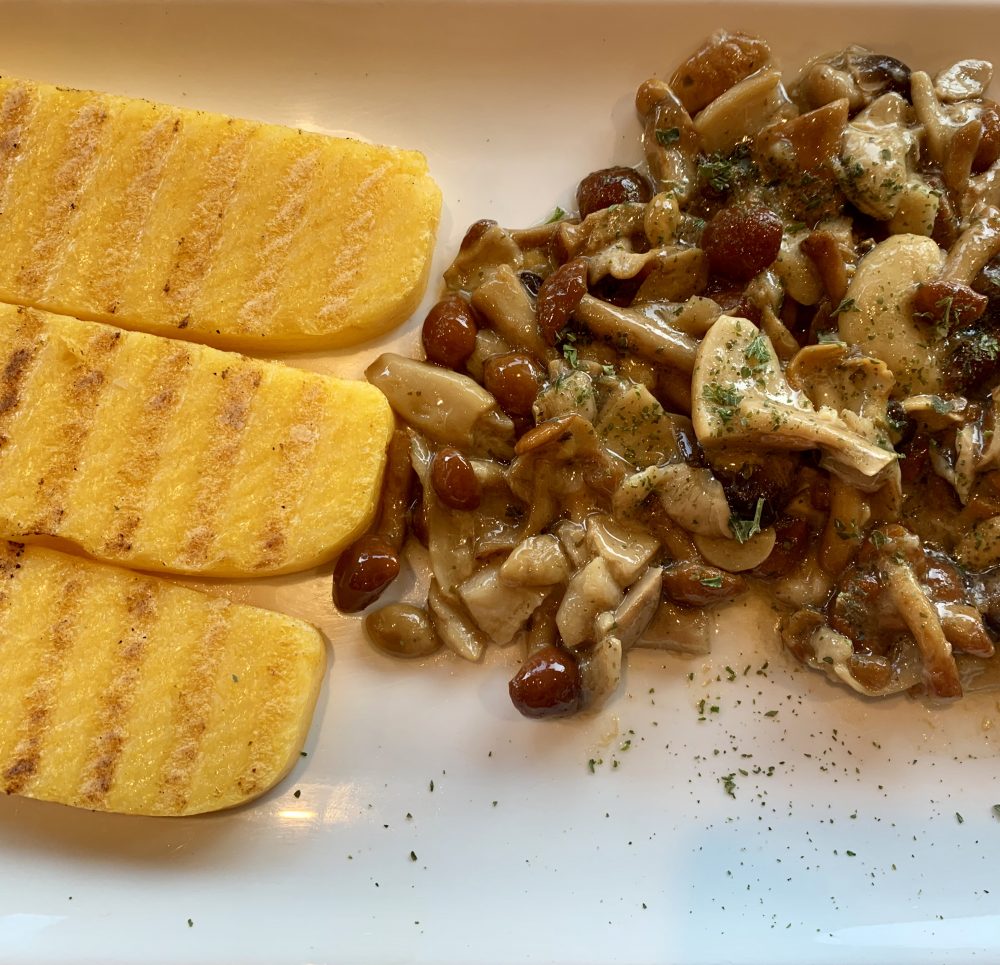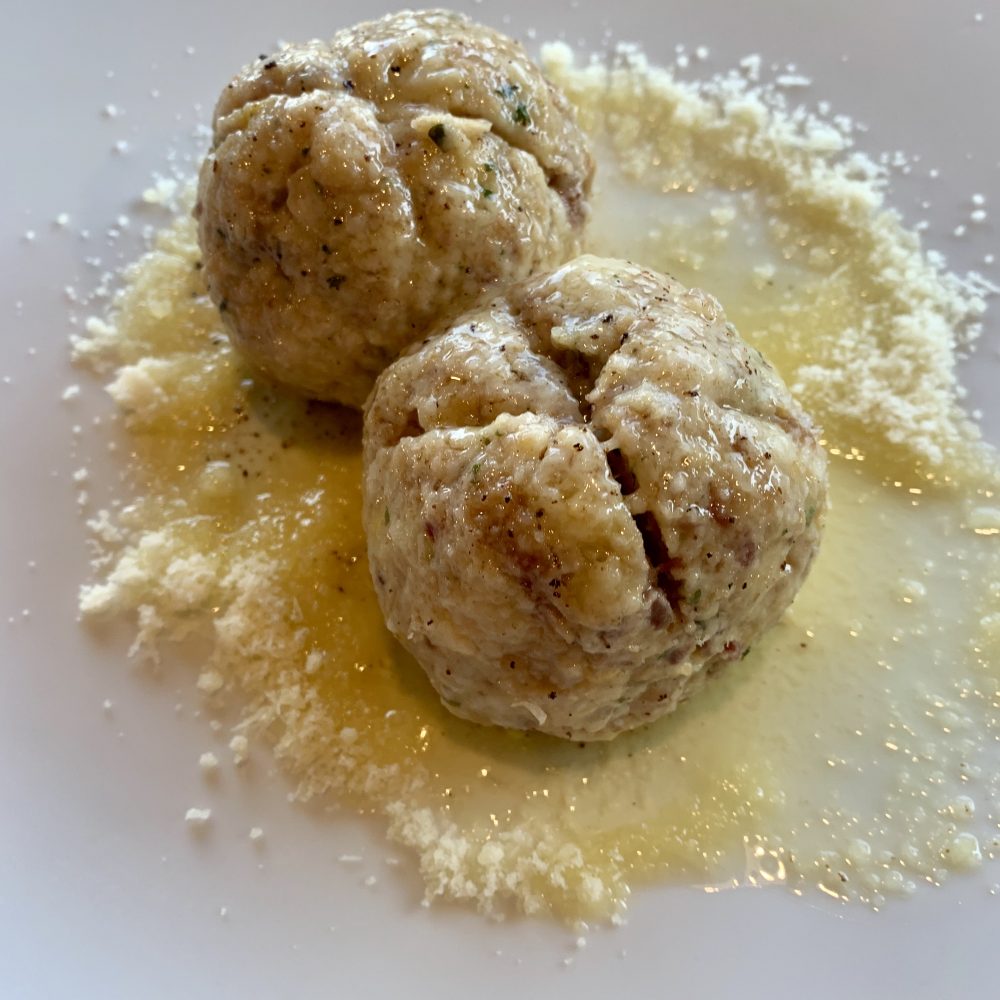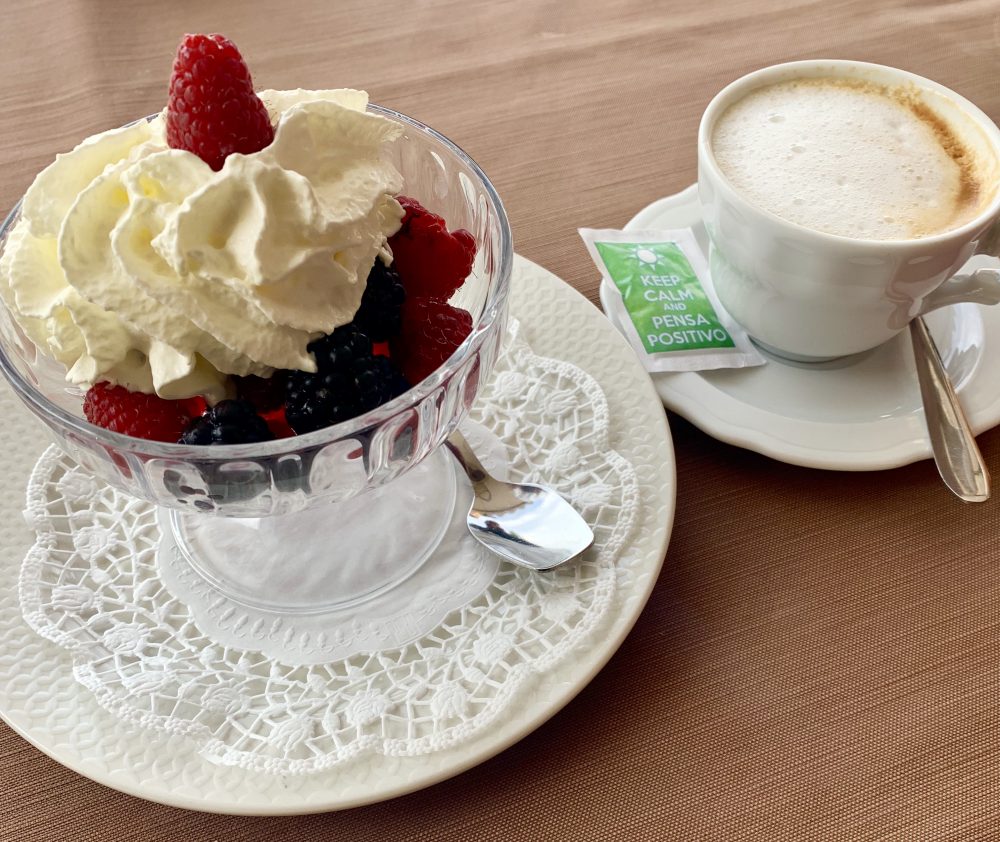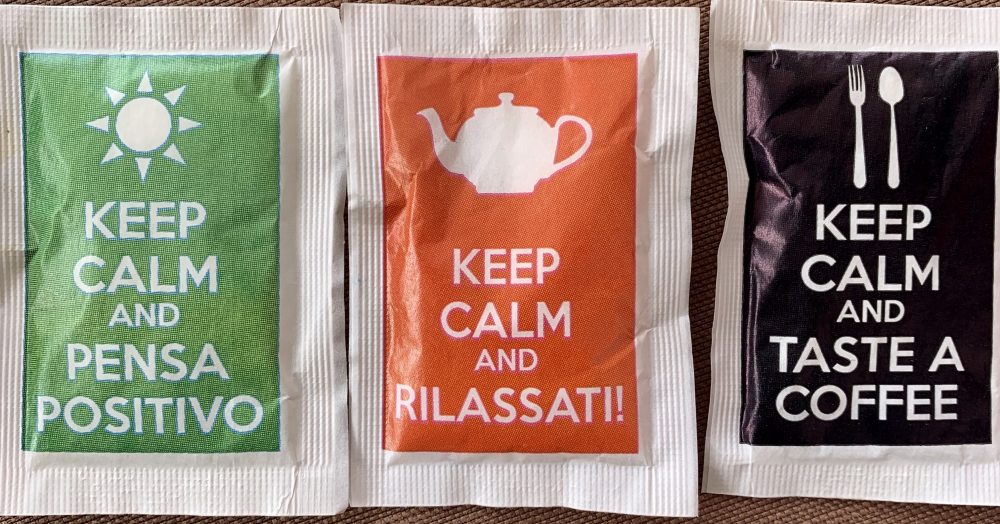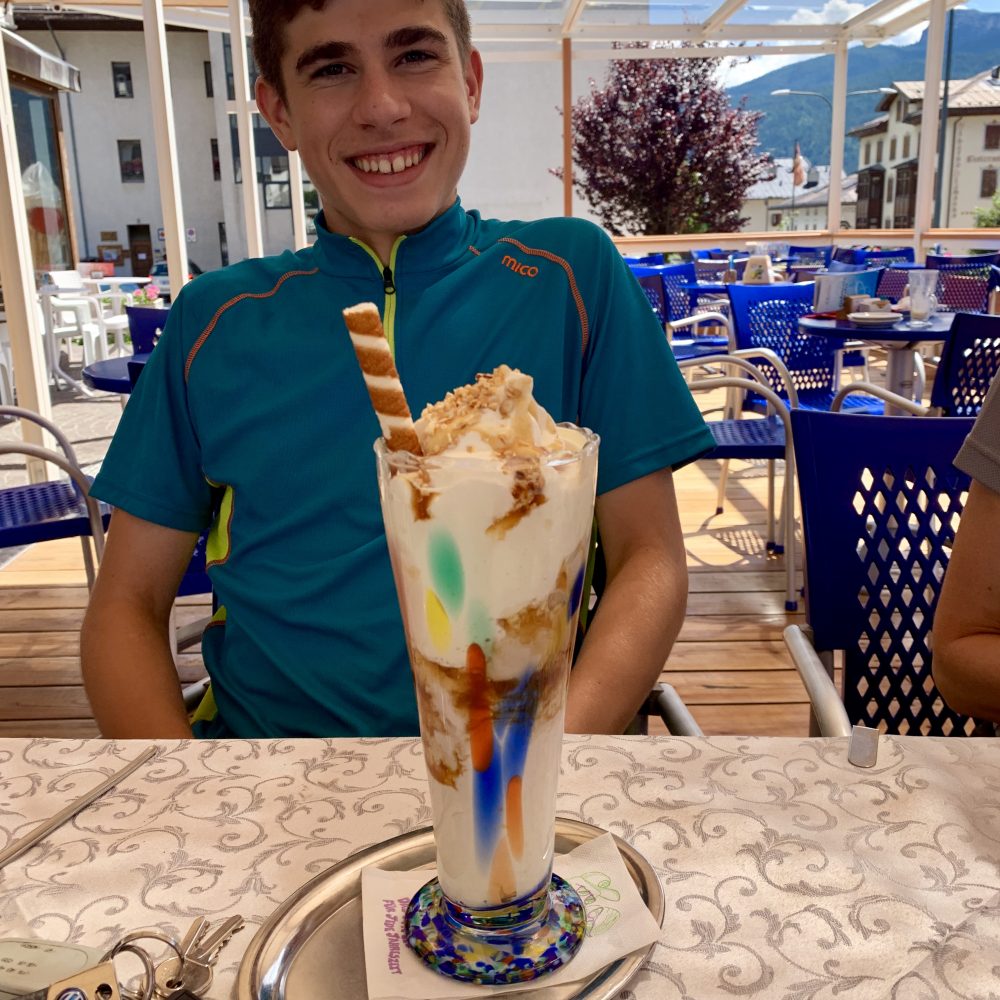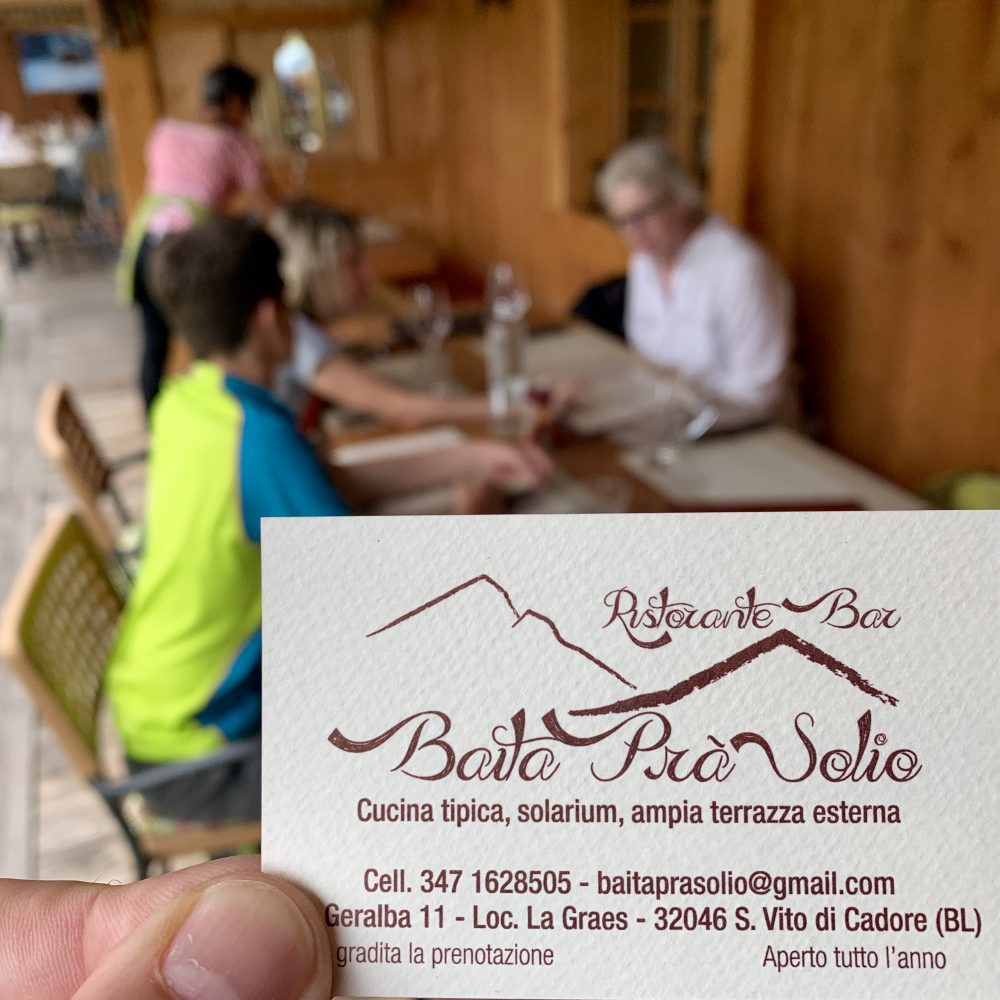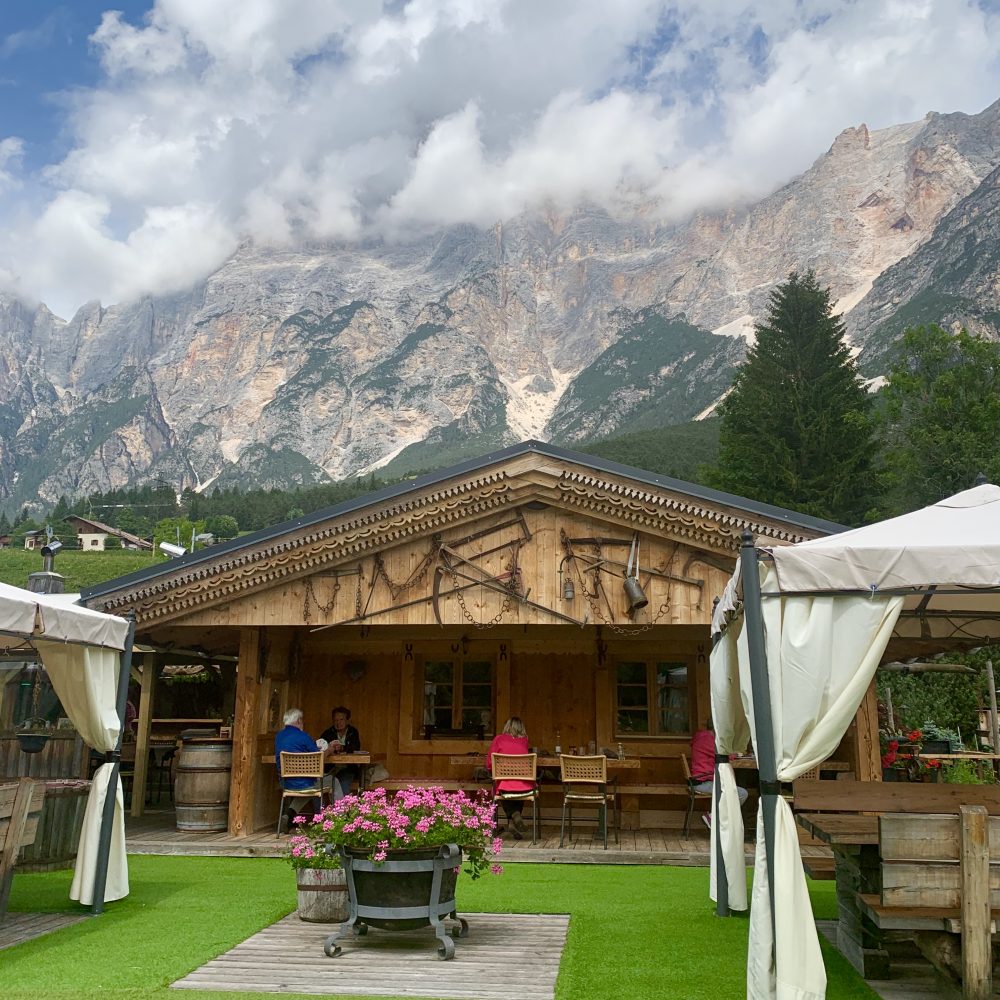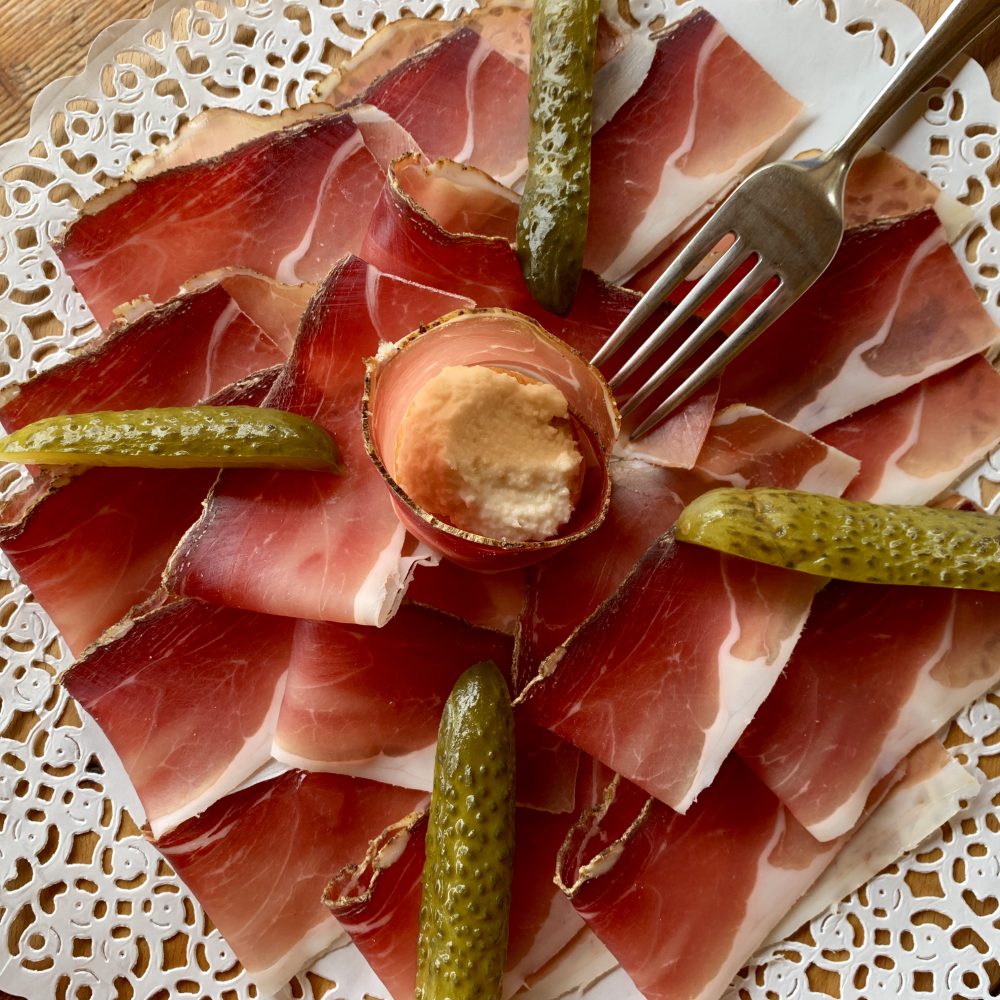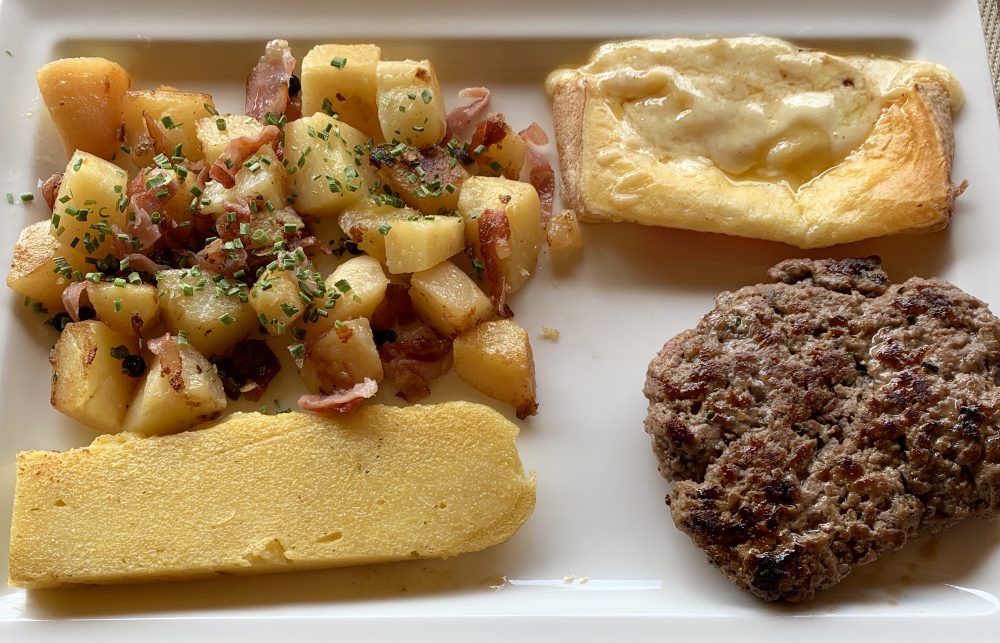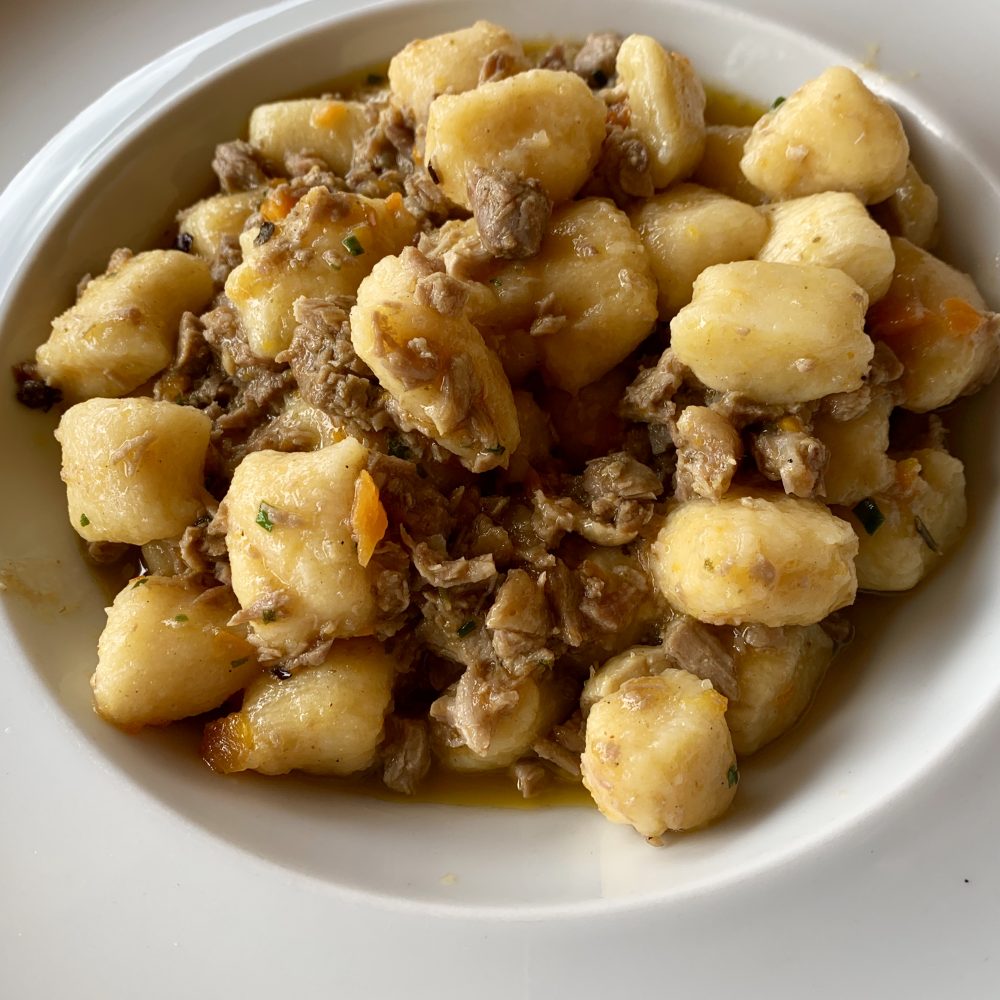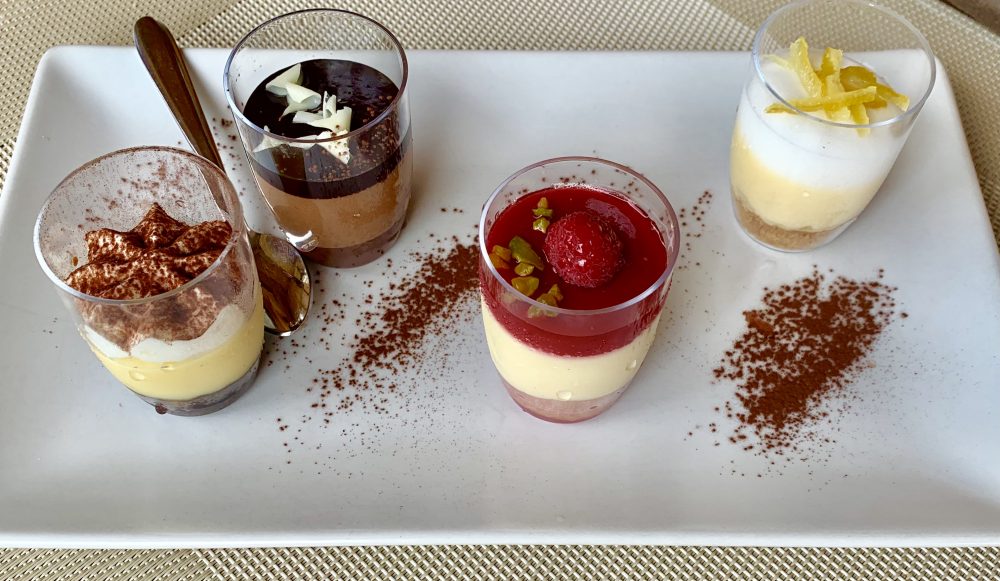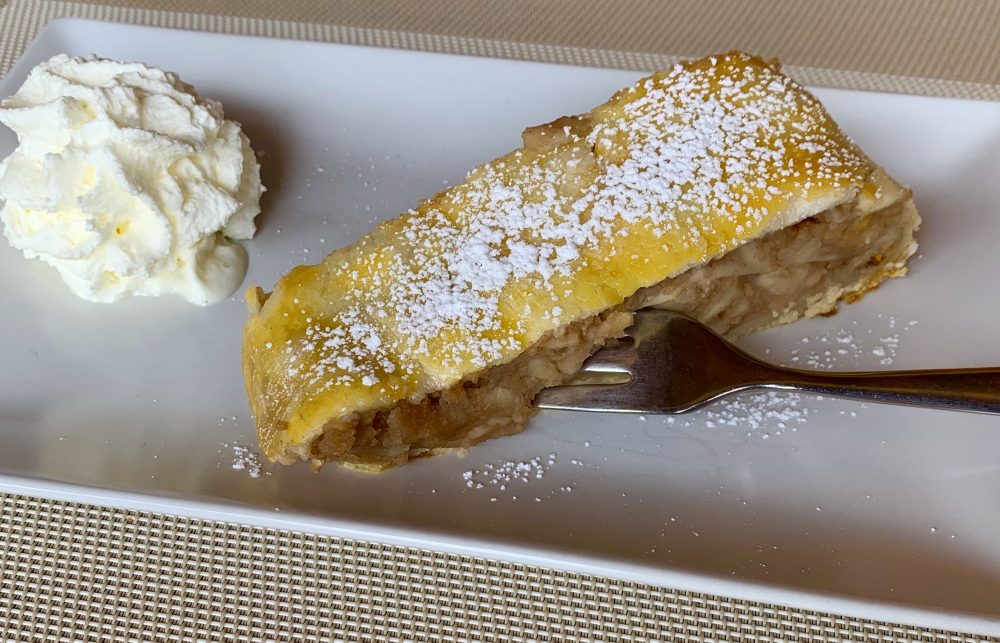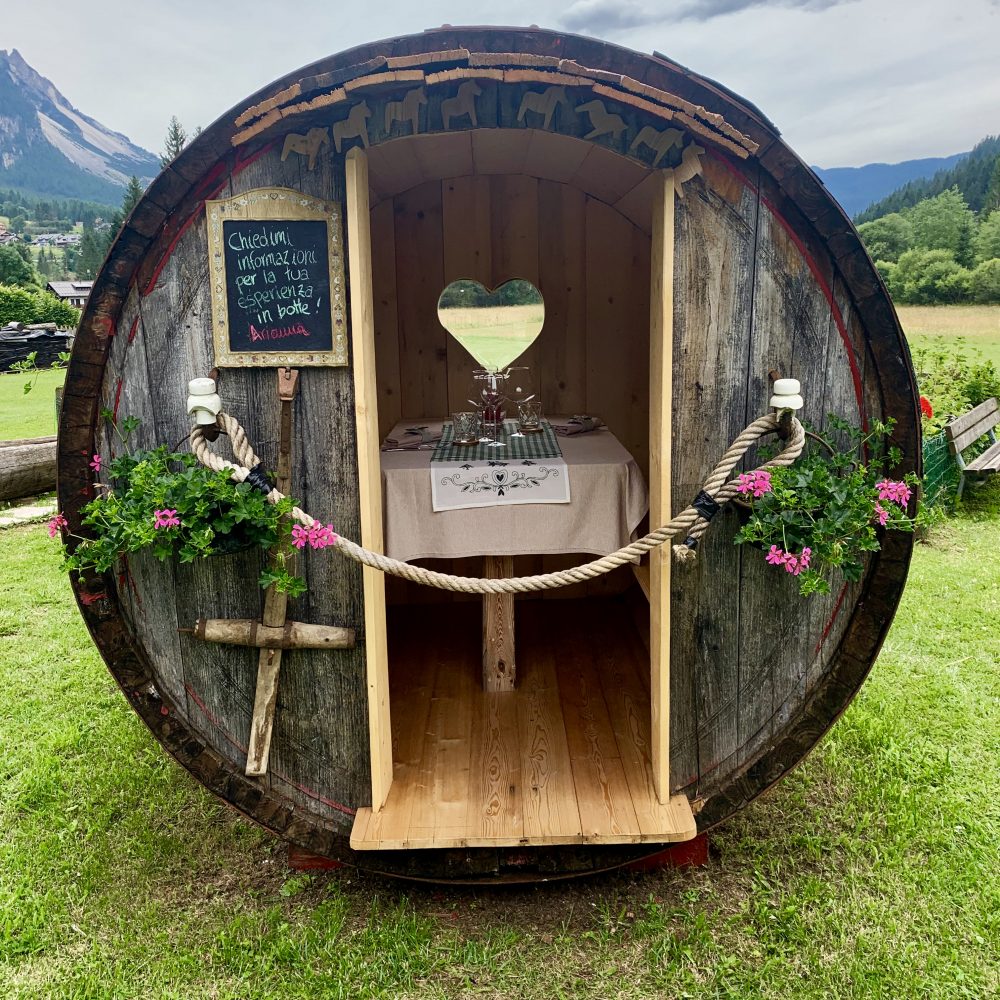09-11 July 2019
We award our fourth WOW to the Dolomiti!!!
The mountains are spectacular in their dramatic form and color and how they frame the valley and its villages.
Cousin Miryam and her son Michele drove us from their house in the Veneto to her parents’ (Guiseppe and Angelina Marchesin’s) condo in San Vito di Cadore, just south of Cortina d’Ampezzo. Cortina hosted the Olympics in 1956, and will host again in 2026.
We left Oderzo in the evening after dinner so that we could start the first of two hikes the next morning.
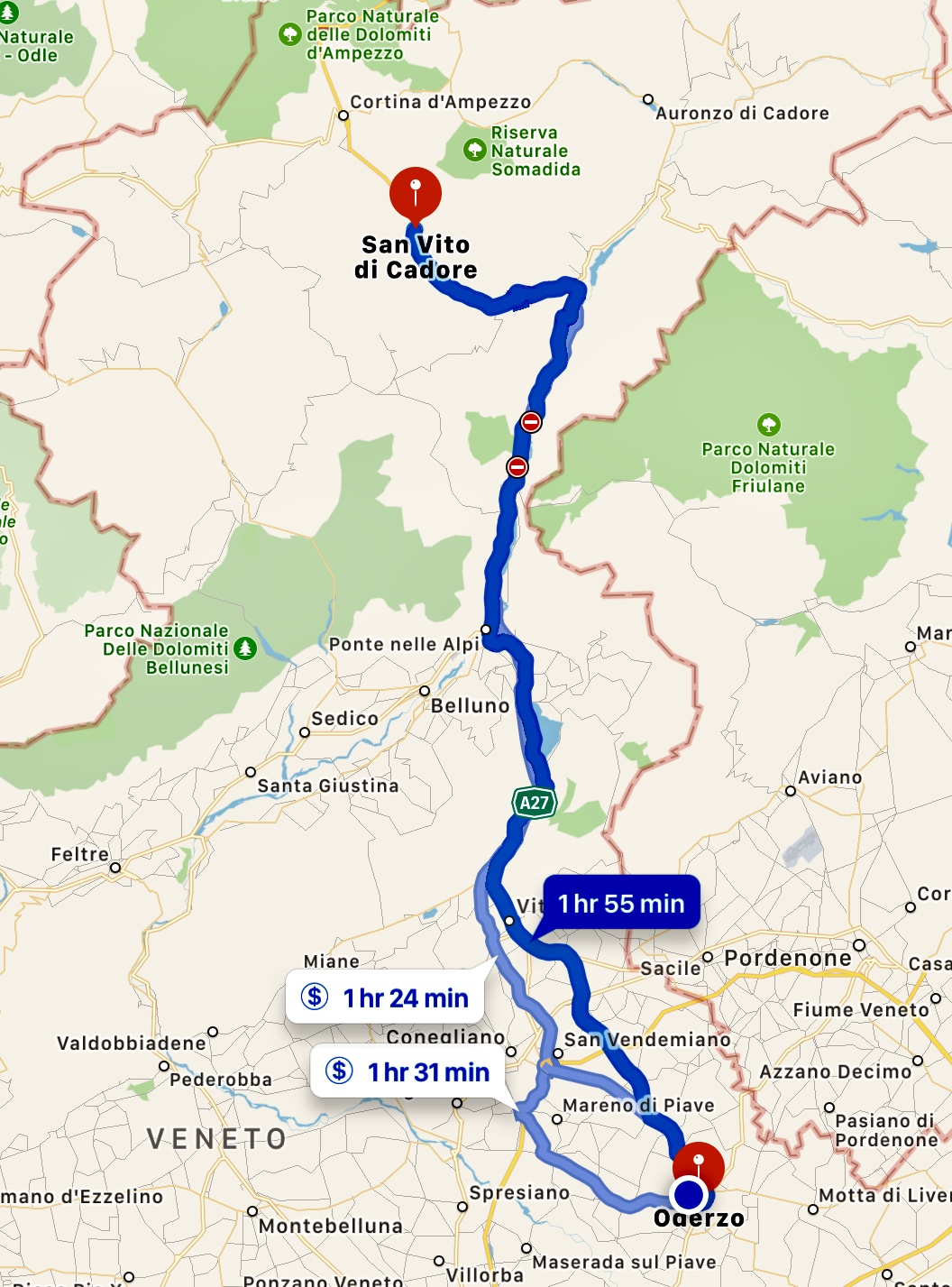
San Vito is a sleepier town than Cortina. A few shops. A great pasticceria. They cater this time of year to the locals.
Cortina is another universe, filled with very high-end hotels, shops, and restaurants along with international tourists. Both towns are great in their particular ways.
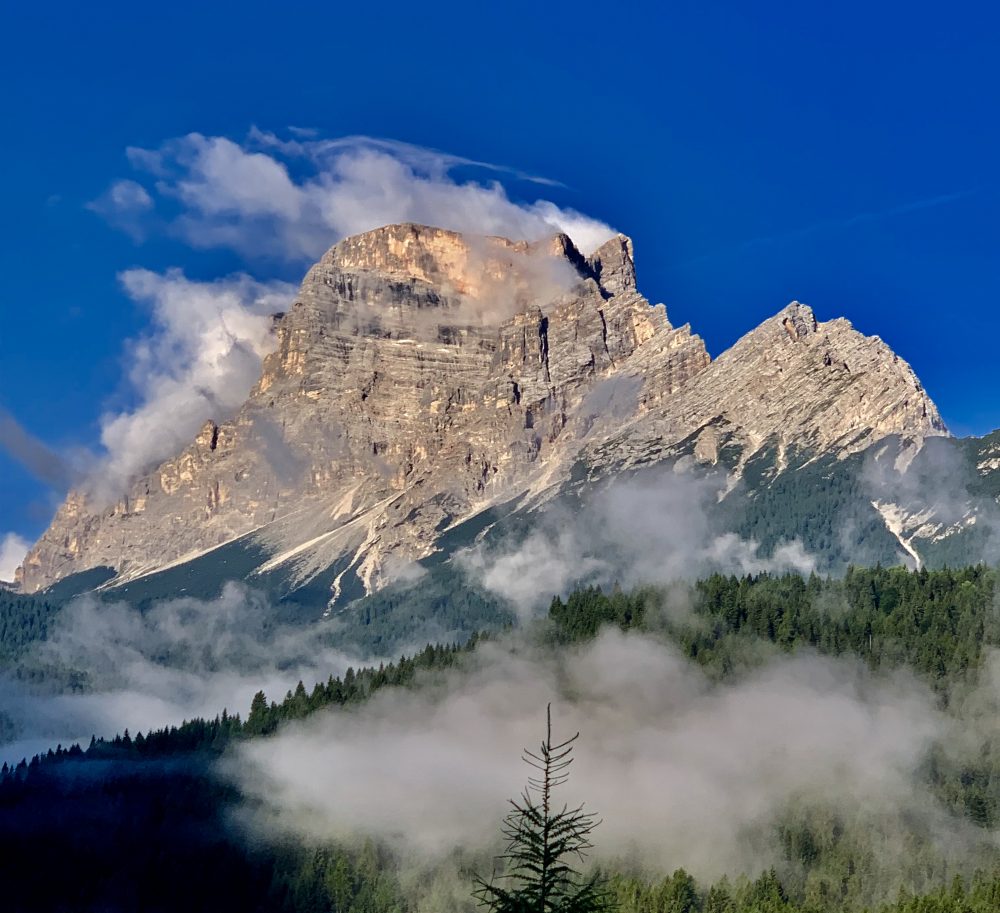
Hike 1–Cinque Torri
We drove from San Vito through Cortina, elevation 1,224 meters—4,016 feet, and into the mountains, arriving at a chair lift. A cappuccino and a quick ride on the chair lift brought us to the Rifugio Scoiattoli, elevation 2,255 meters—7,398 feet.
A side bar on rifugi
A rifugio in Italy is NOT the same as a mountain refuge in America. In Italy it typically houses a bar, restaurant, bathrooms, and places to sleep. All the comforts of home. Some rifugi cater to the rich and famous offering gyms and yoga classes—something Cathy Spain should keep in mind. A few are very basic—in the hostel category.
With binoculars (thanks Michele), Myriam would point out rifugi in the surrounding mountains. She would direct Robert to find the snow where it parted below the third peak to the right and then to scan to the left to find the crucifix with the rifugio located 40 meters above that. Robert would respond that not only did he see the rifugio, he could see the woman in the white dress drinking a capuccino next to the guy dressed in black drinking a Campari Spritz.
Back to Cinque Torri
Cinque Torri (five towers) is a rock formation known for its strategic location during WWI when Italians fought against the Austrians. Italian military were located here year round, resupplied during the nights. We arrived at a rifugio here, and a short distance were the trenches and a variety of displays on how the soldiers lived, fought, and died during the war. When you see how they were outfitted against the cold, you wonder how any survived.
Each location featured a photograph and text with quotes made by Italians and Austrians during the war.
Well worth seeing.
After studying the WWI displays, we made our way around the mountain to see some rock climbers and then descended to a meadow for a picnic lunch. The rest of the way down to the car was easy compared to the first part. About 4 kilometers in all.
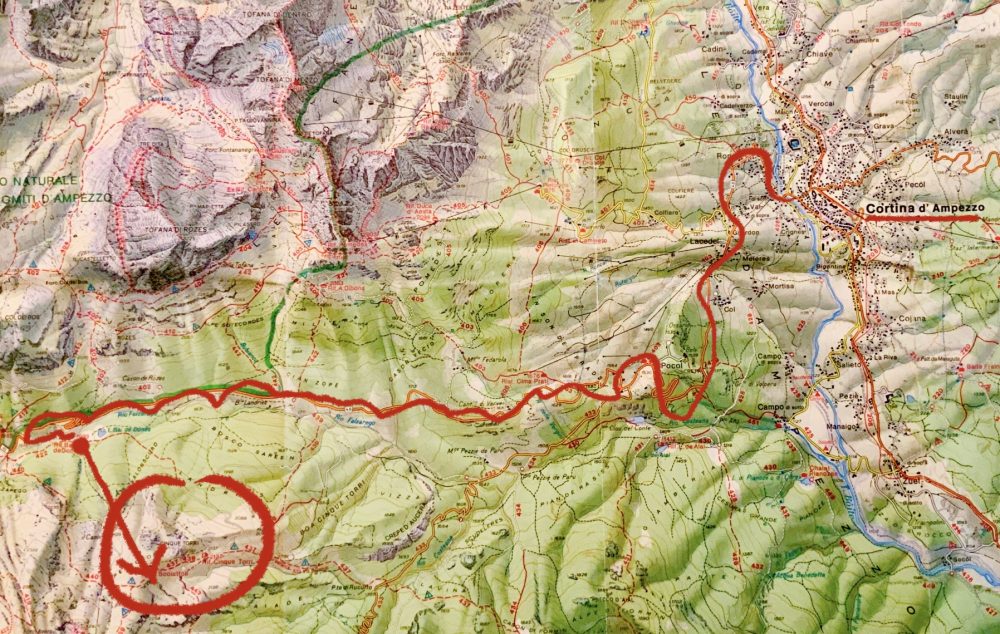
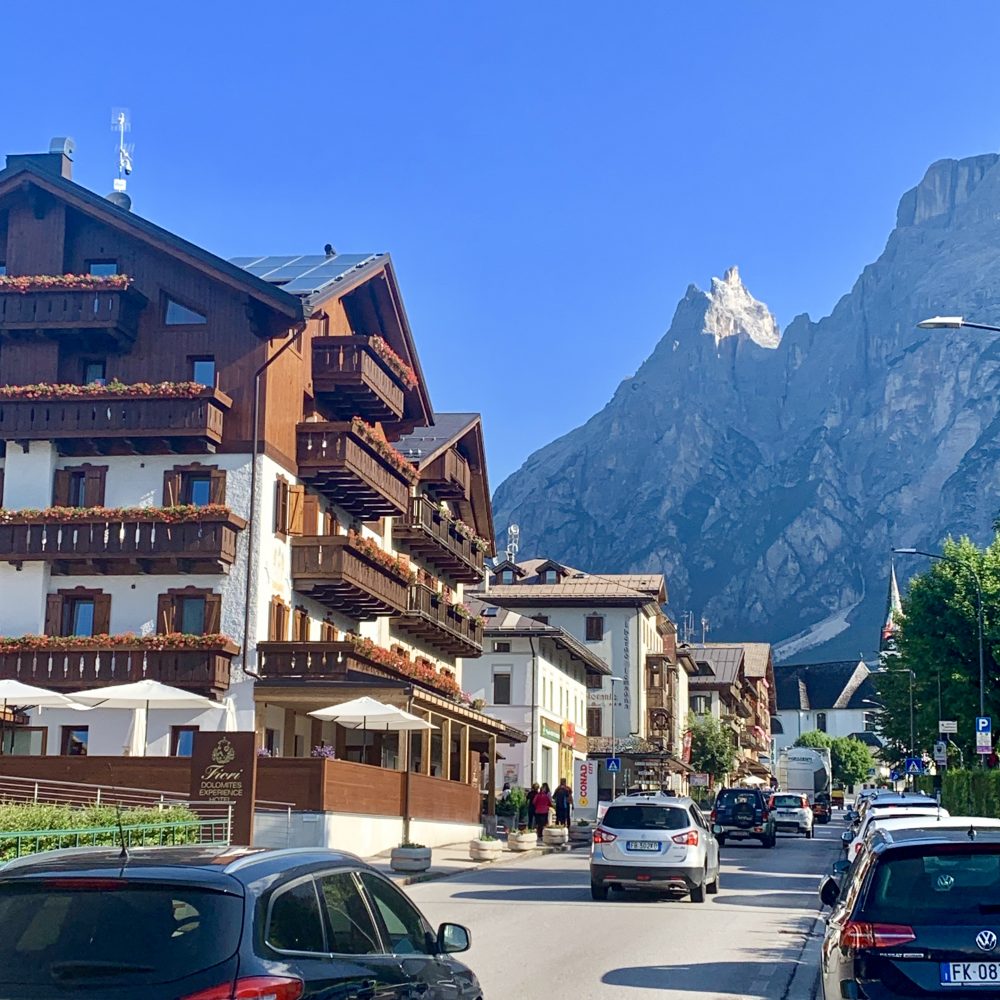
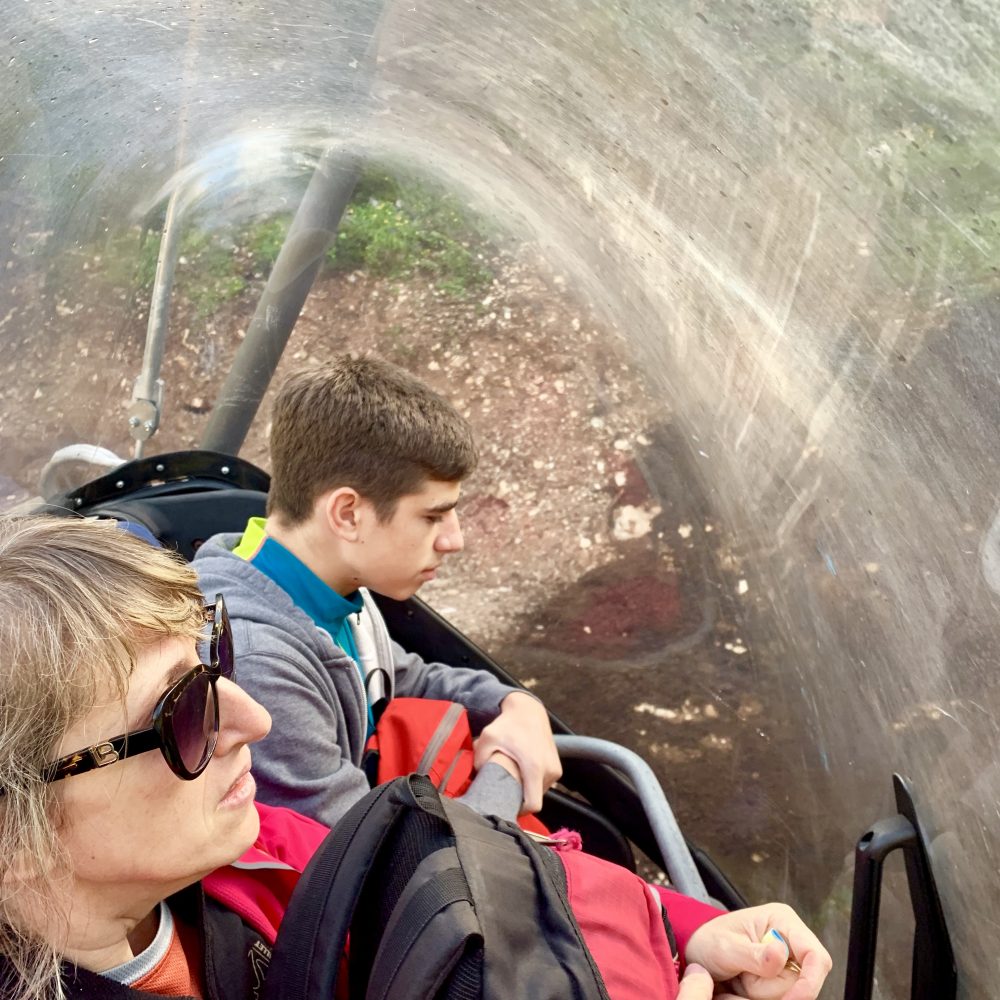
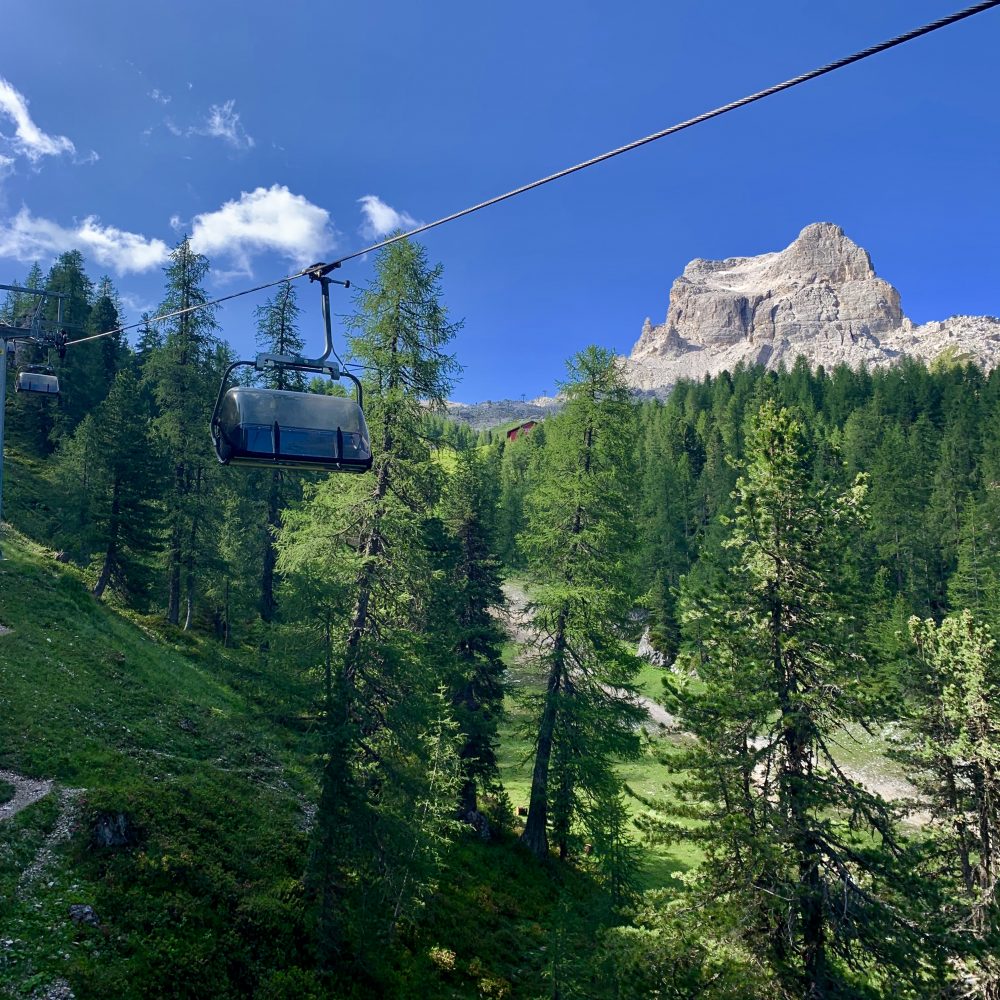
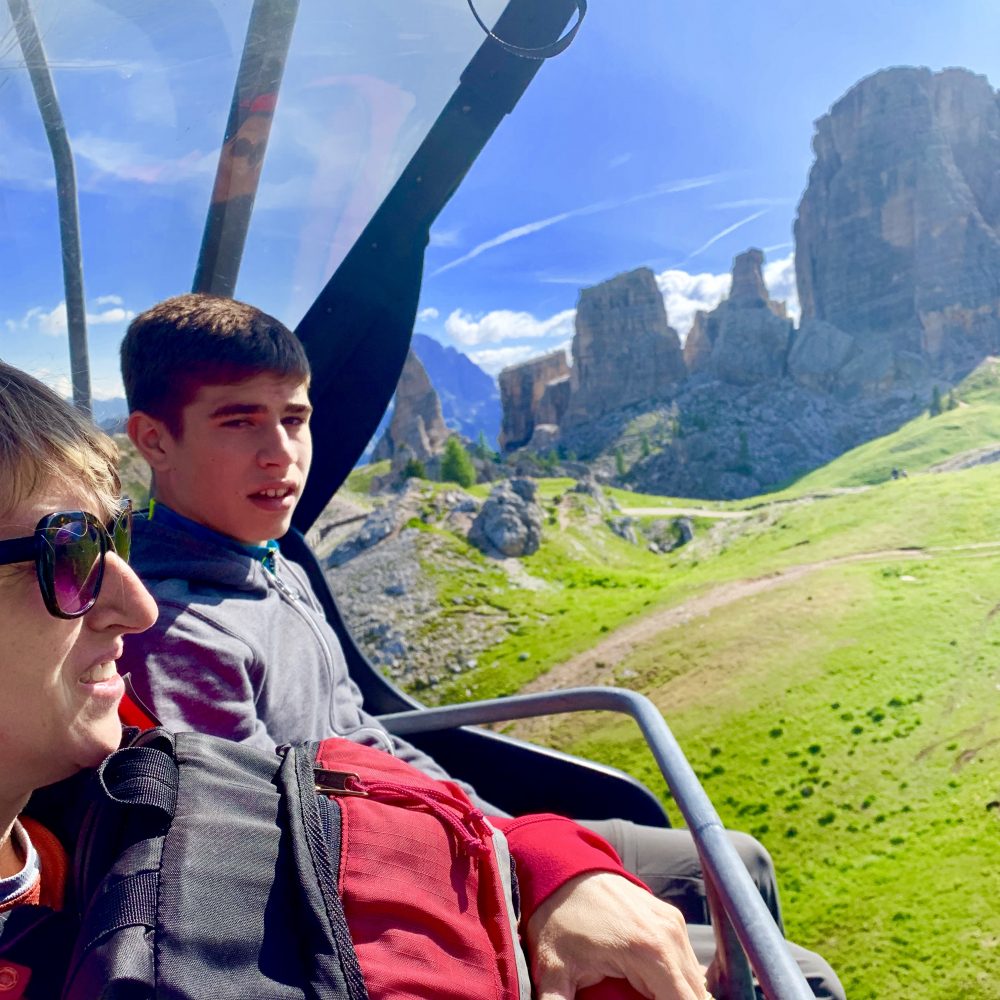
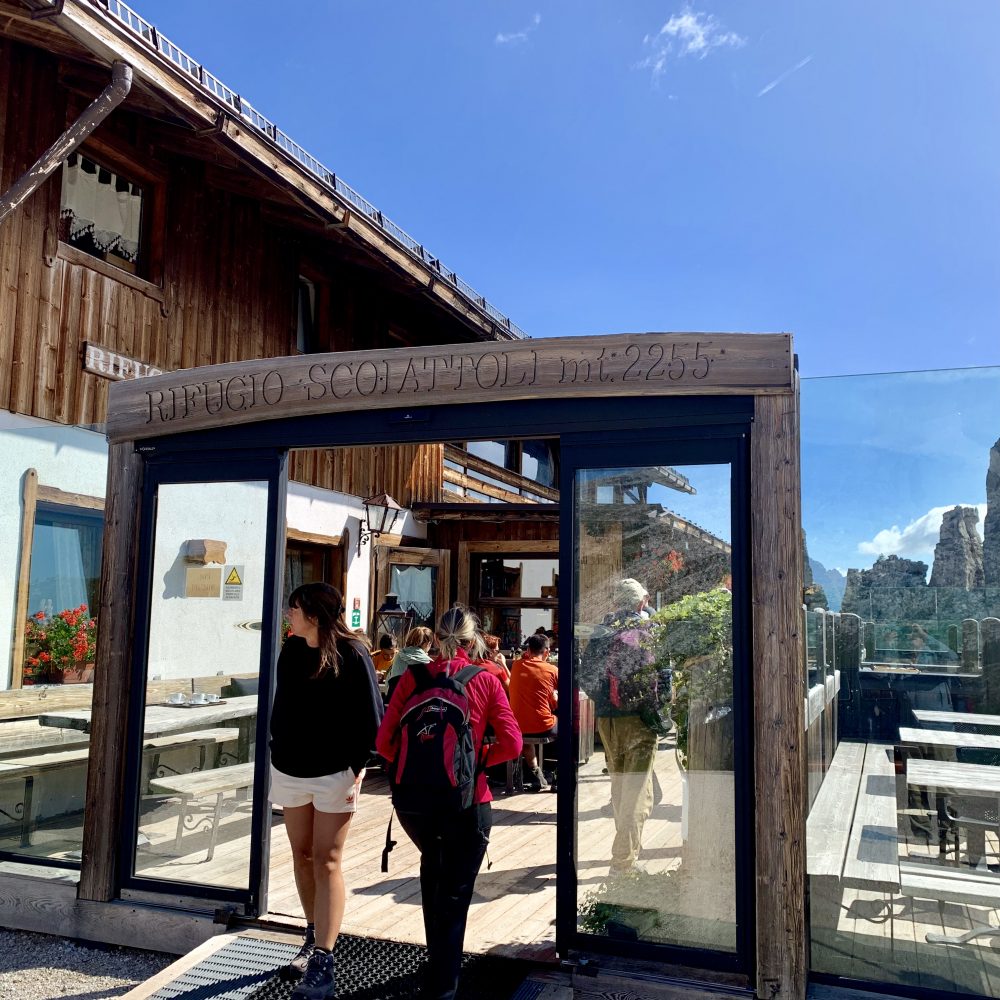

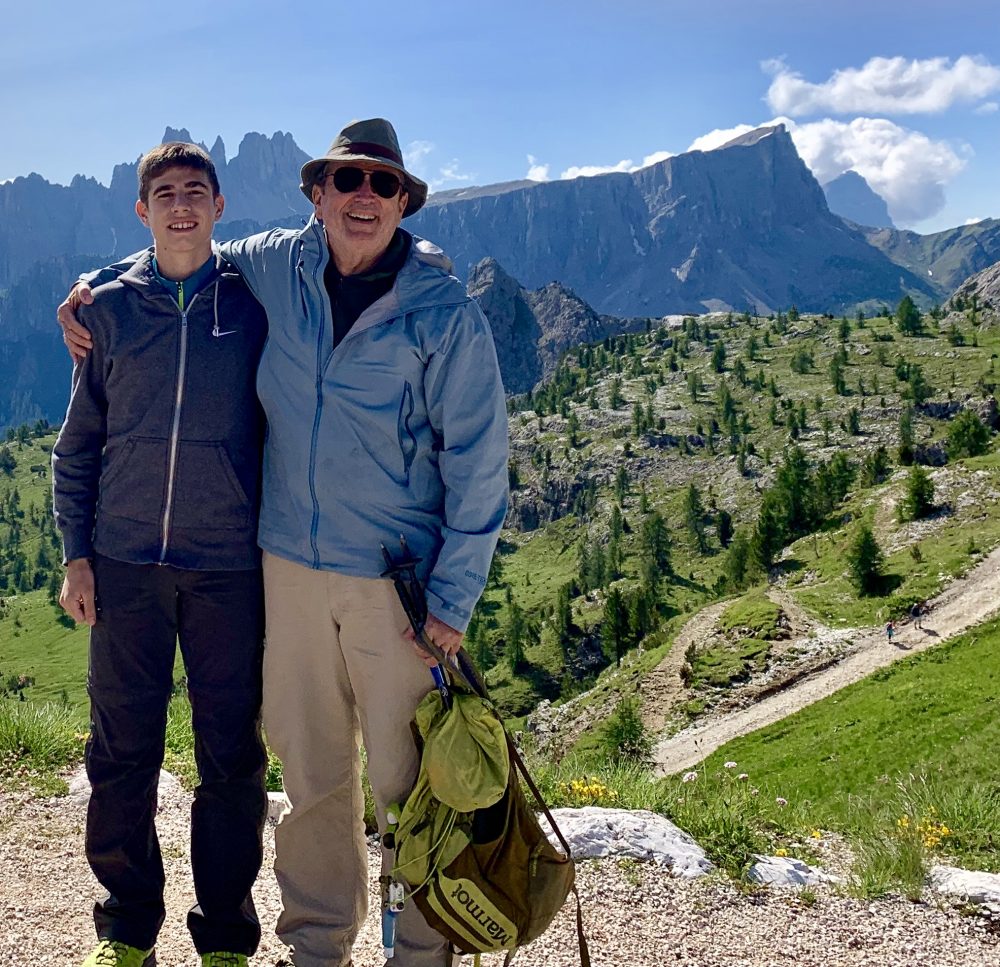
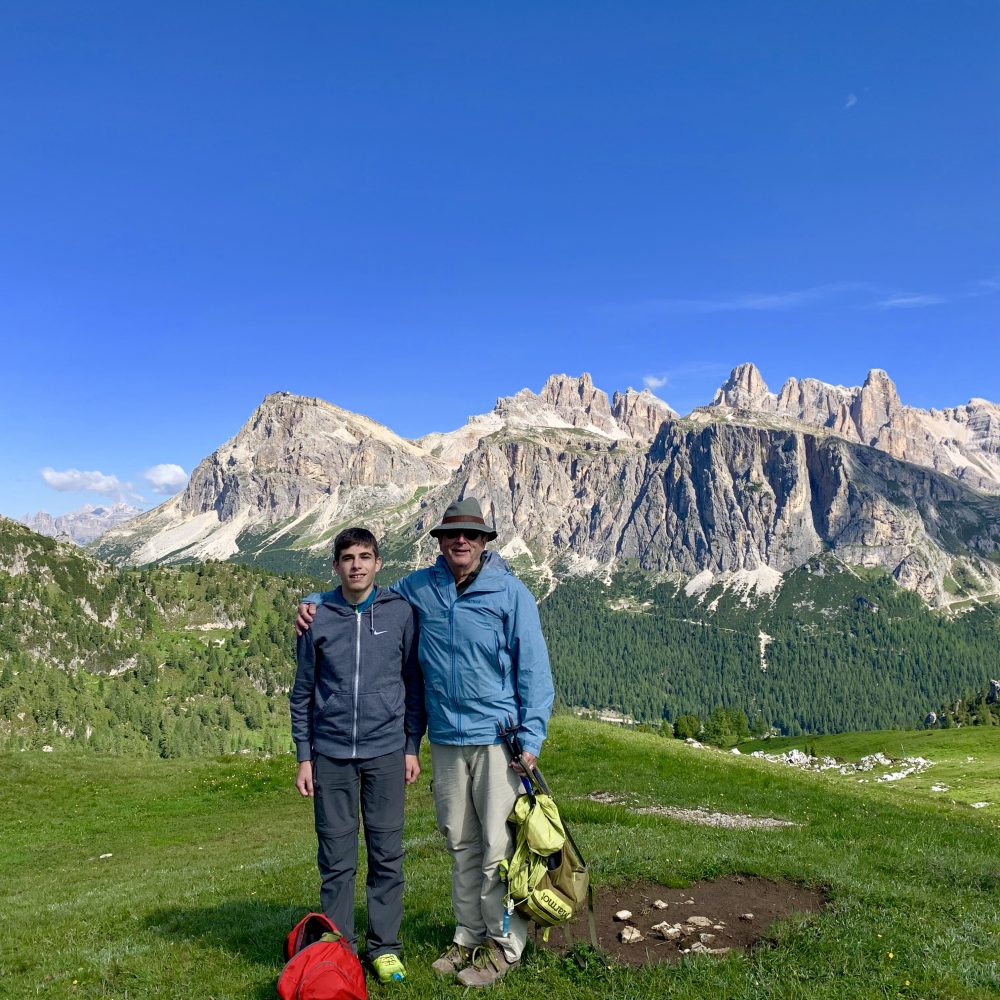
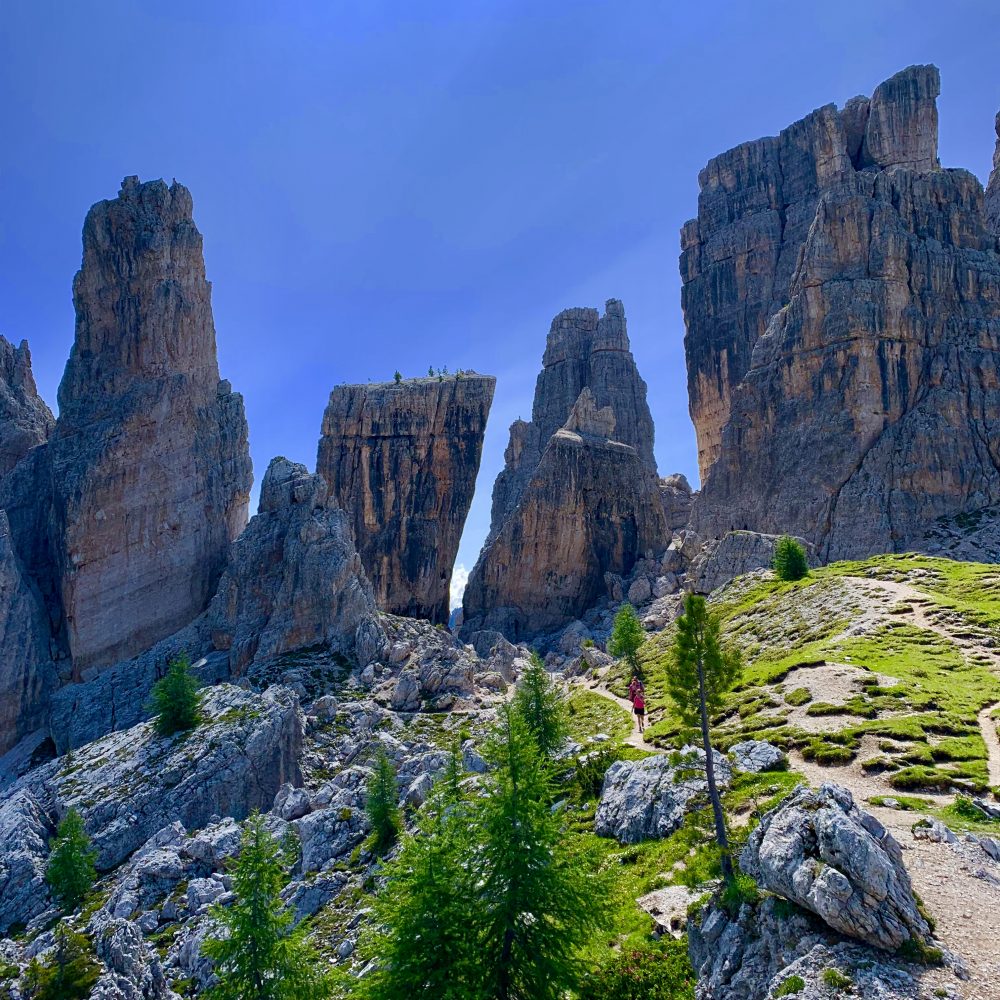
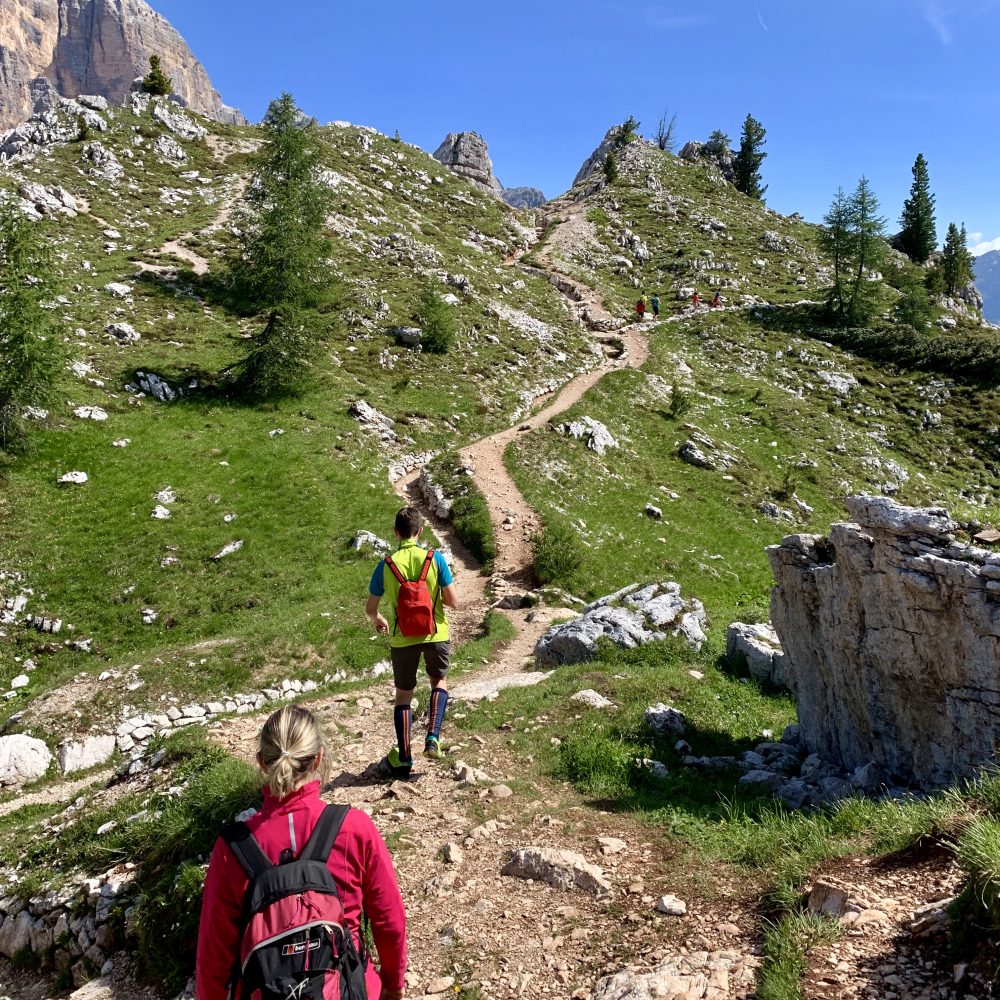
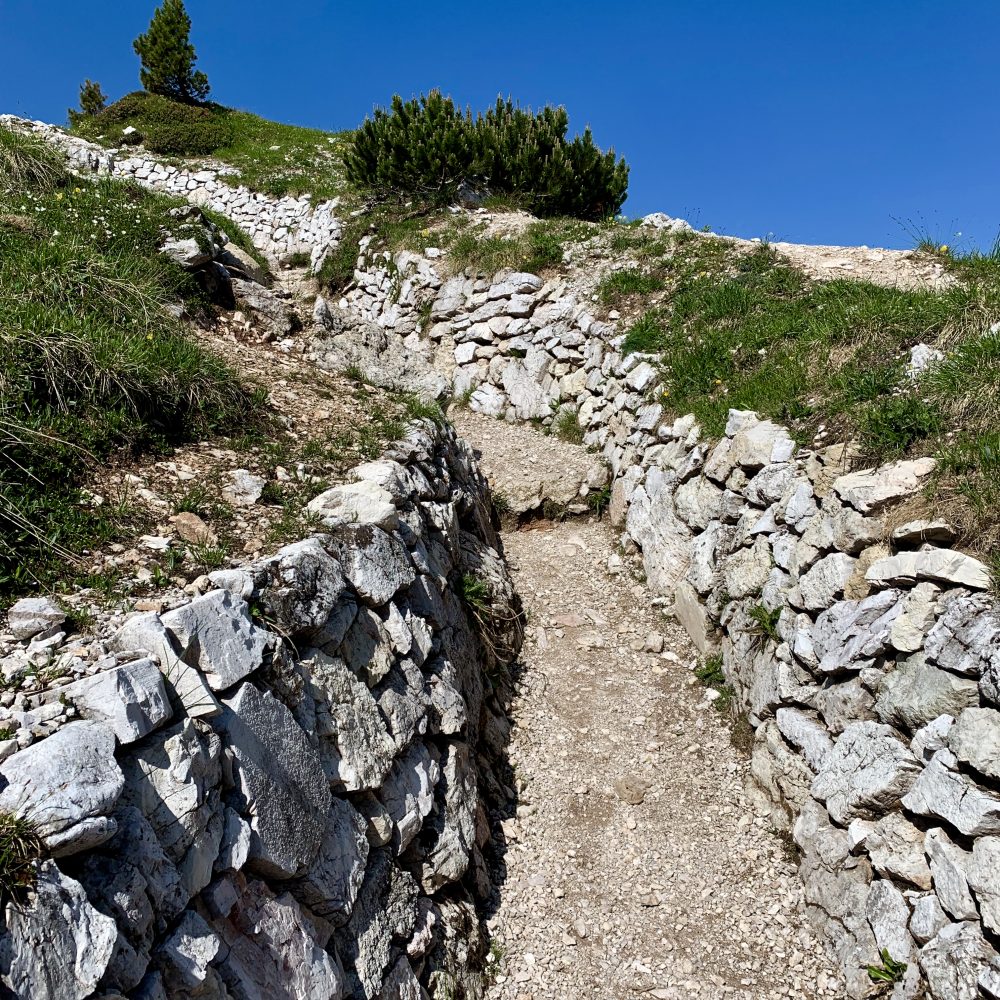
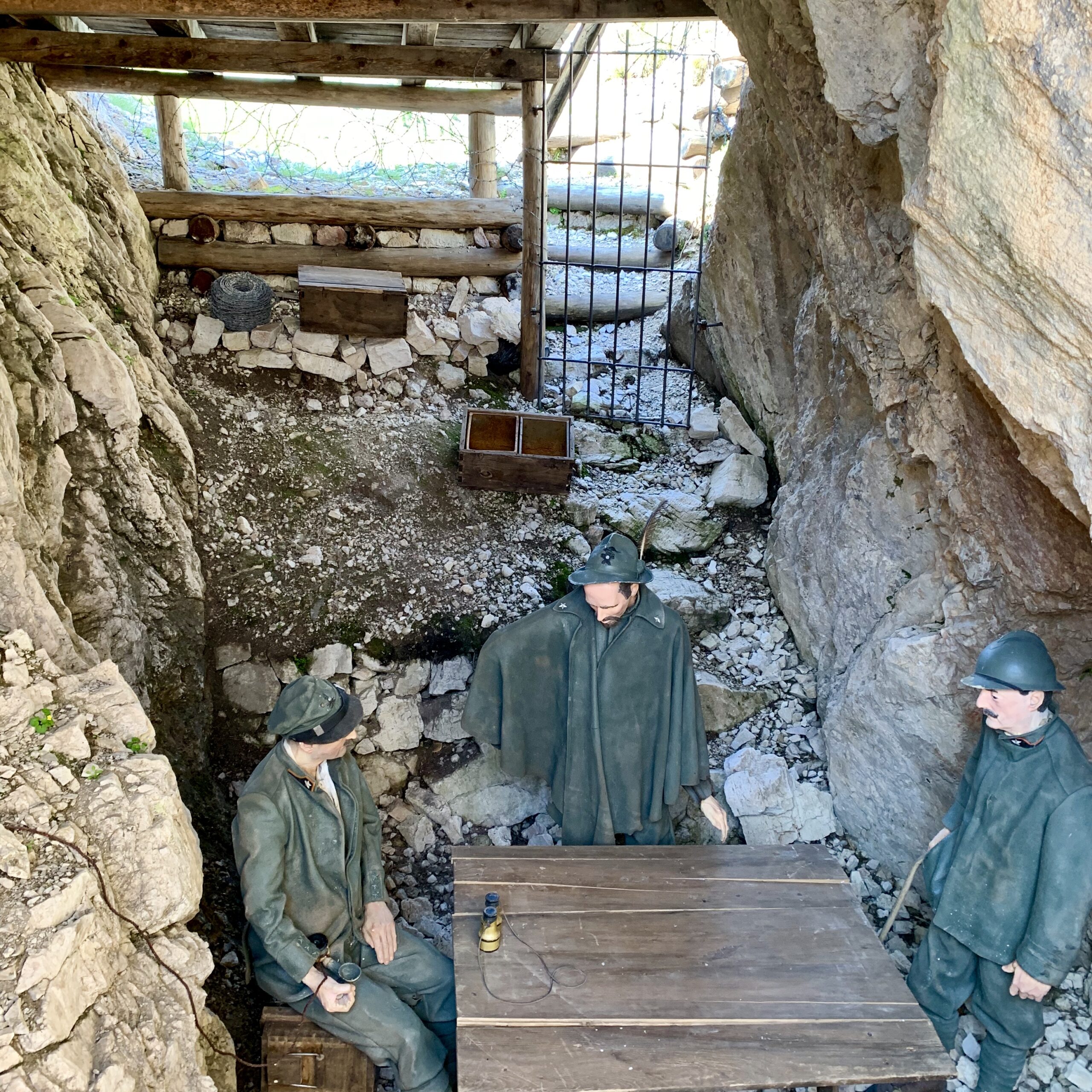
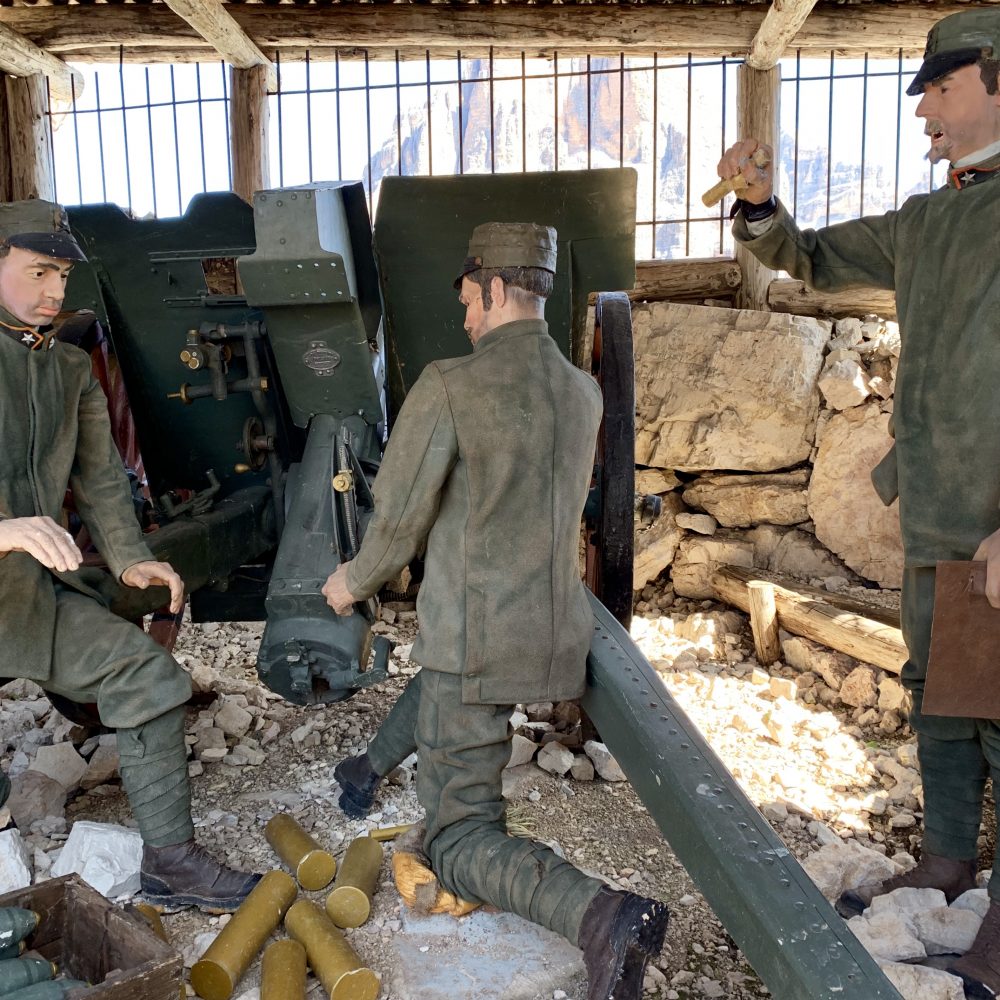
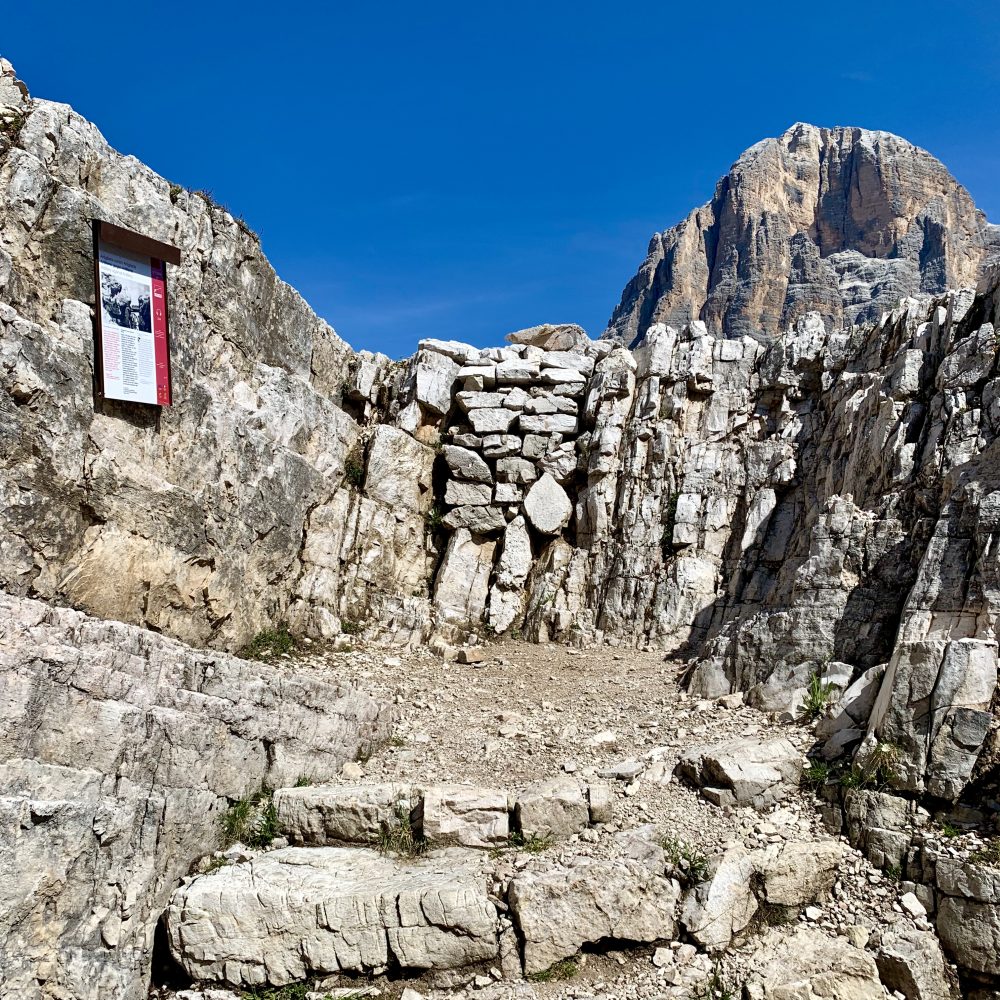
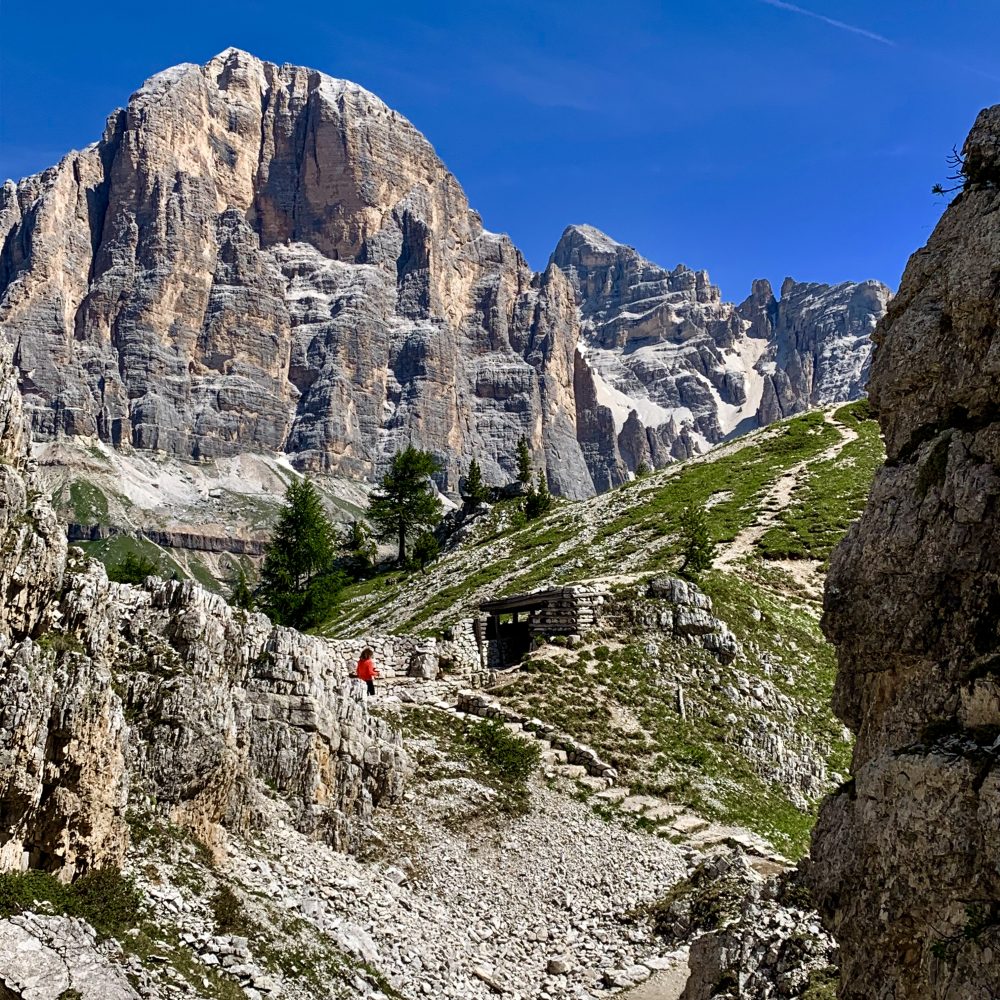
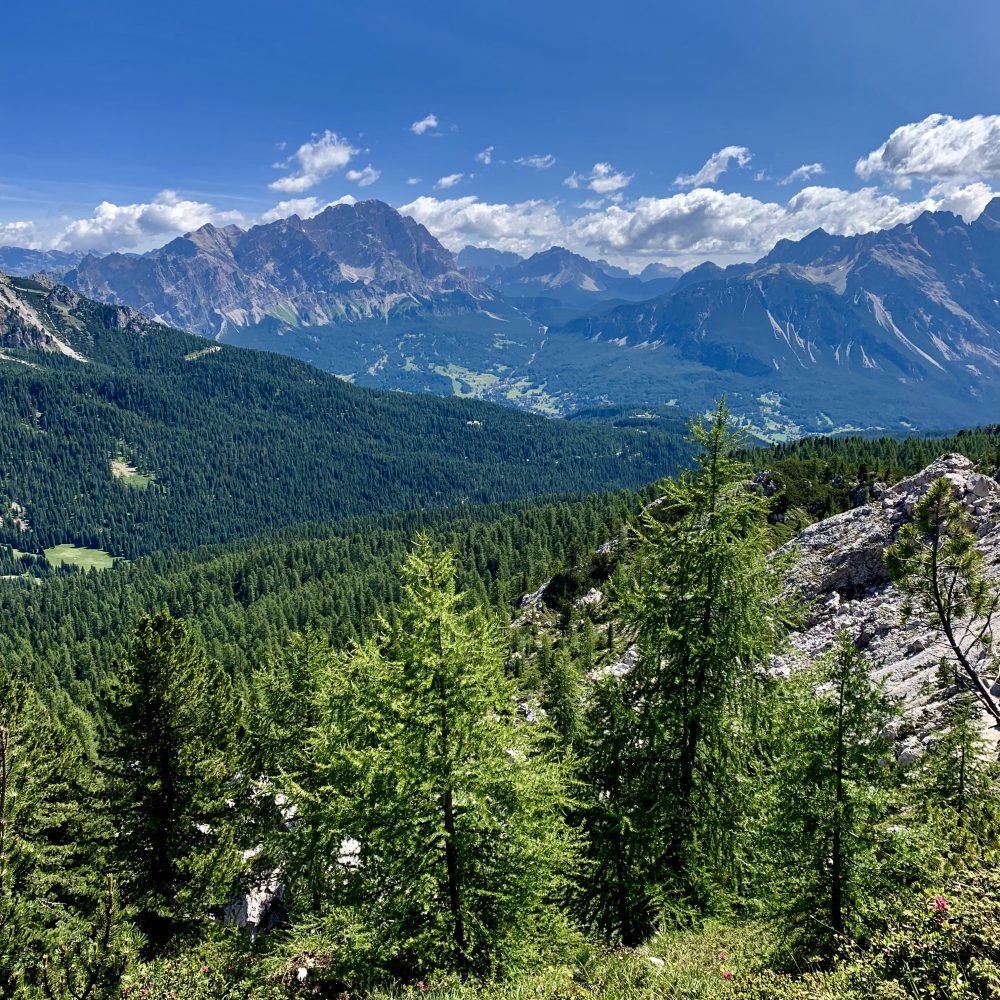
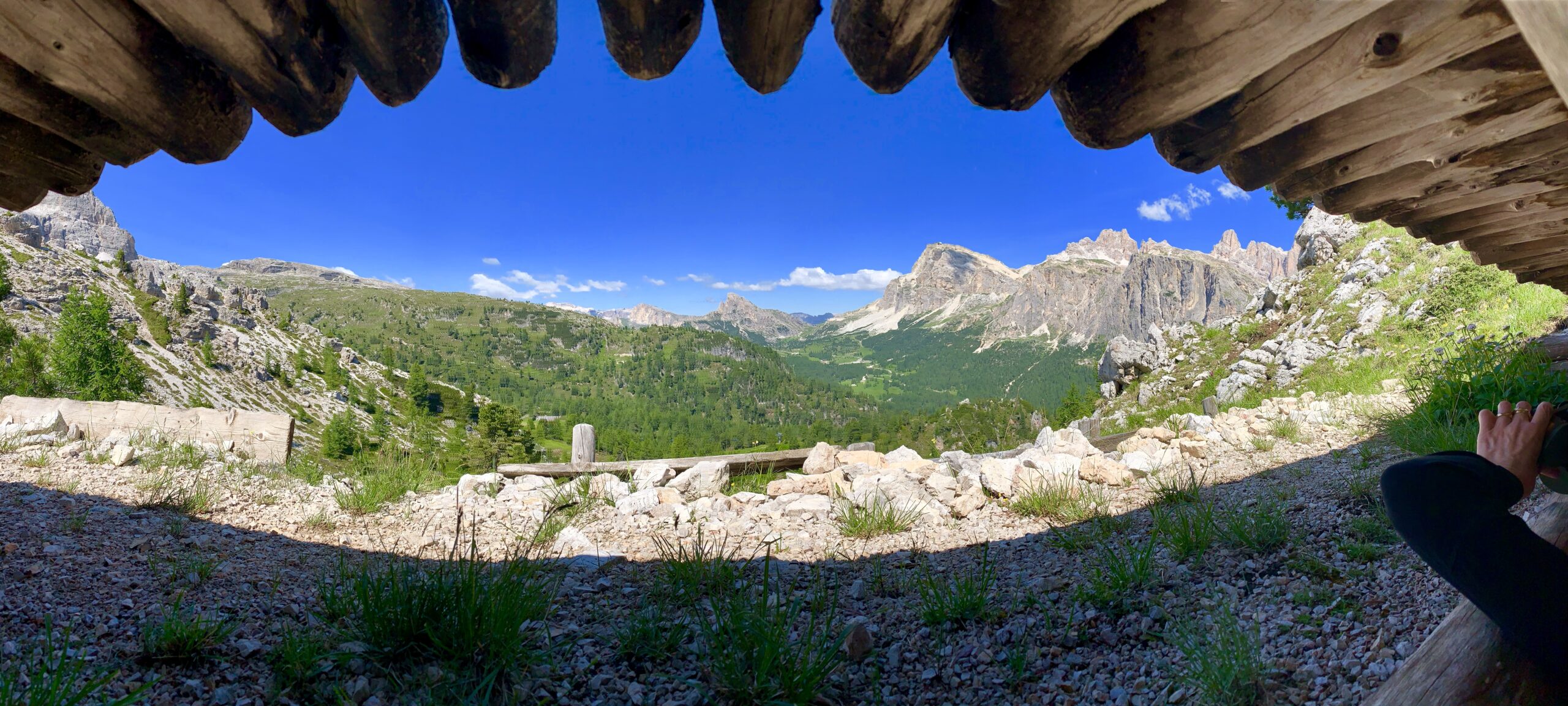
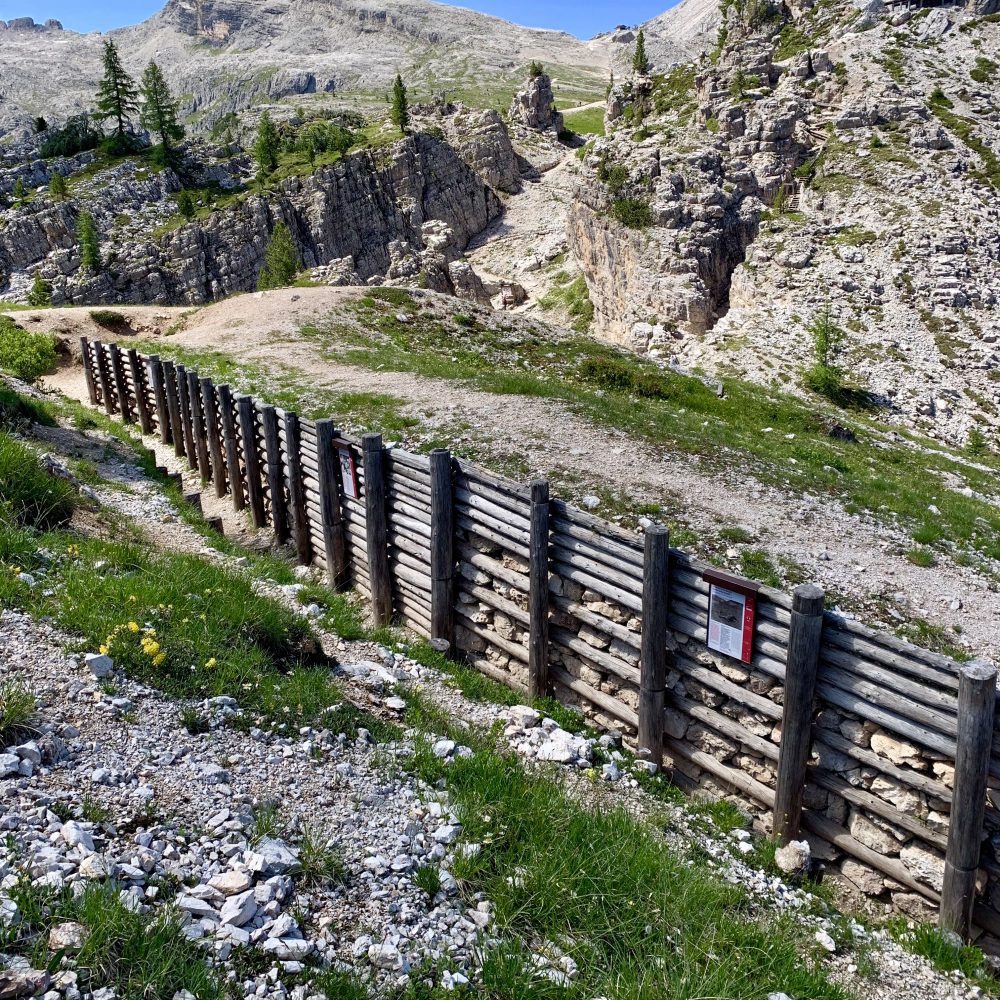
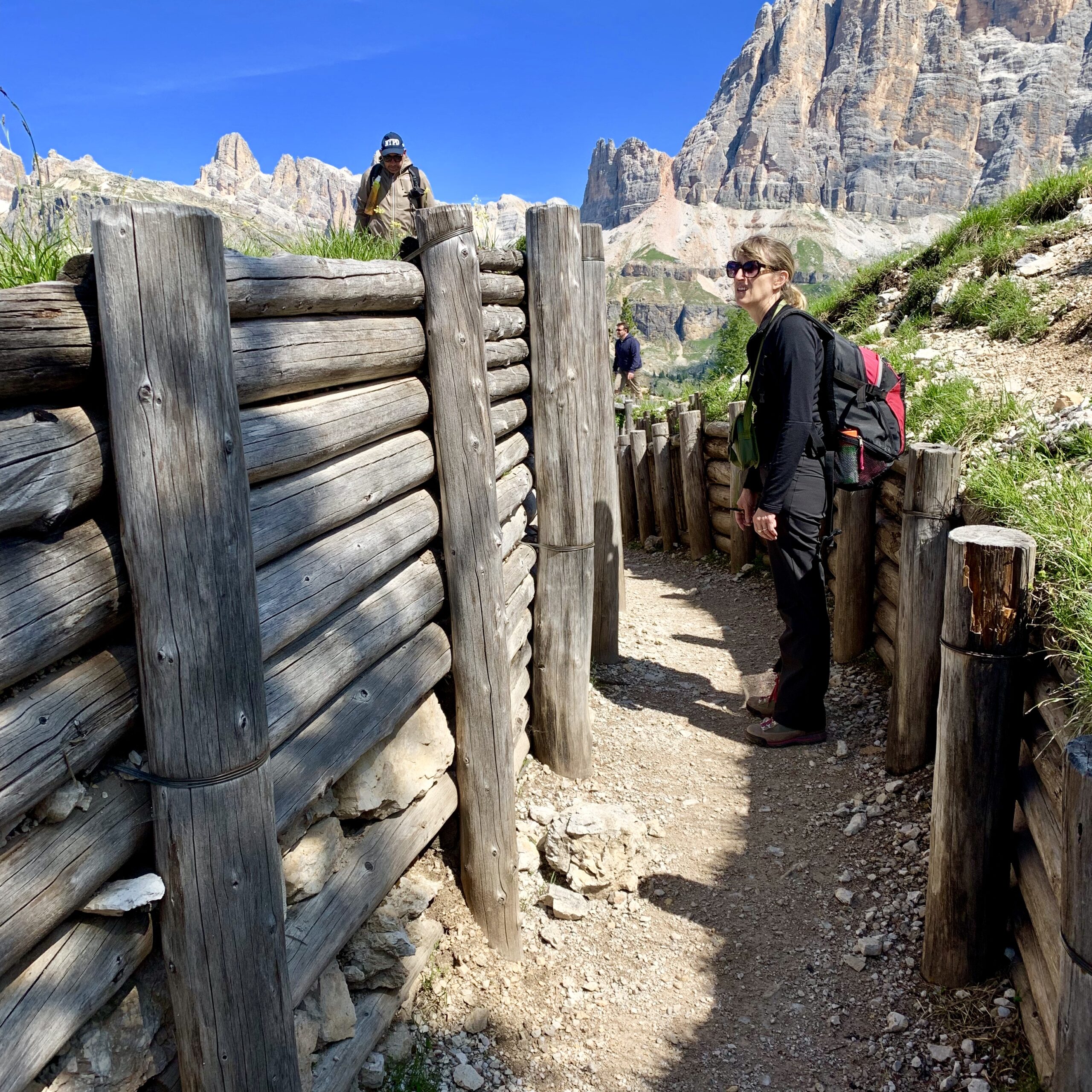

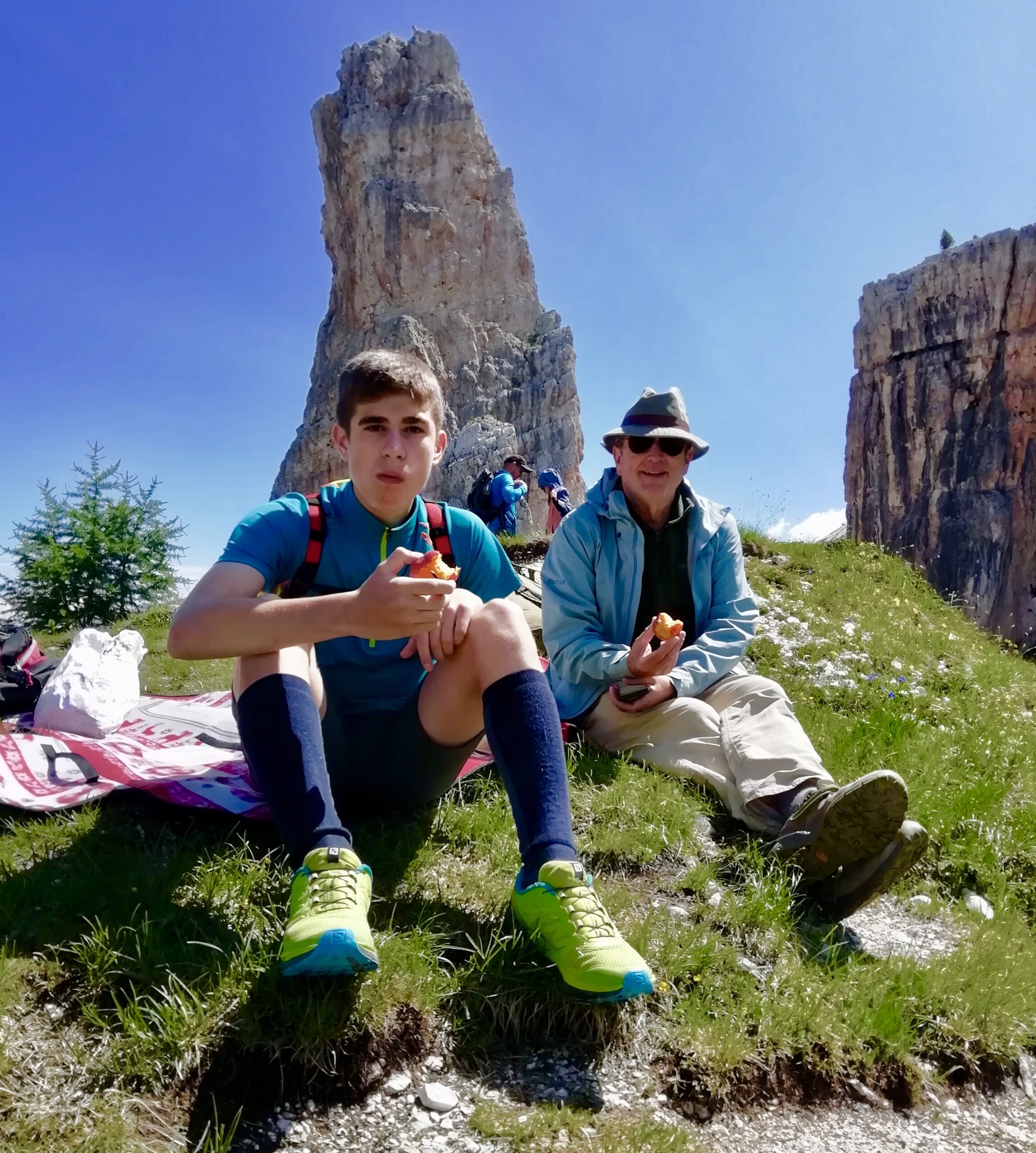

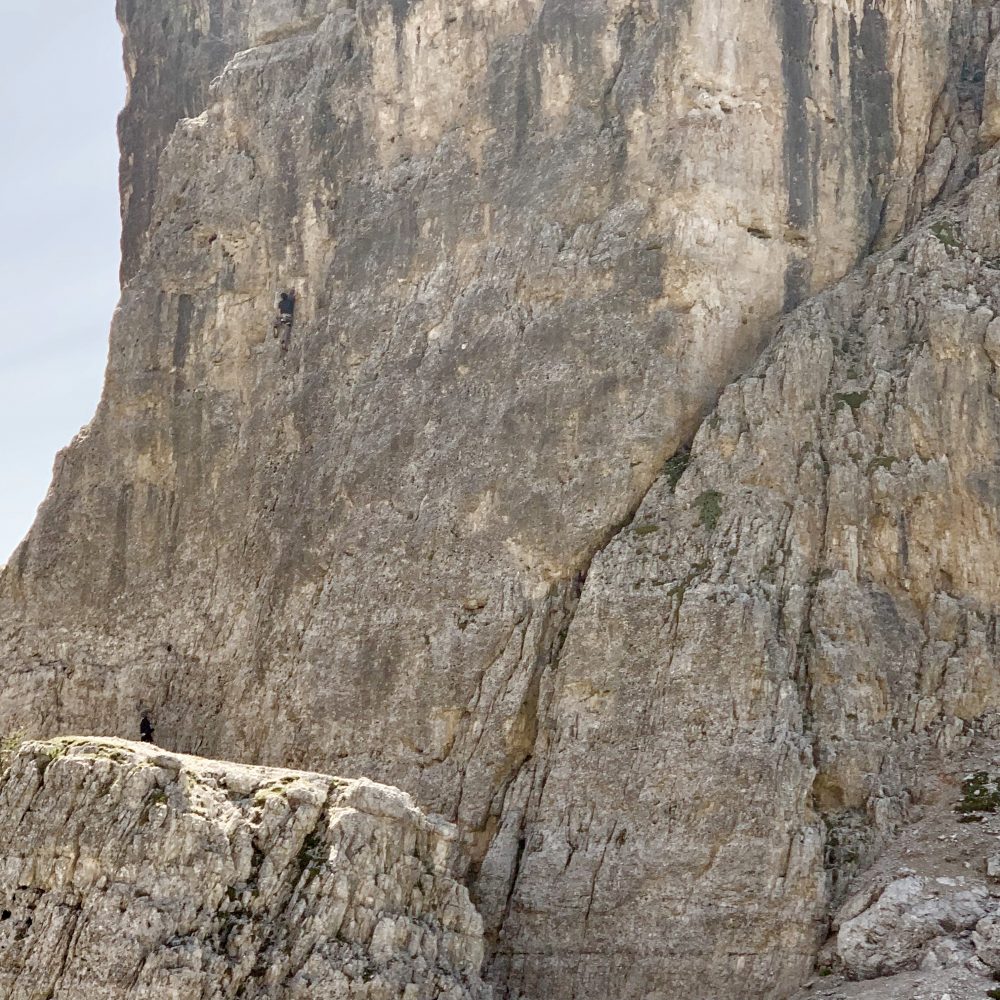
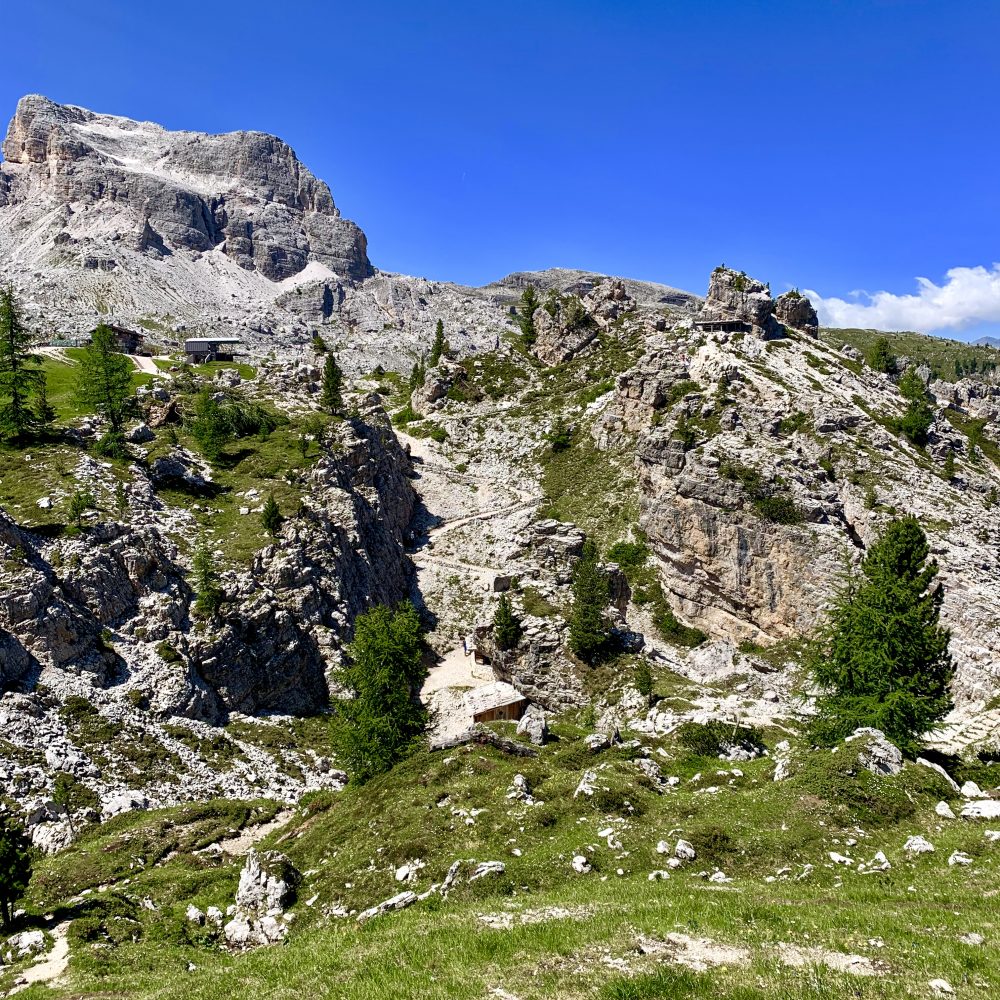
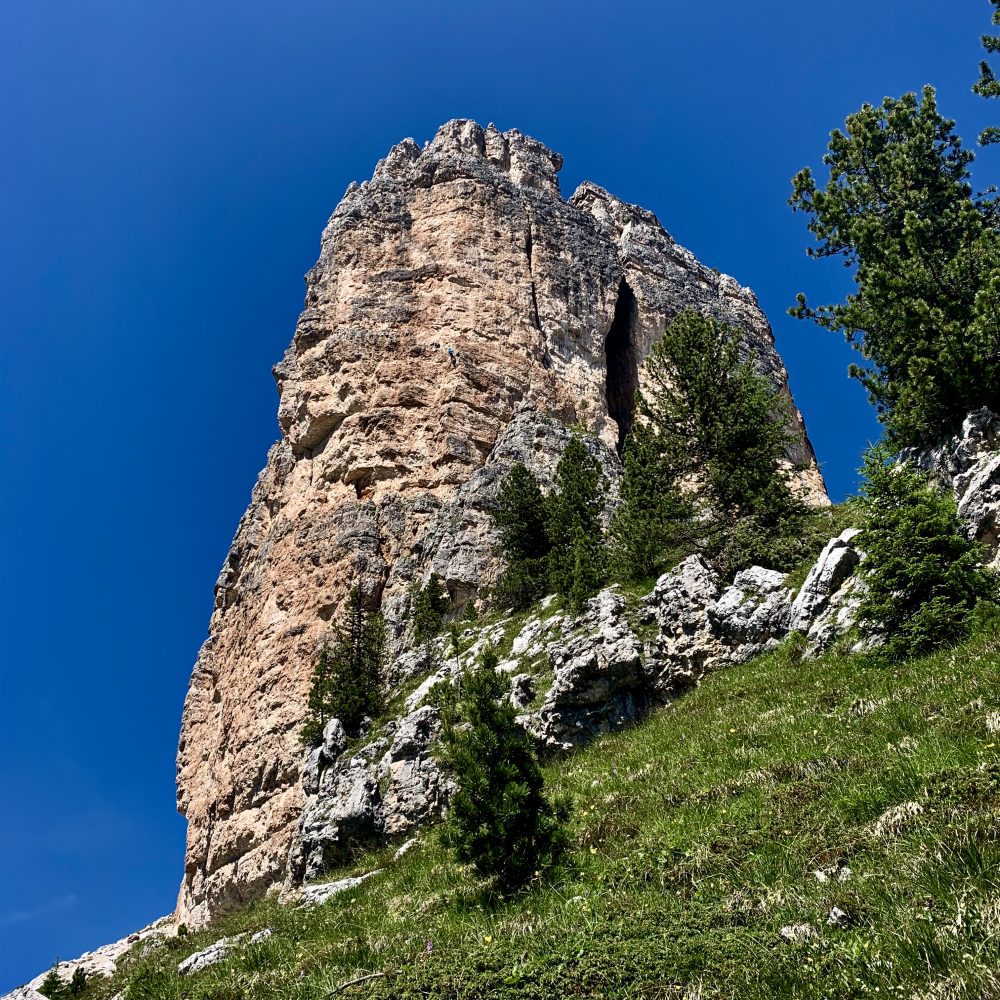
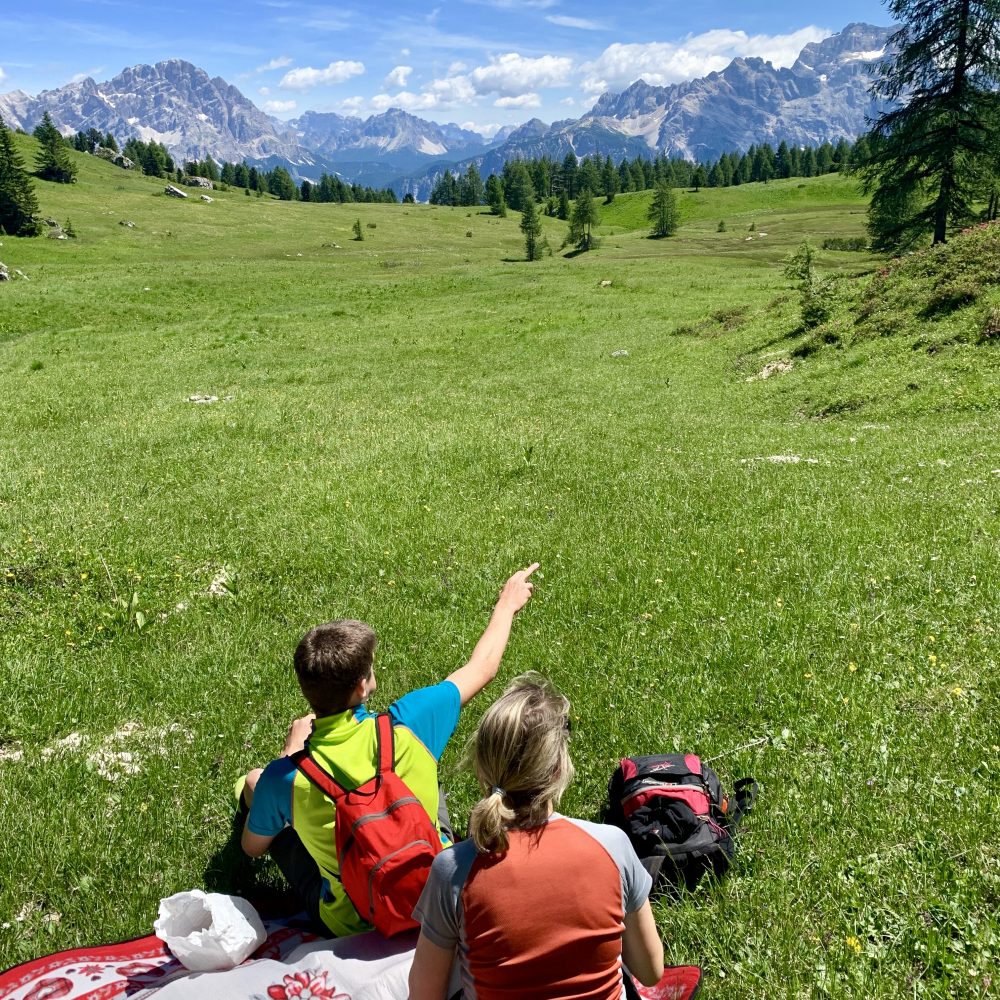

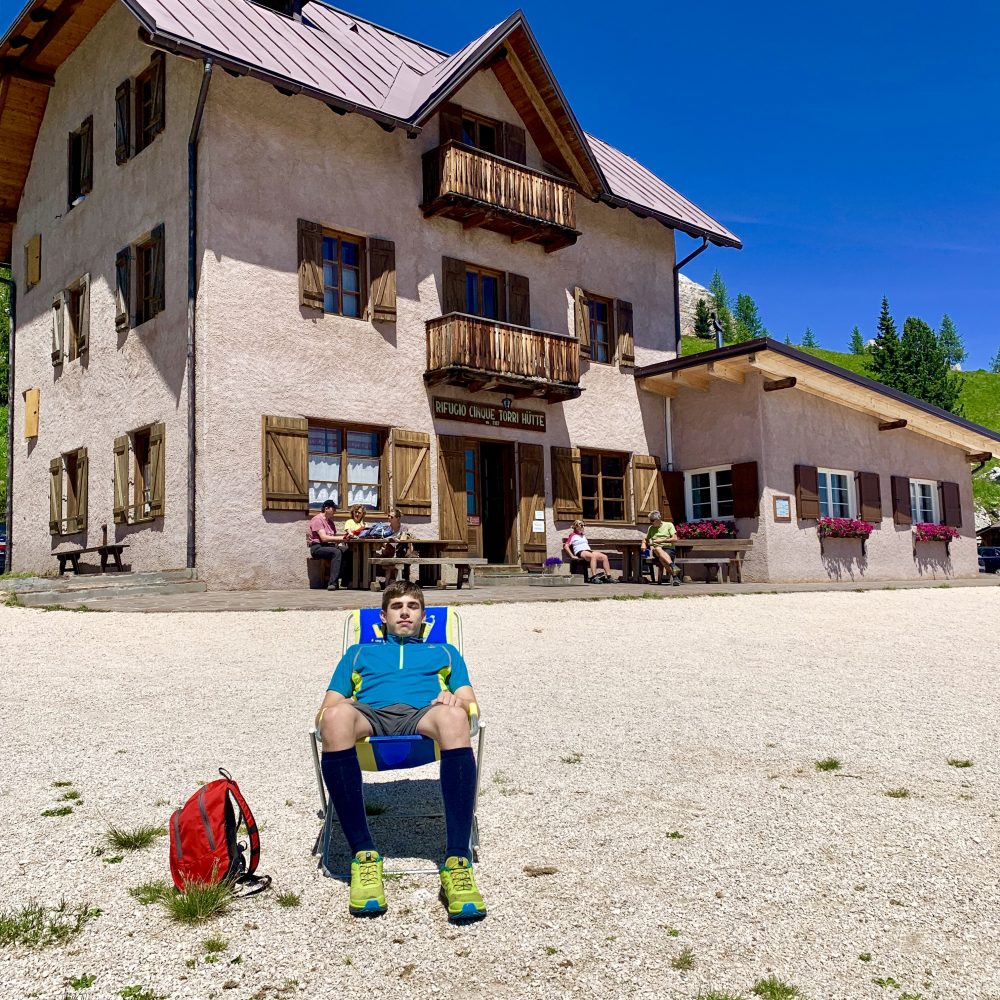
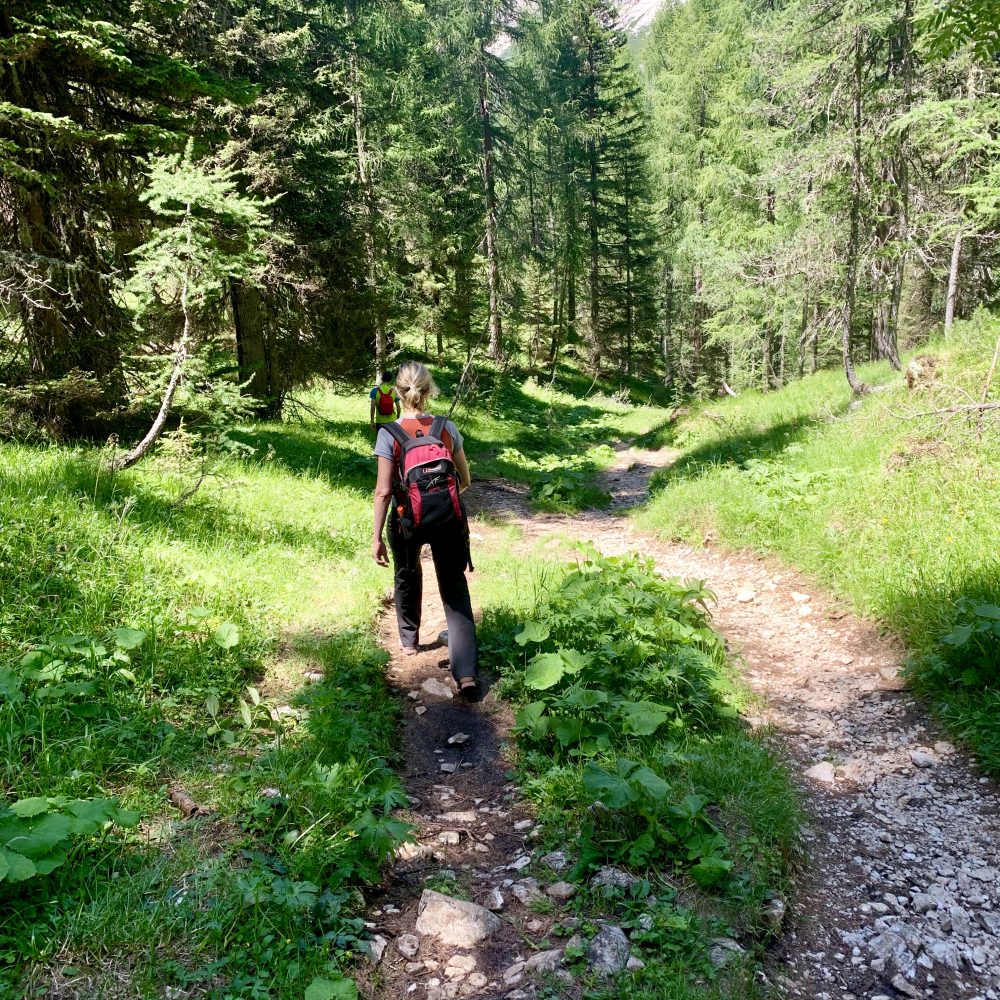
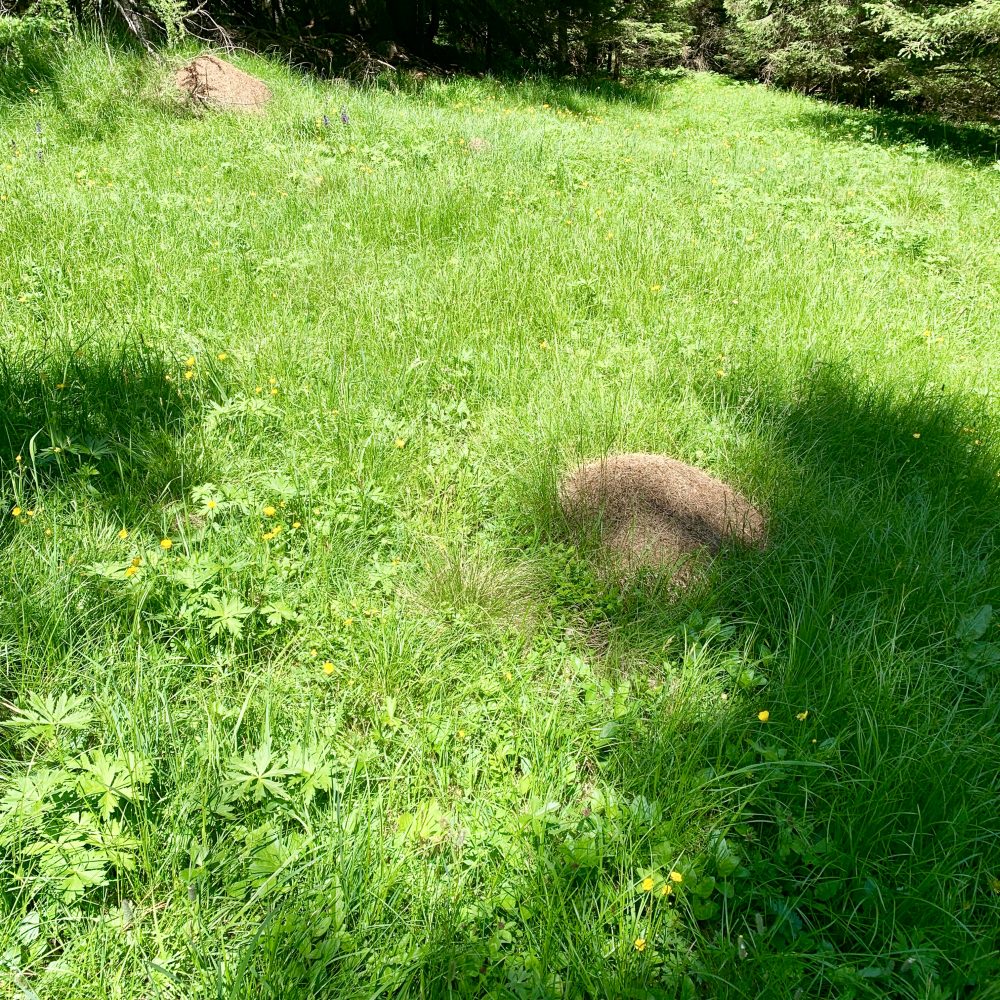
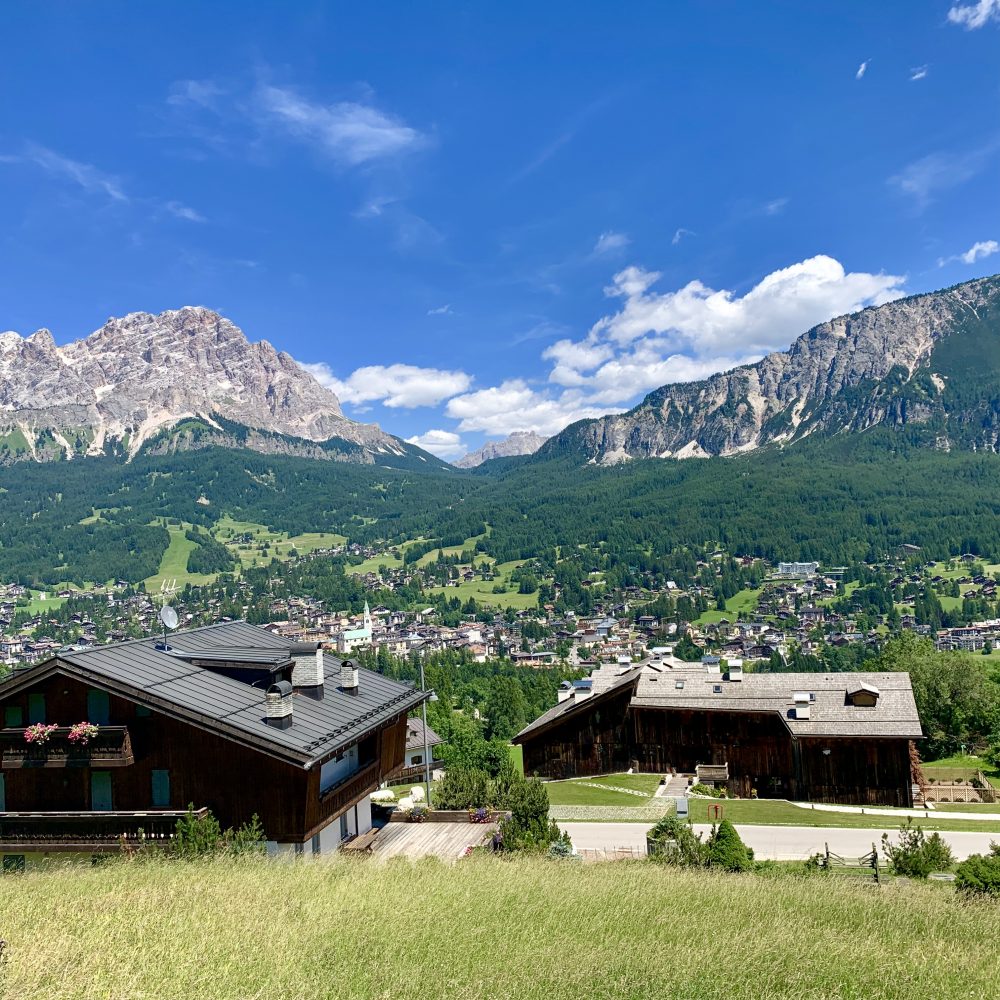
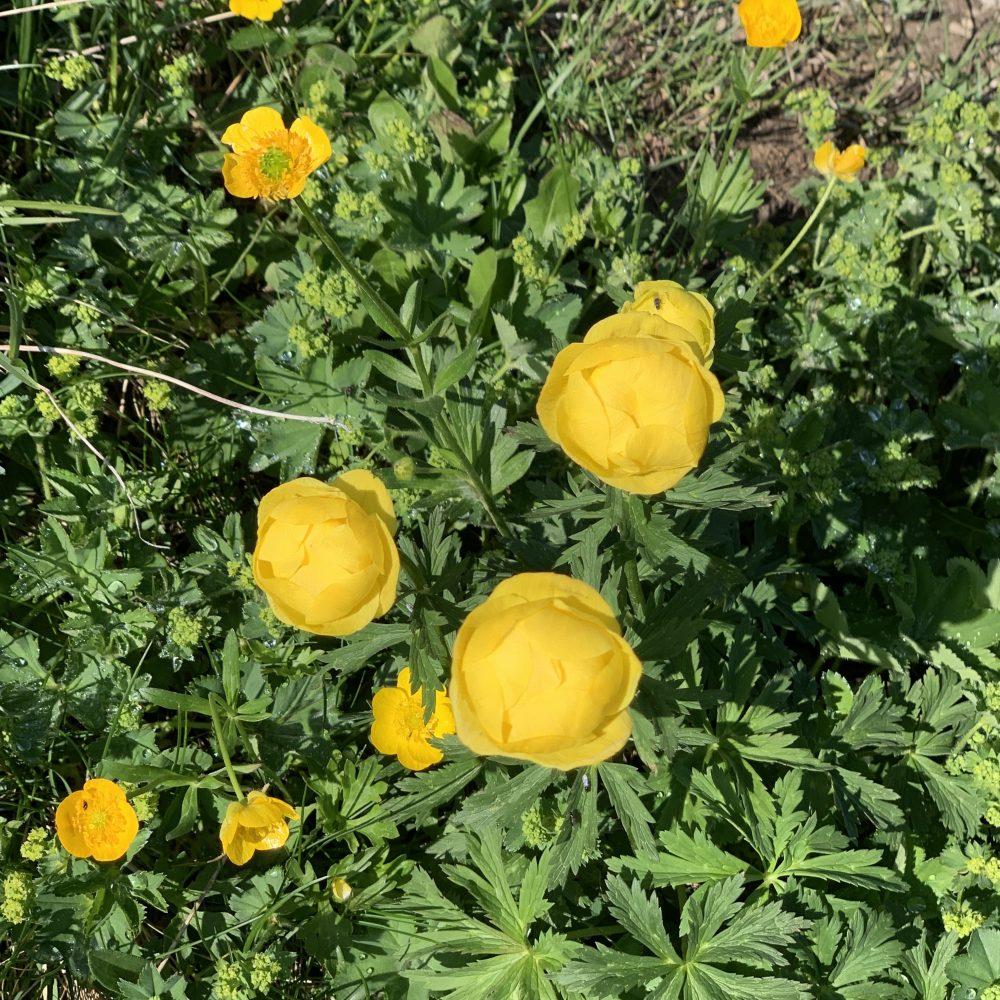
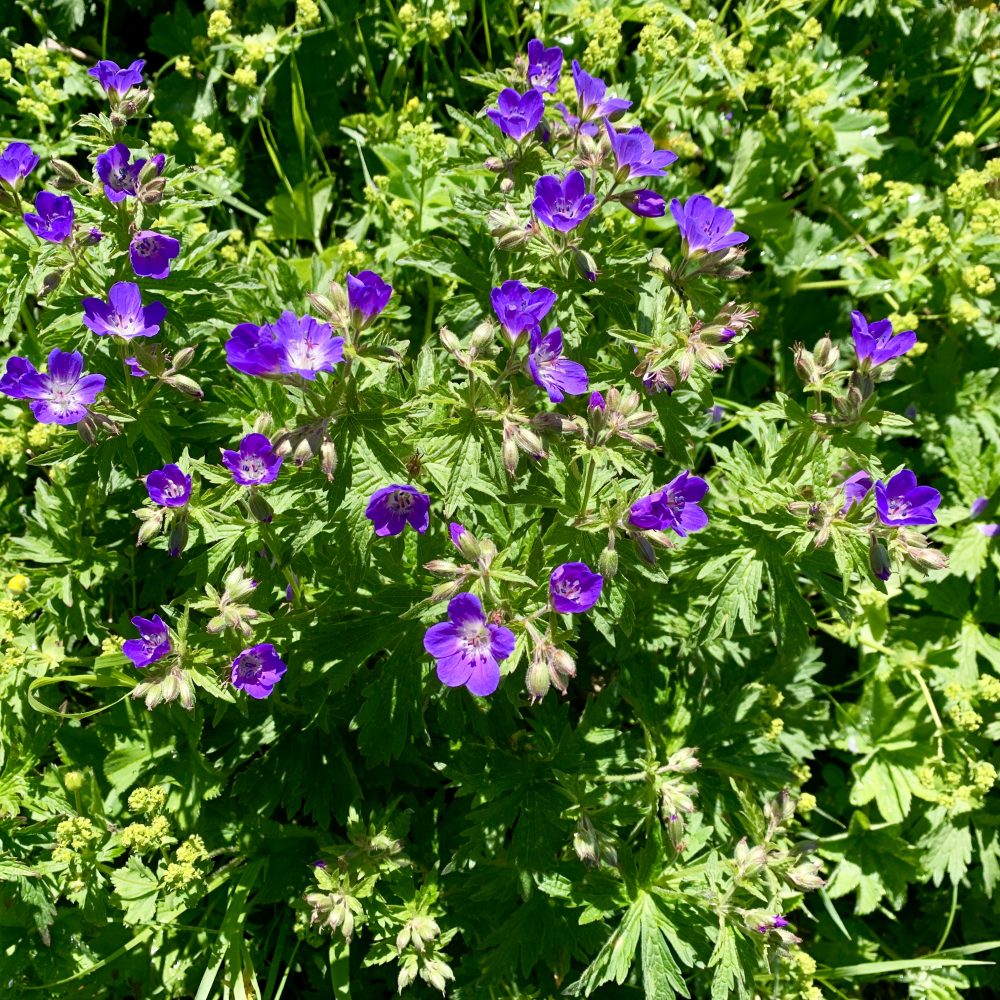
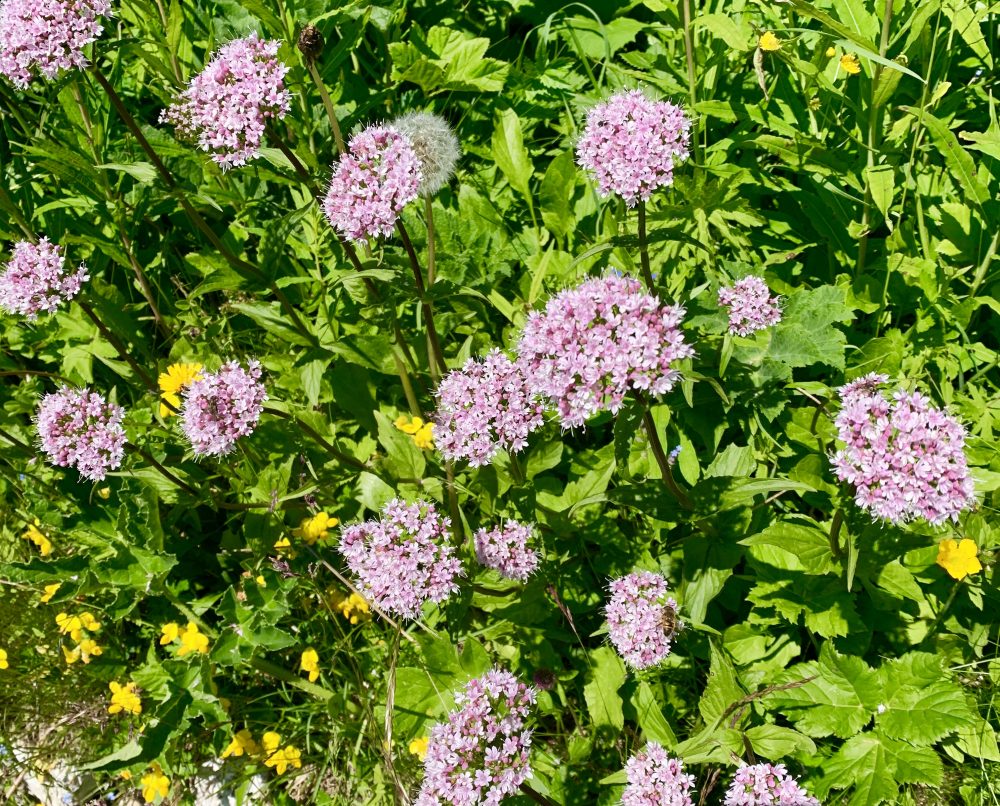
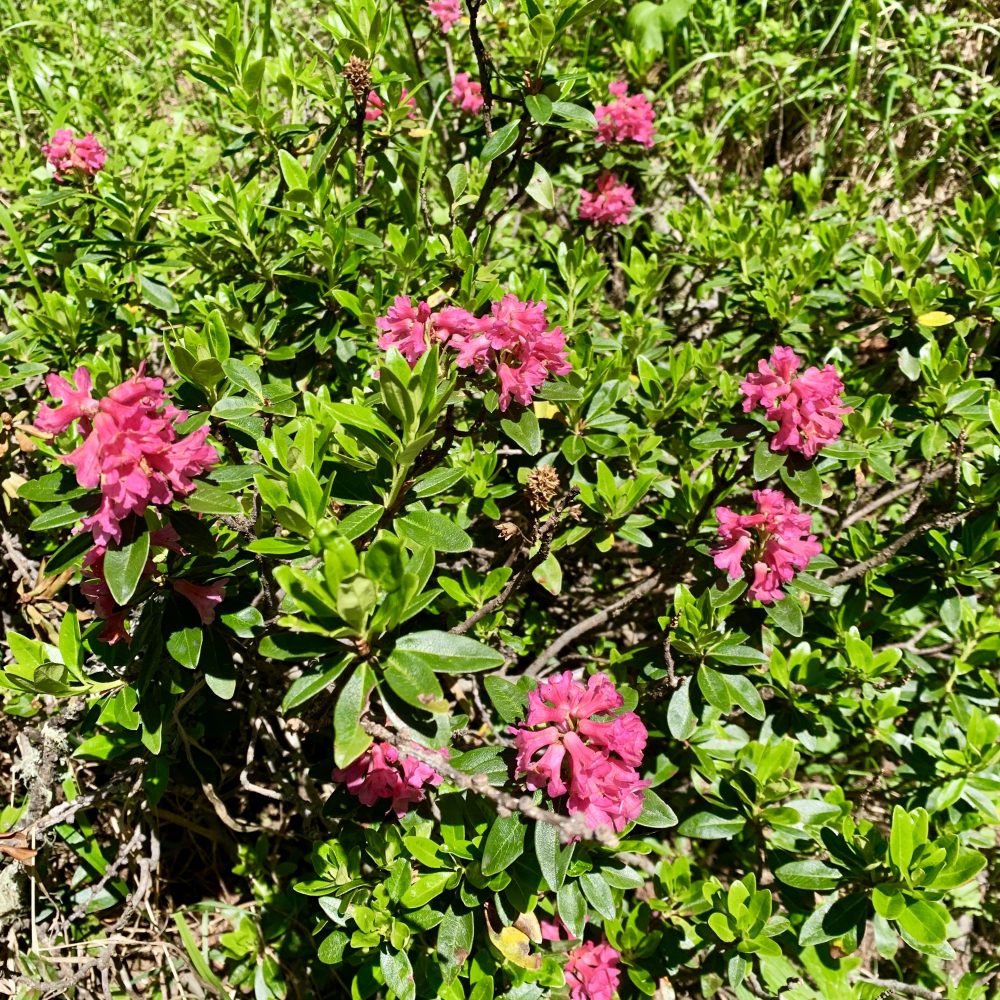
Cortina d’Ampezzo
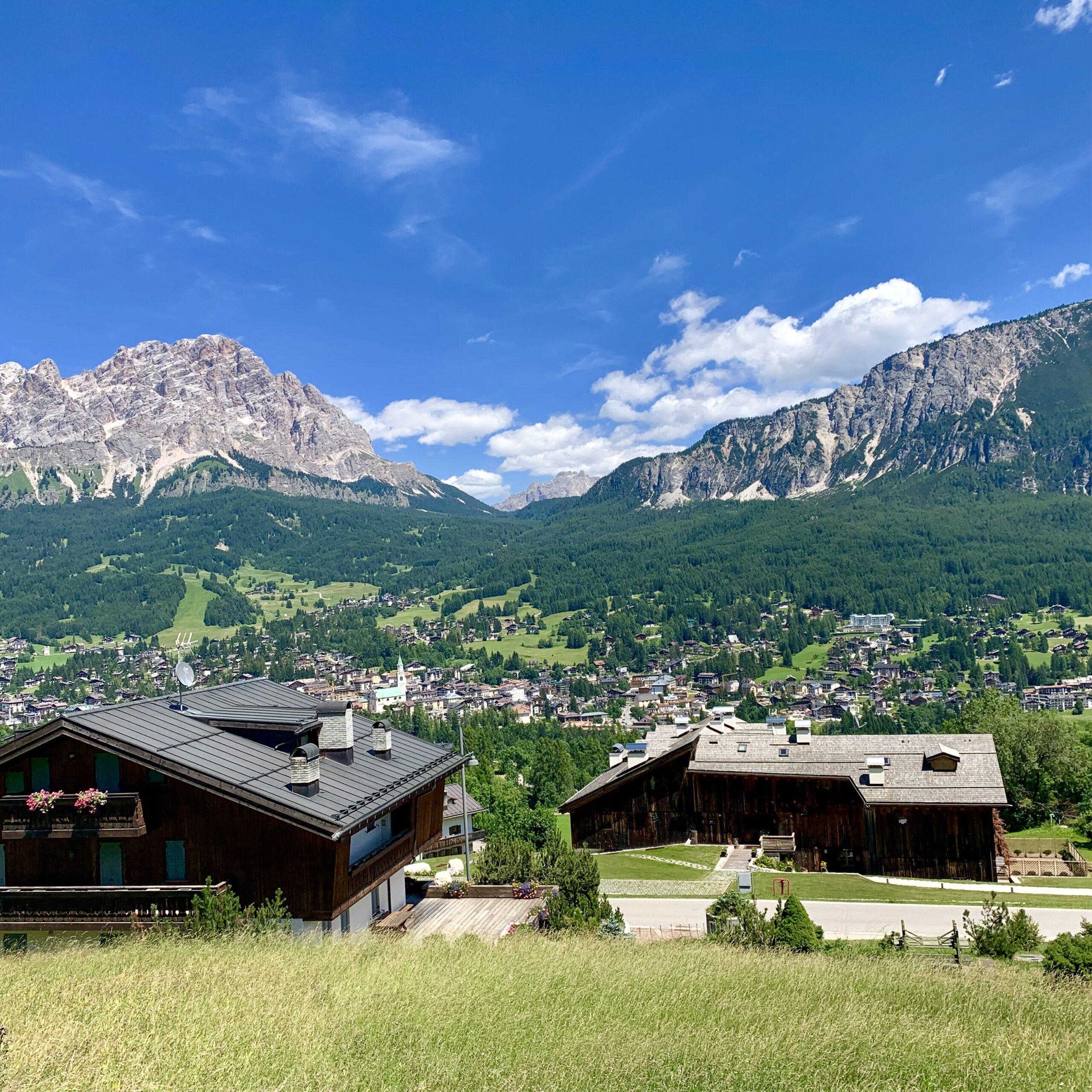
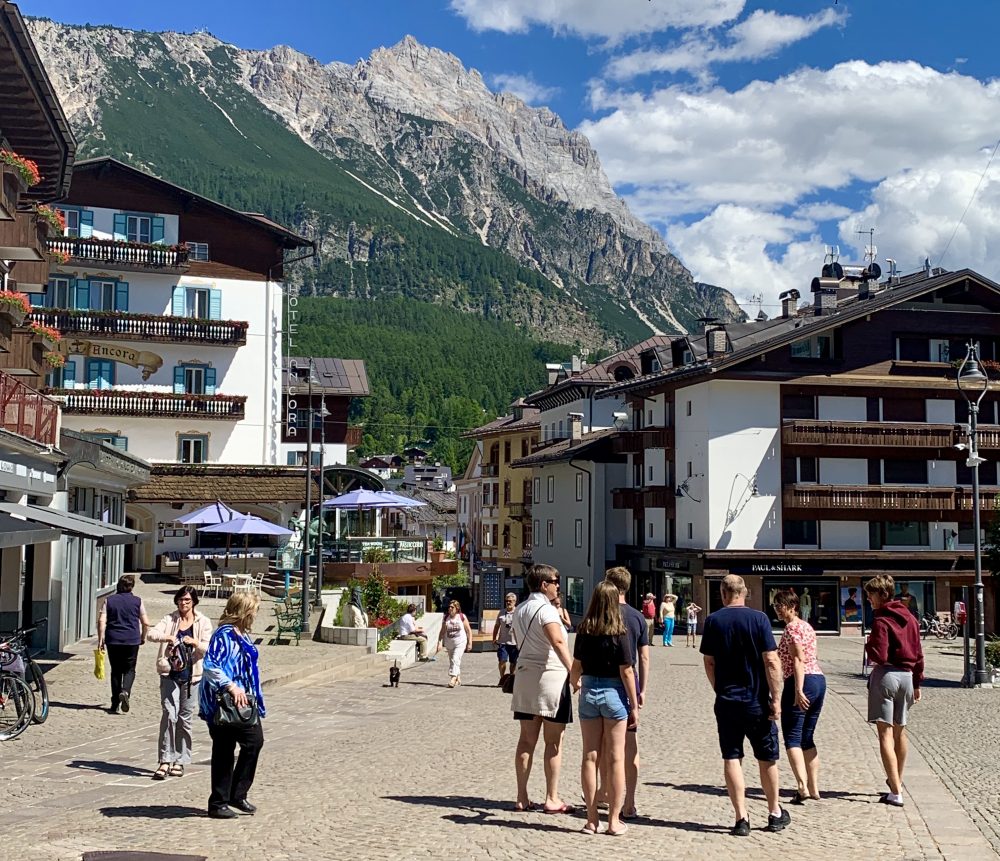
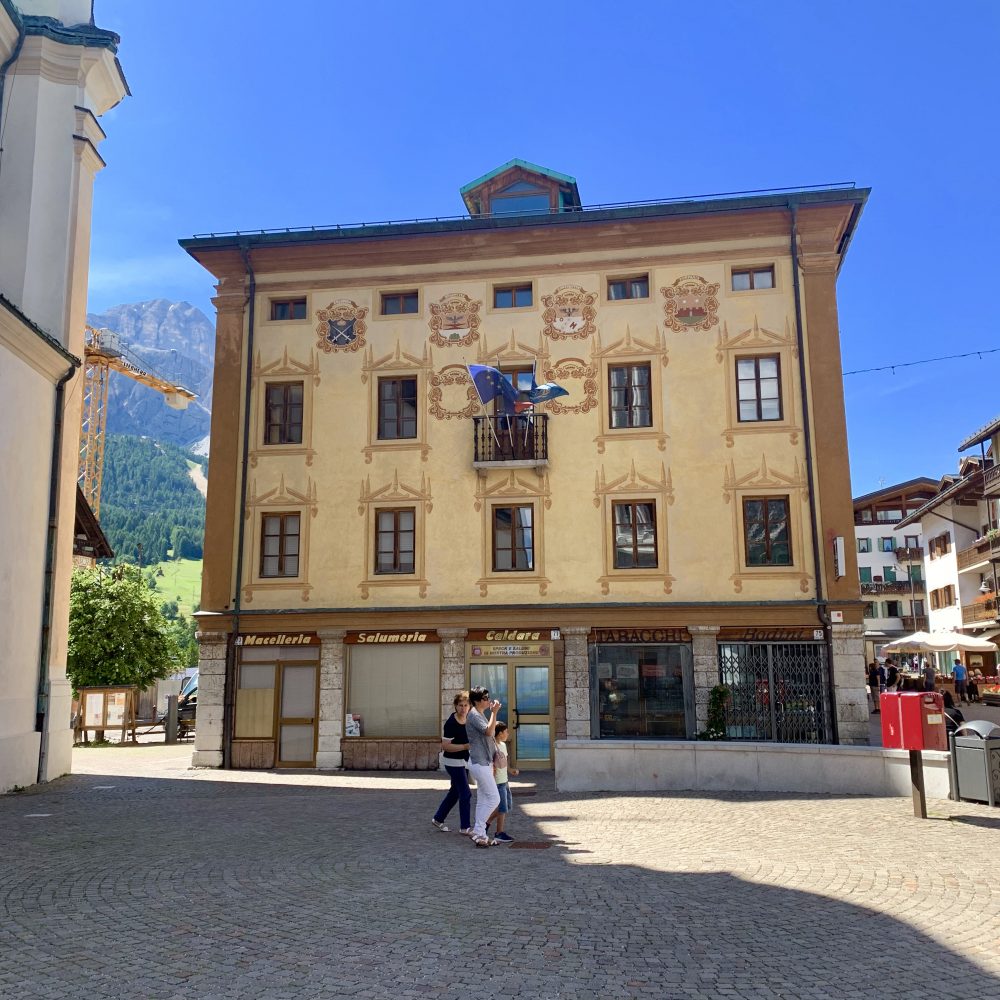
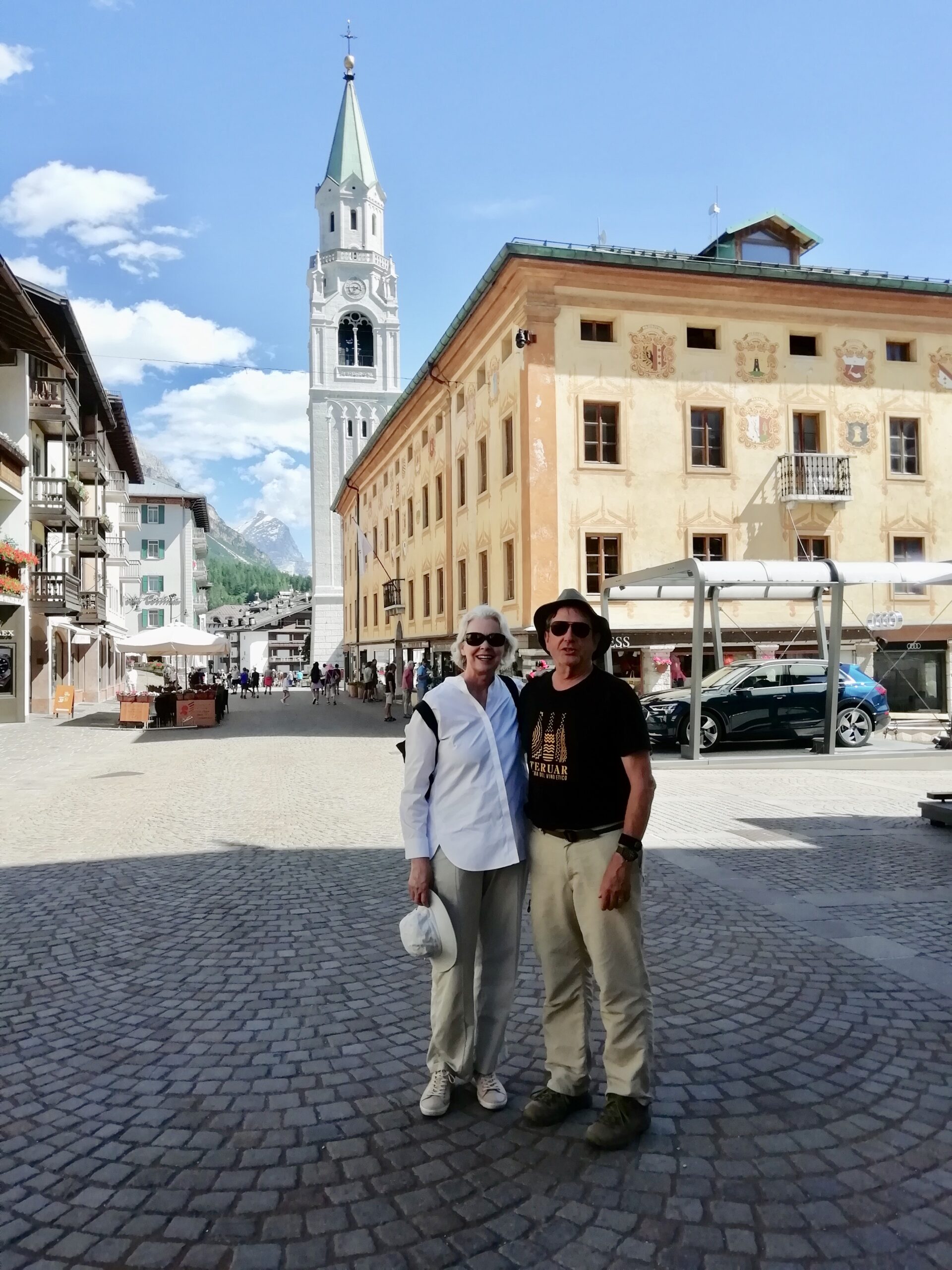
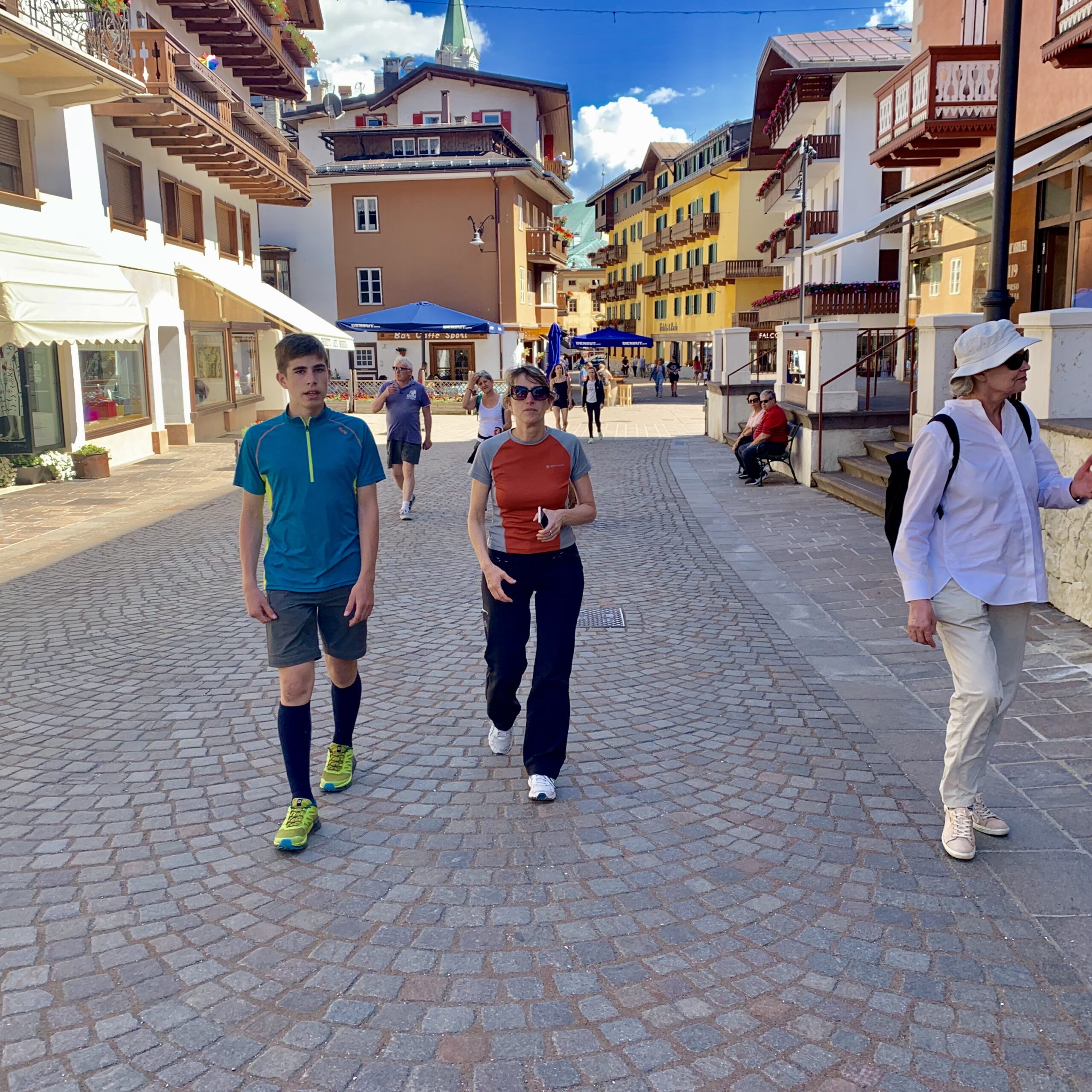
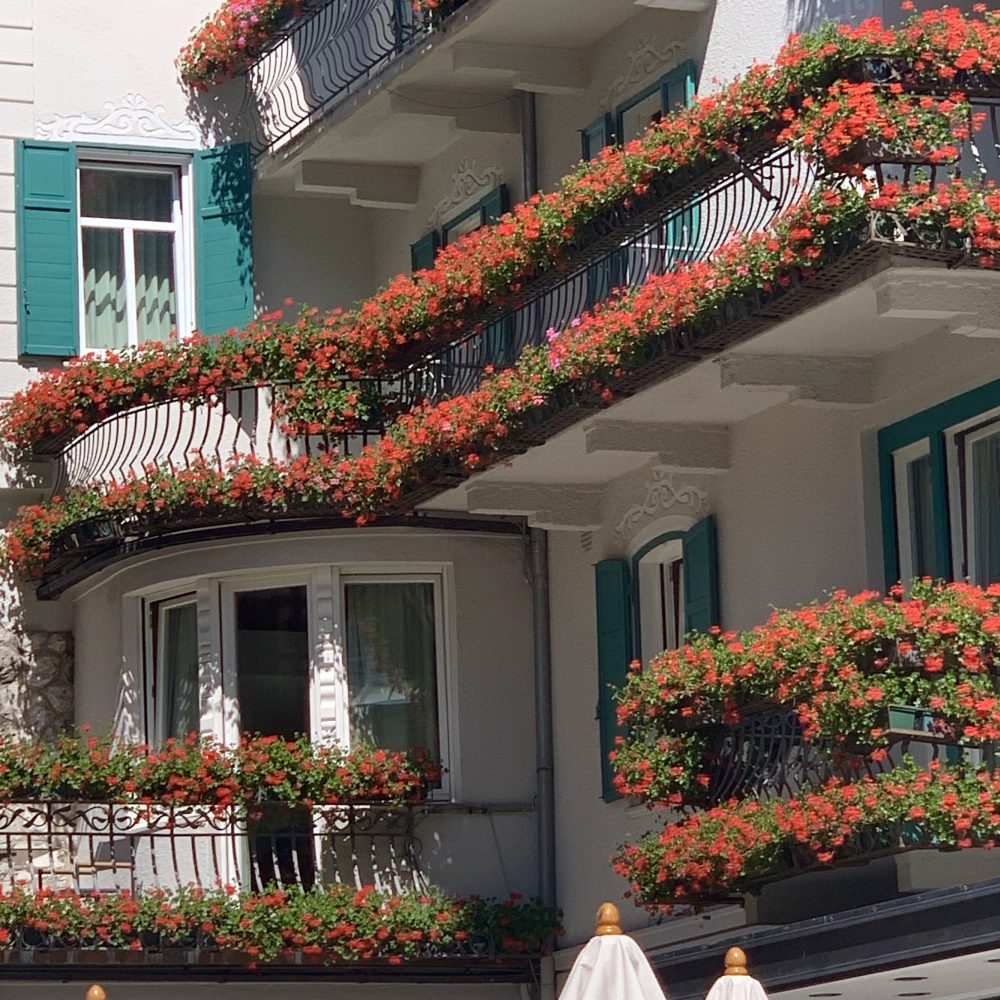
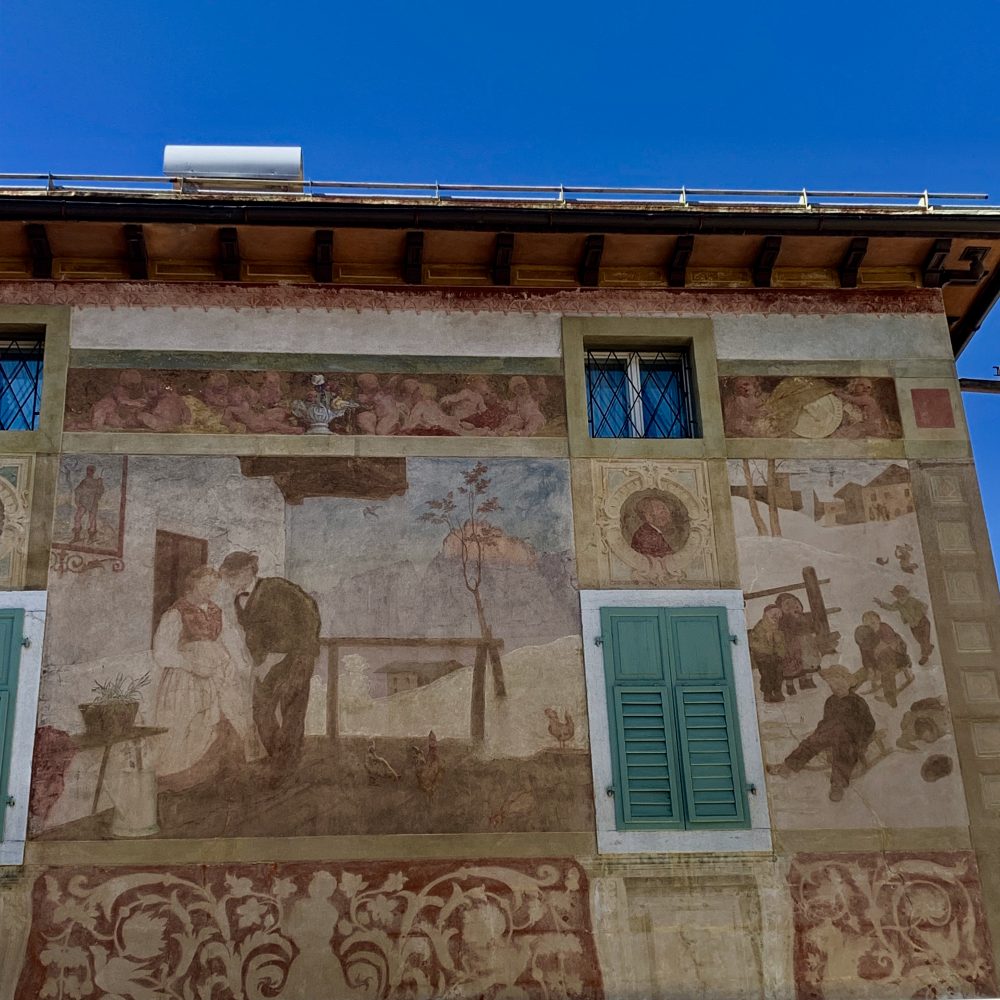
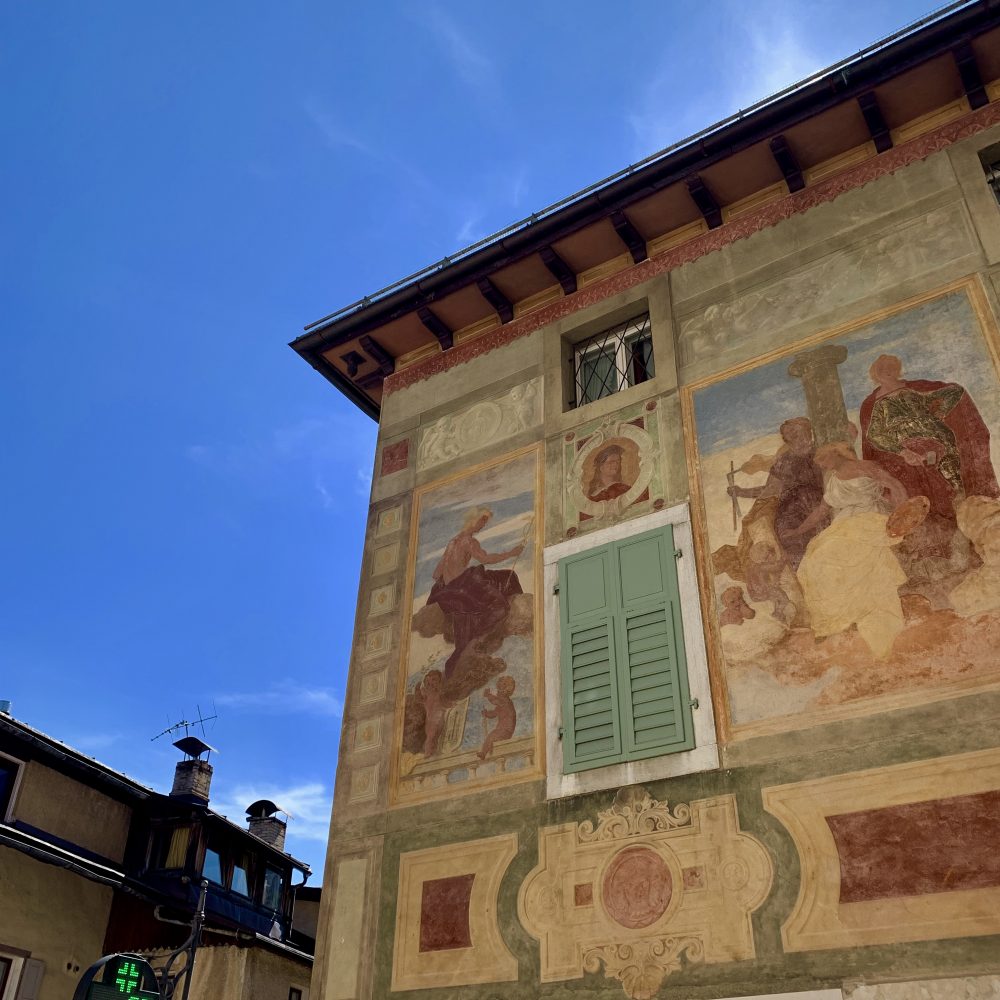
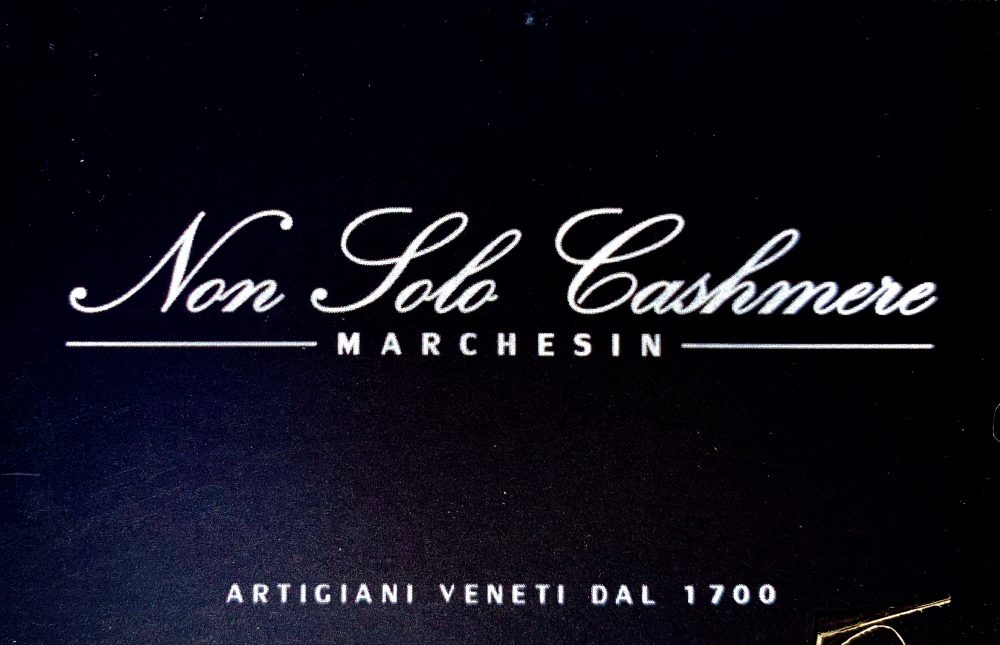
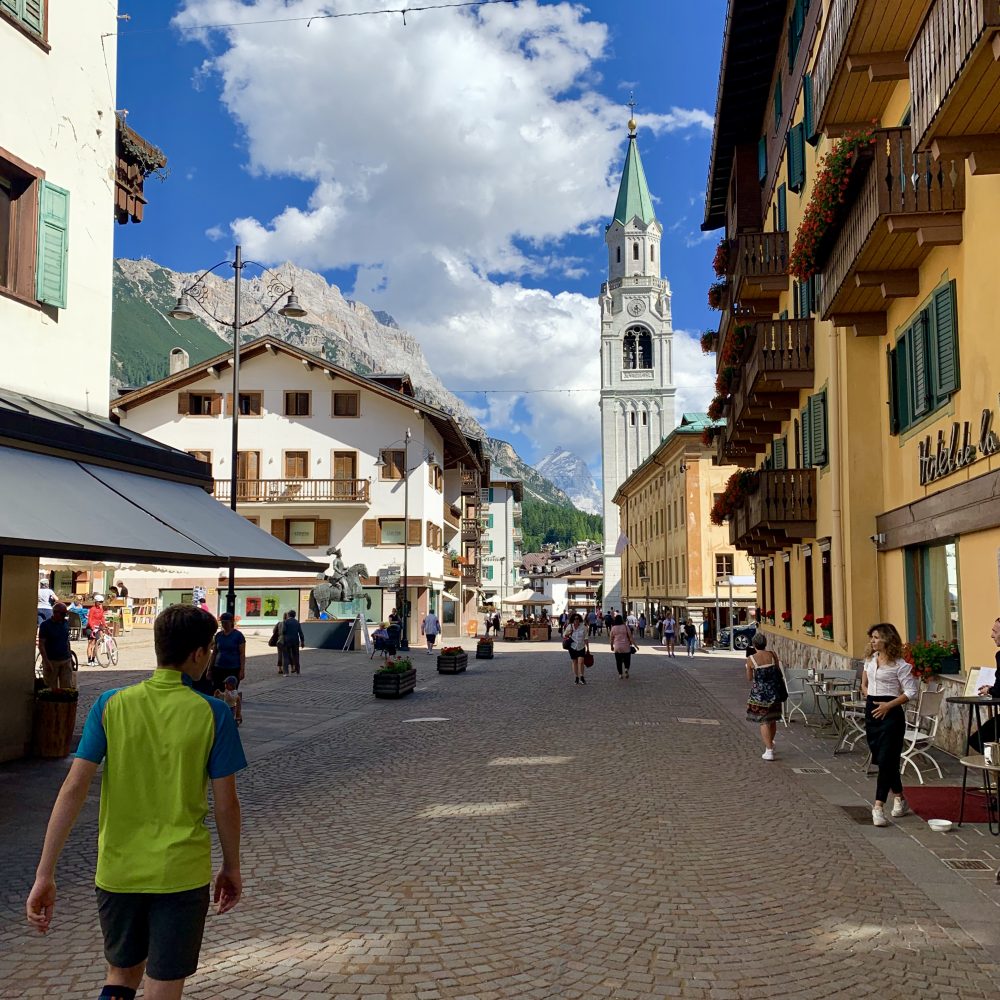
Basilica Minore dei Santi Filippo e Giacomo, Cortina
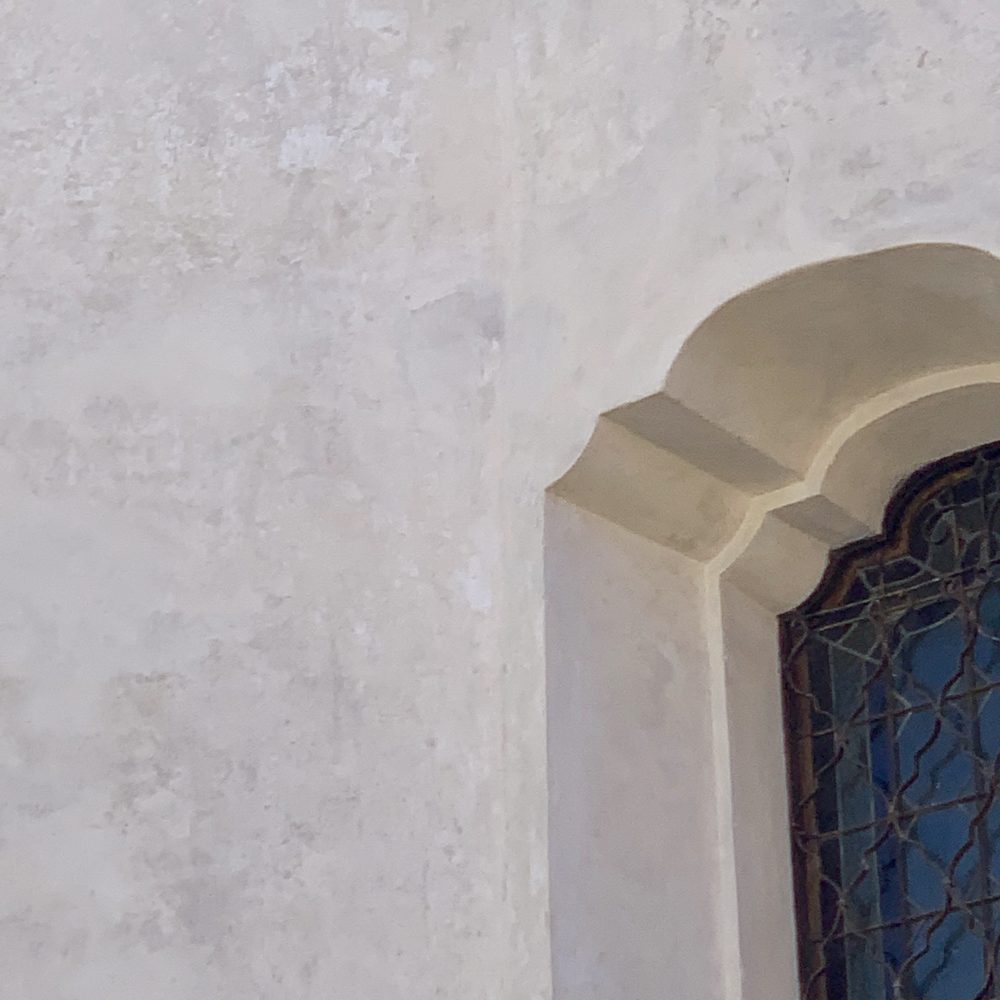
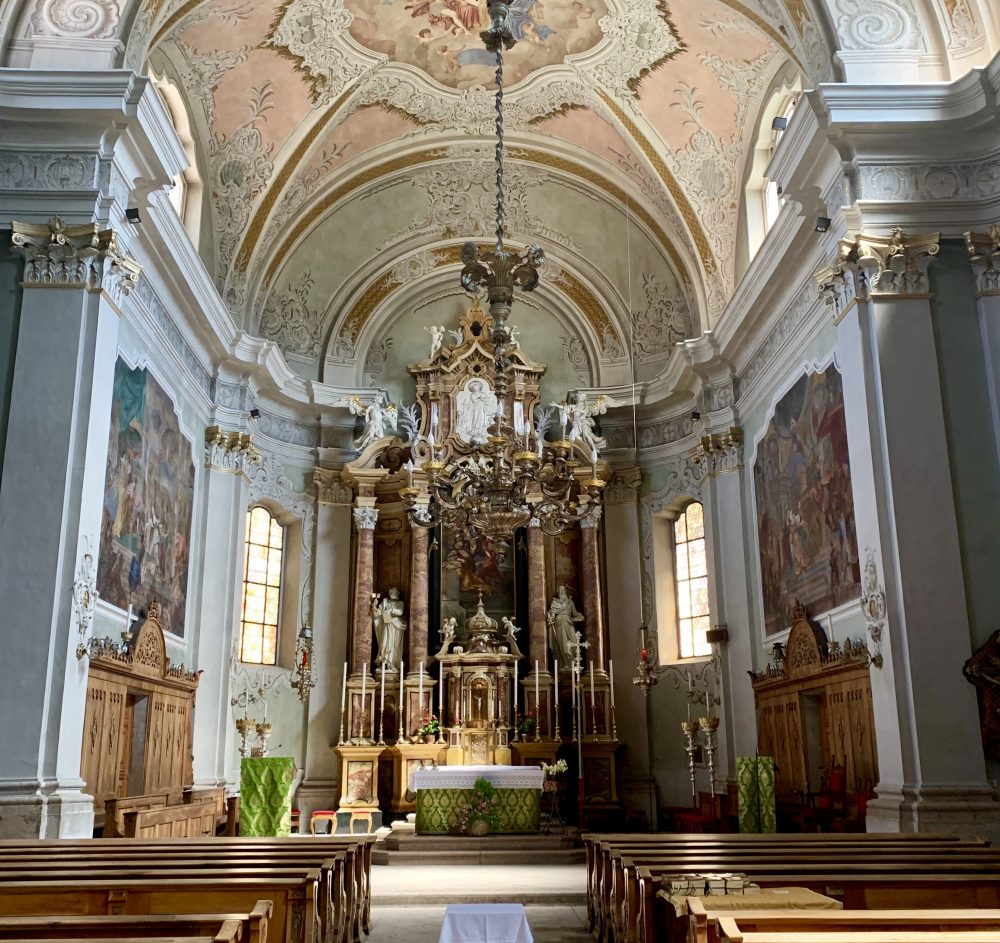
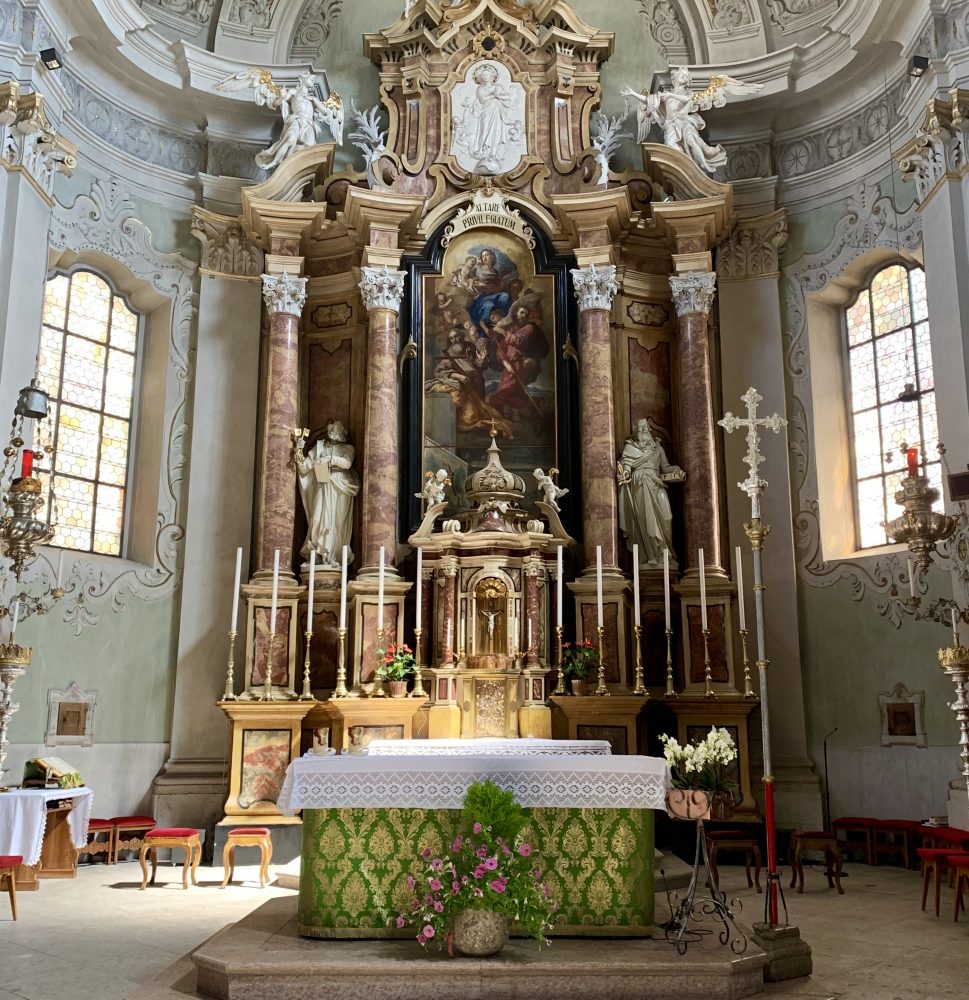
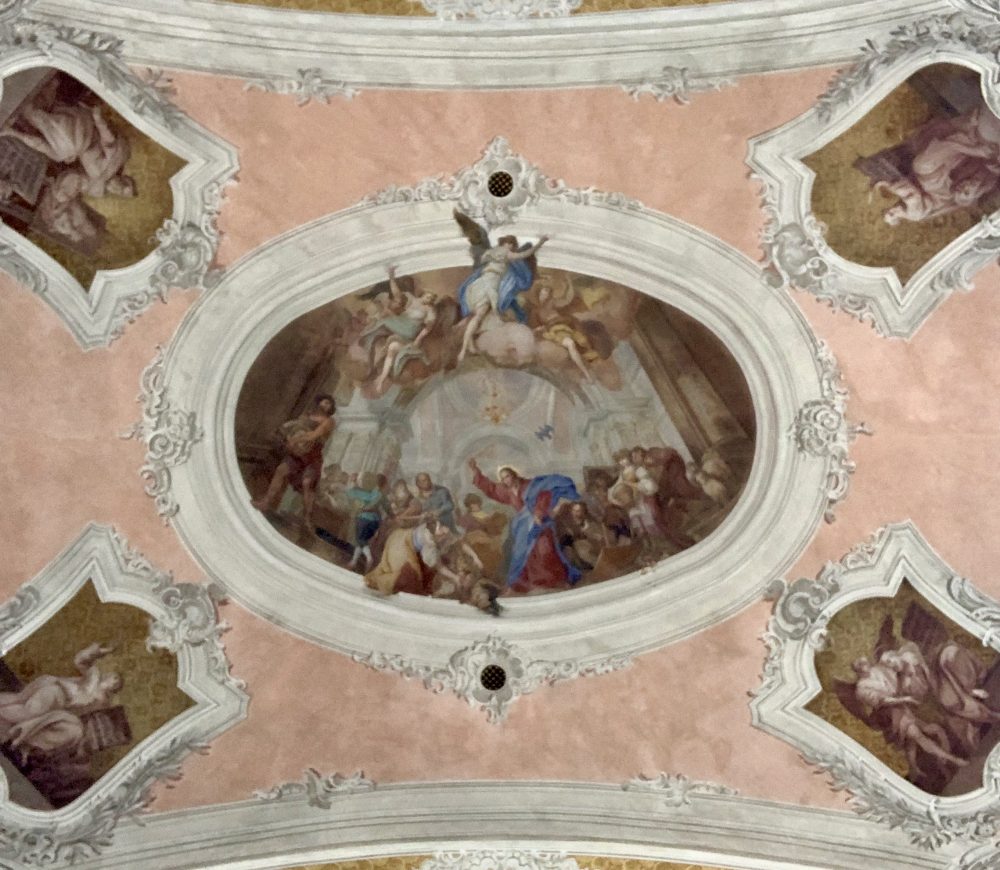
San Vito di Cadore
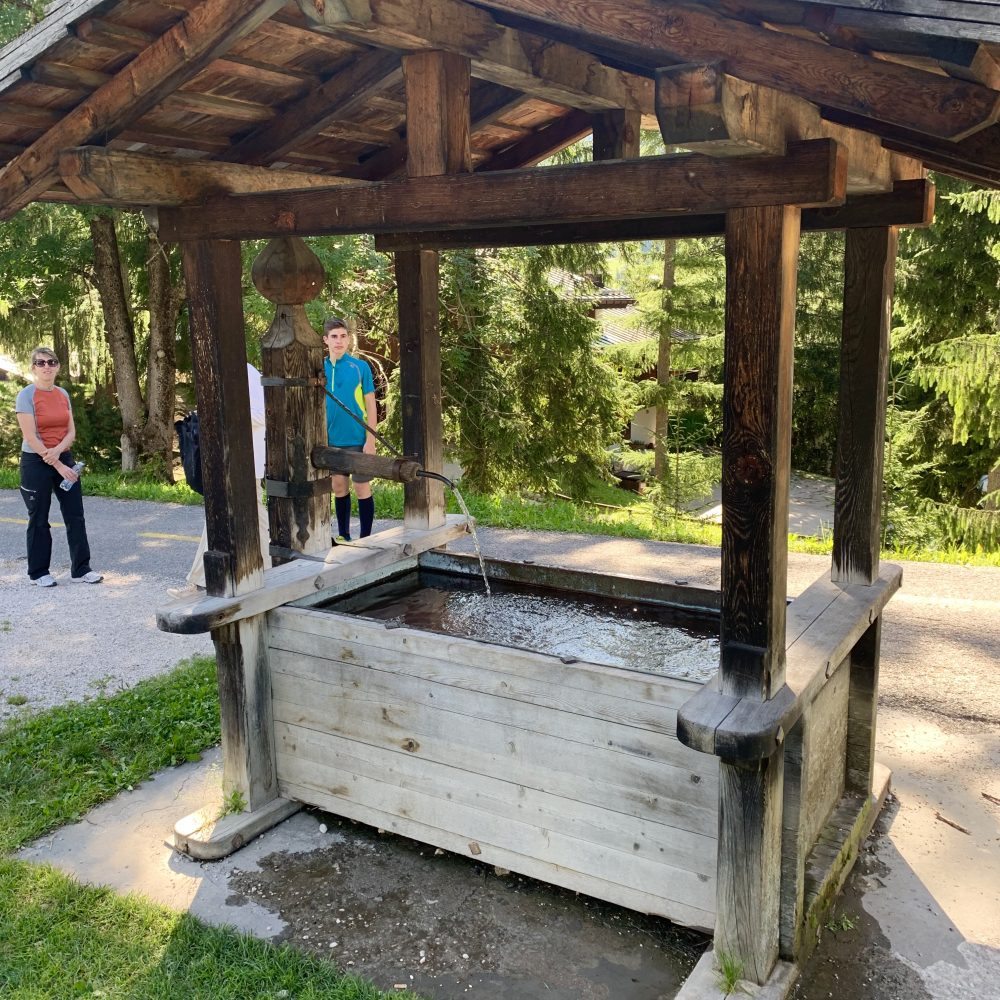
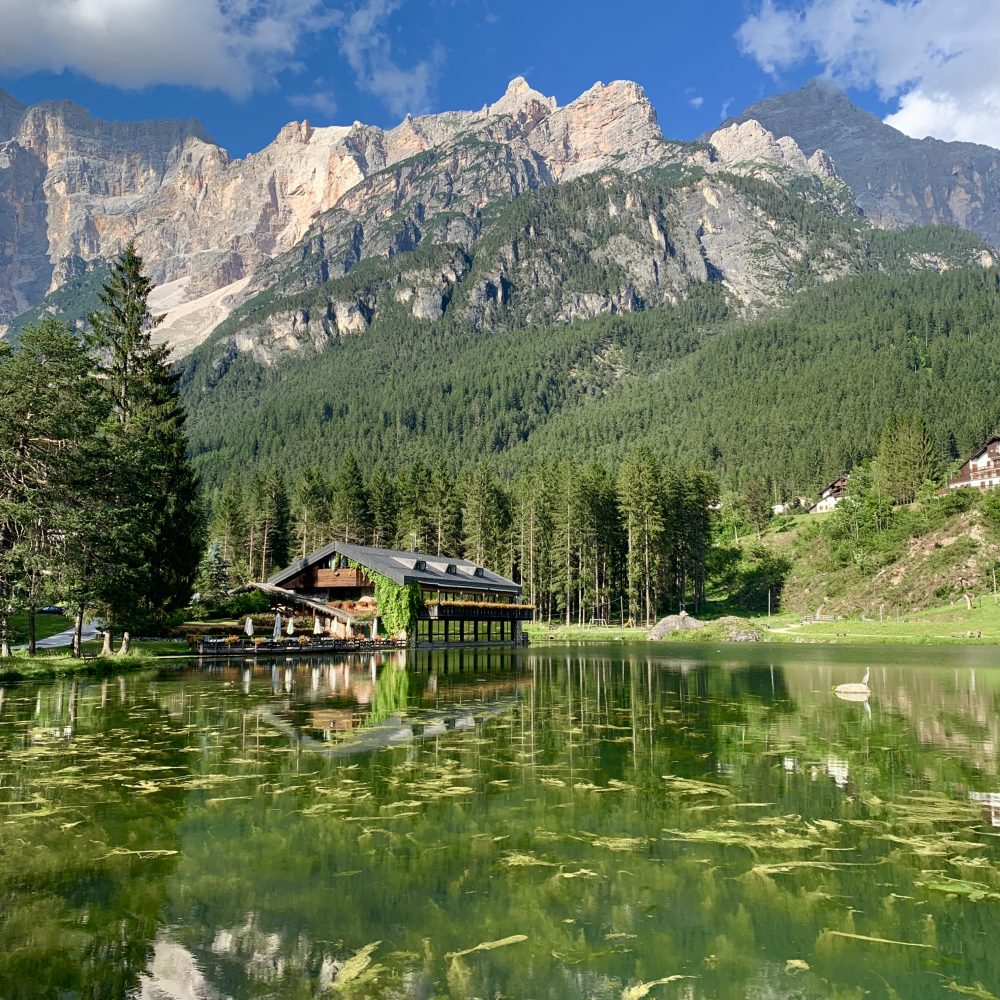
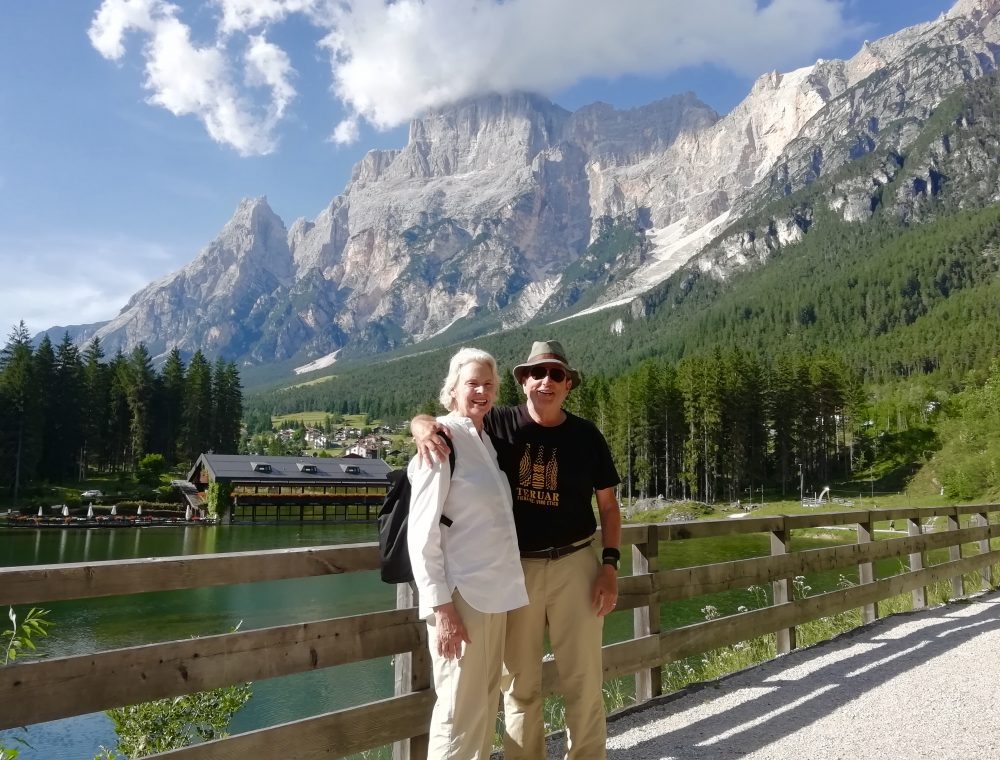
Hike 2–Rifugio Faloria
Hike number two started in the center of Cortina early in the morning. It is amazing that you can be in the center of town, park the car, get on a ski lift, and within a few minutes be on top of a mountain at 2,123 meters—6,695 feet. Only two other people were in the car—a German couple outfitted for mountain climbing with ropes.
The rifugio at the top was the one that offers yoga classes. It was next to another lift that took skiers farther up to access runs down to the road where we would eventually meet our bus back to Cortina. There was another lift there to take skiers up the mountain on the other side of the valley.
Unlike the hike the day before, this hike, while steep in places, led us through woods carpeted with grasses and wildflowers. There were signs along the way directing you to belvedere (beautiful views). And they were.
The total hike was short—a little over 3 kilometers. We had some frutti di bosco (mixed berries) and cappuccino with plenty of time to spare for our bus ride down. Picked up Bonnie in San Vito, saw a few of the sights, and had a pleasant lunch in a restaurant in a meadow with spectacular views of the mountains.
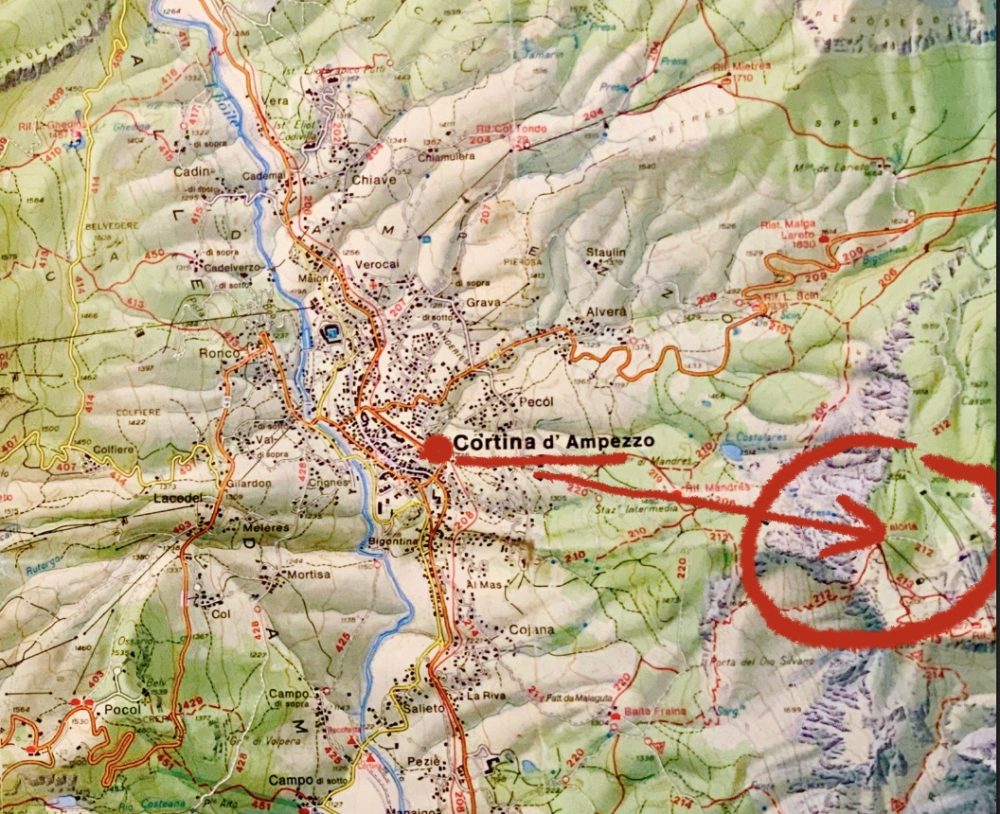
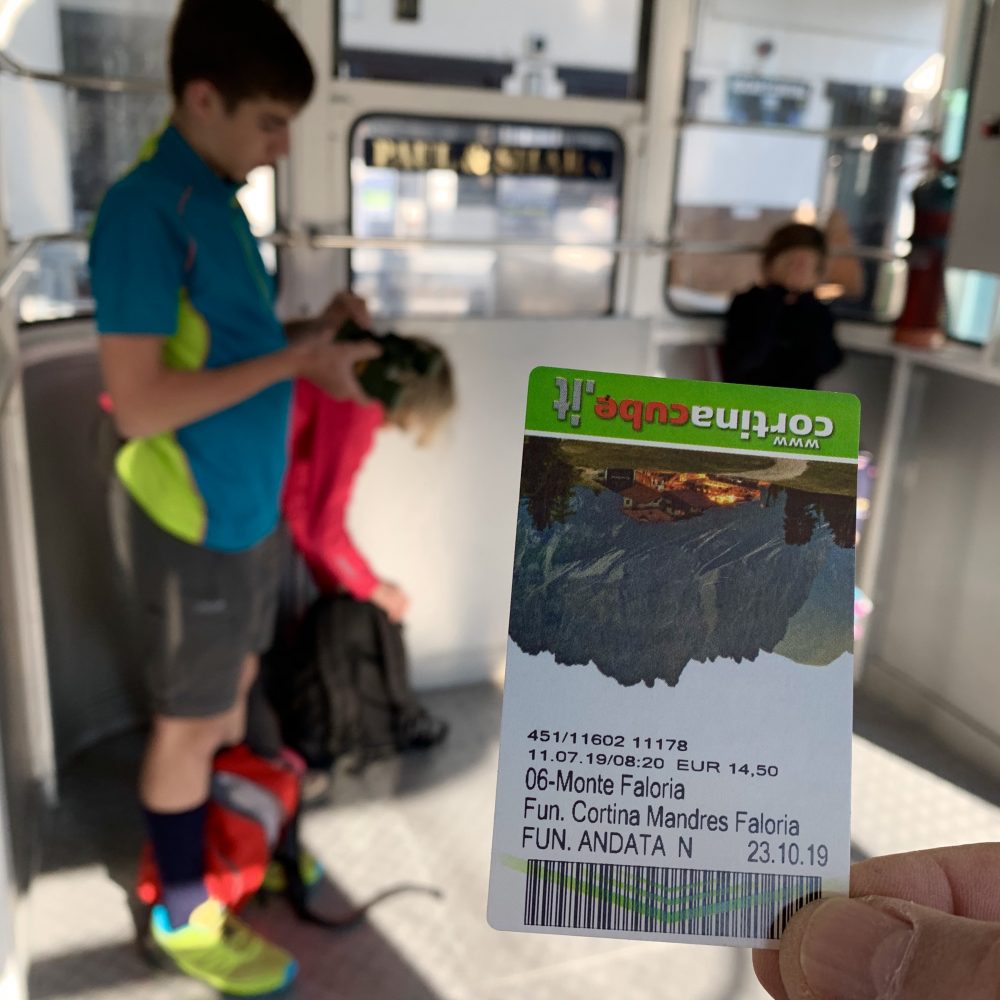
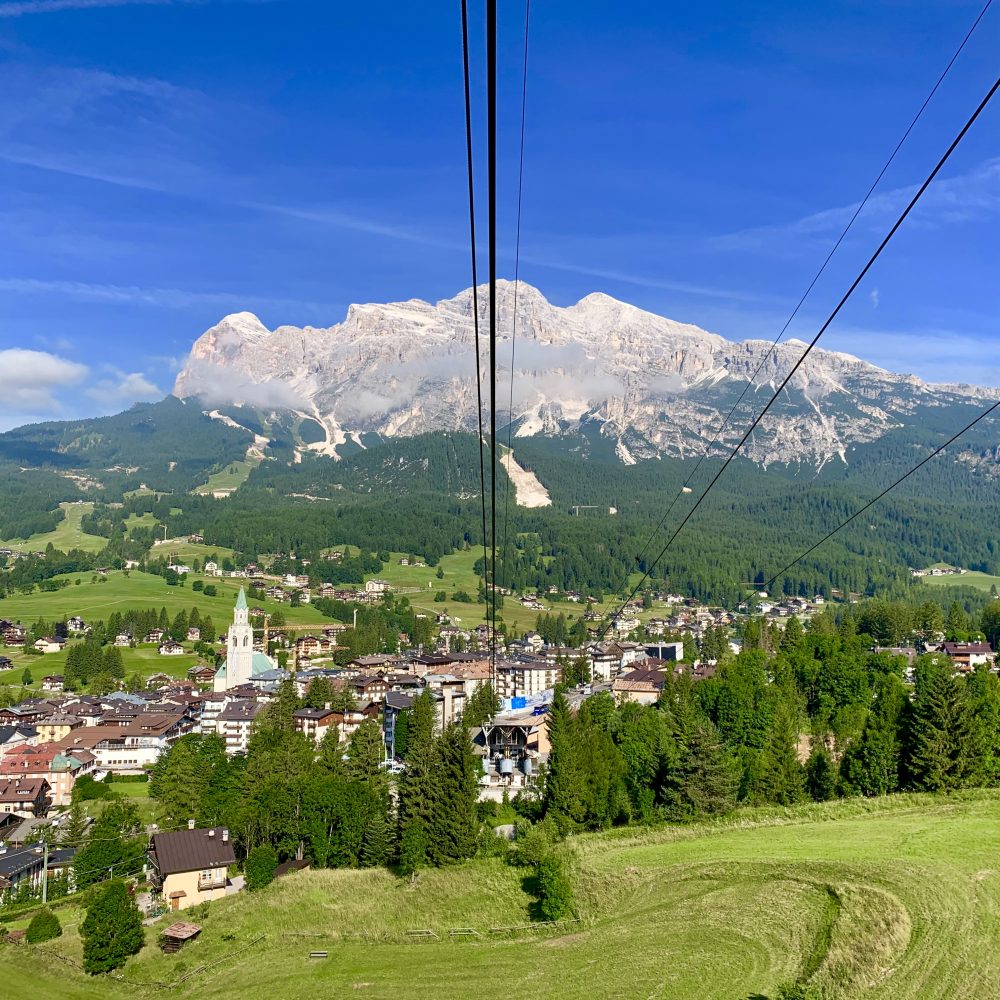
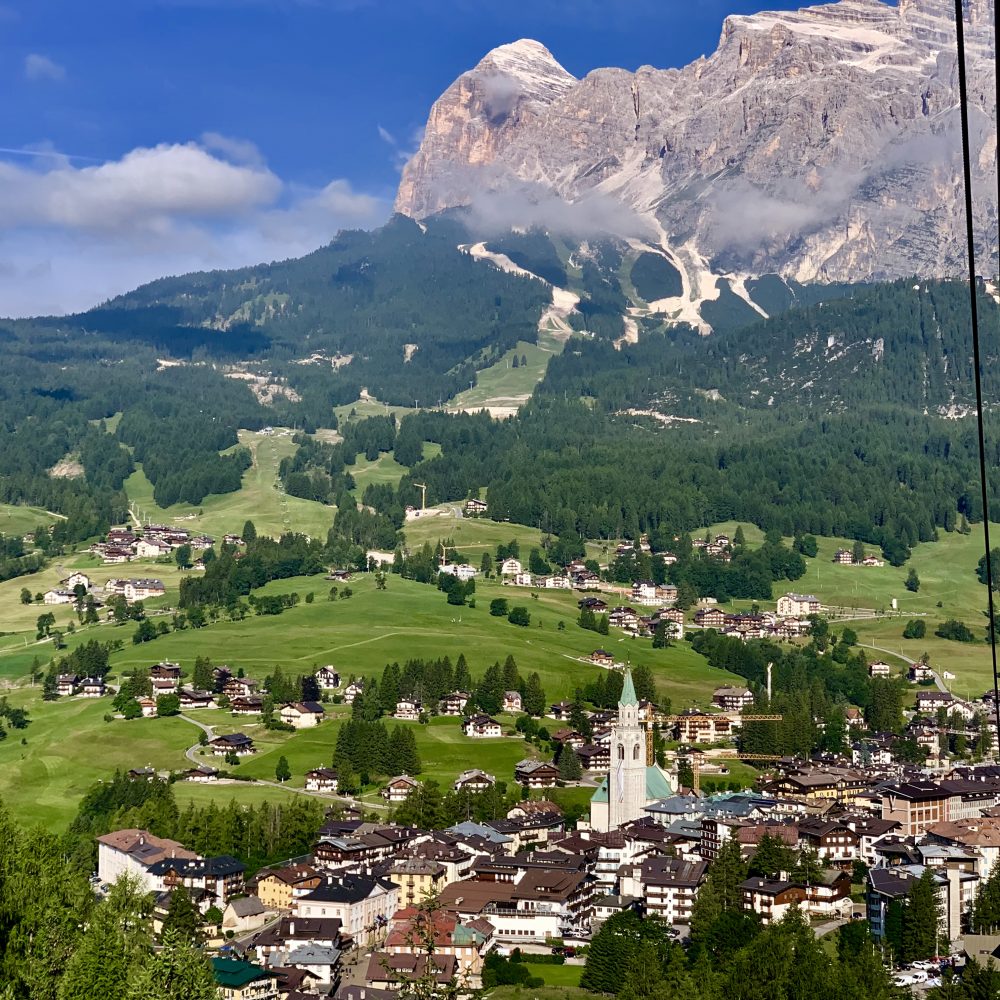
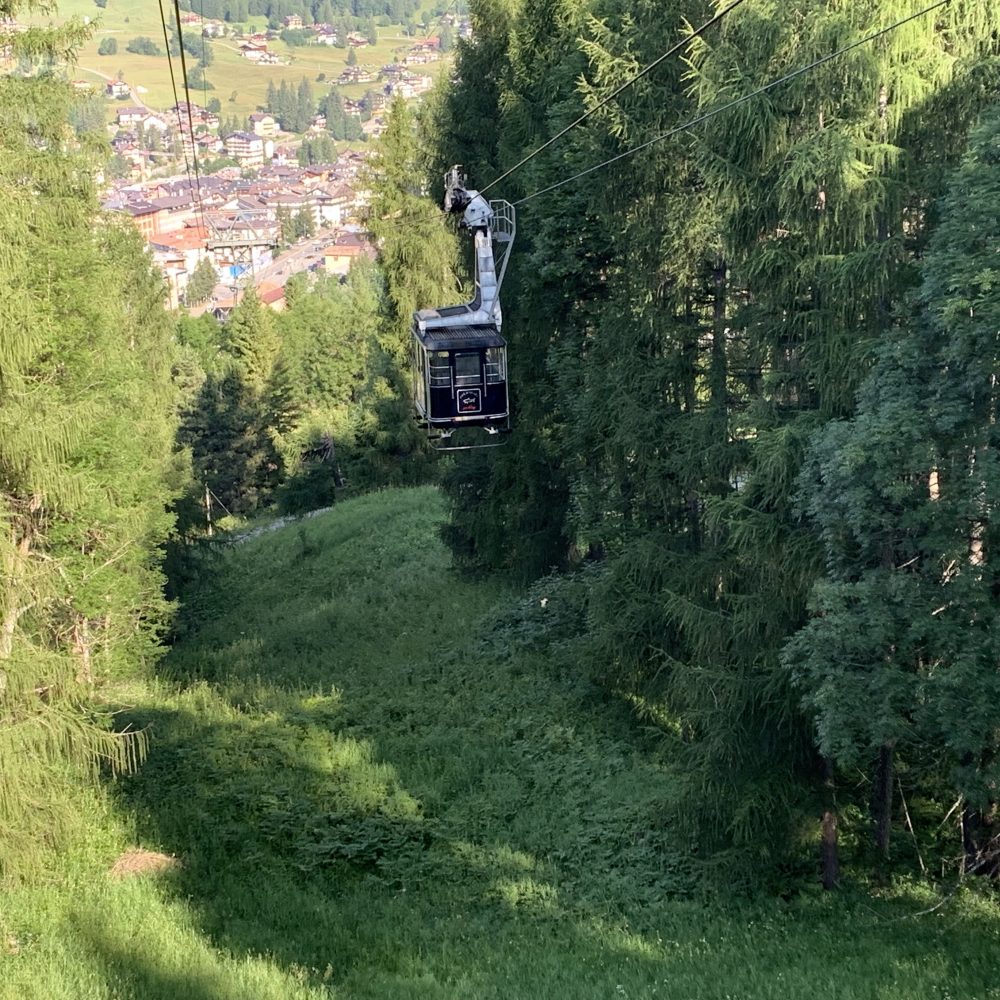
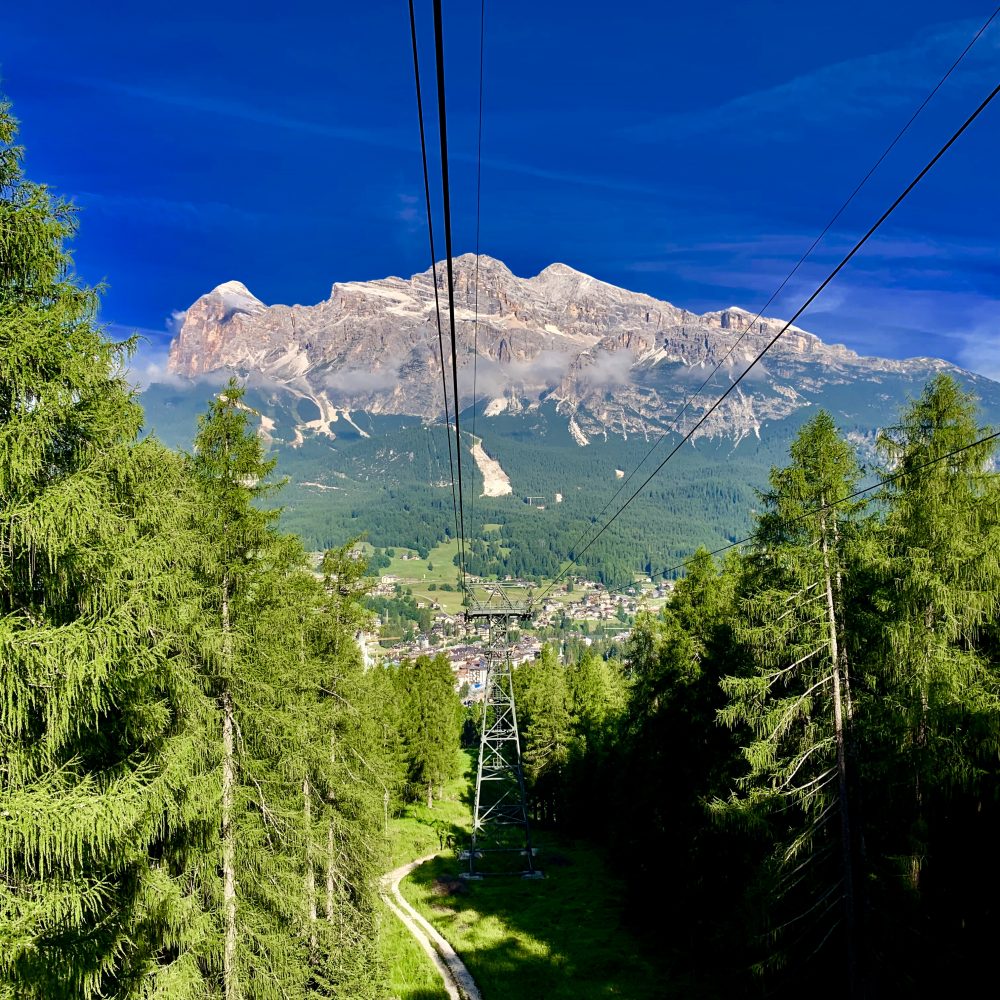
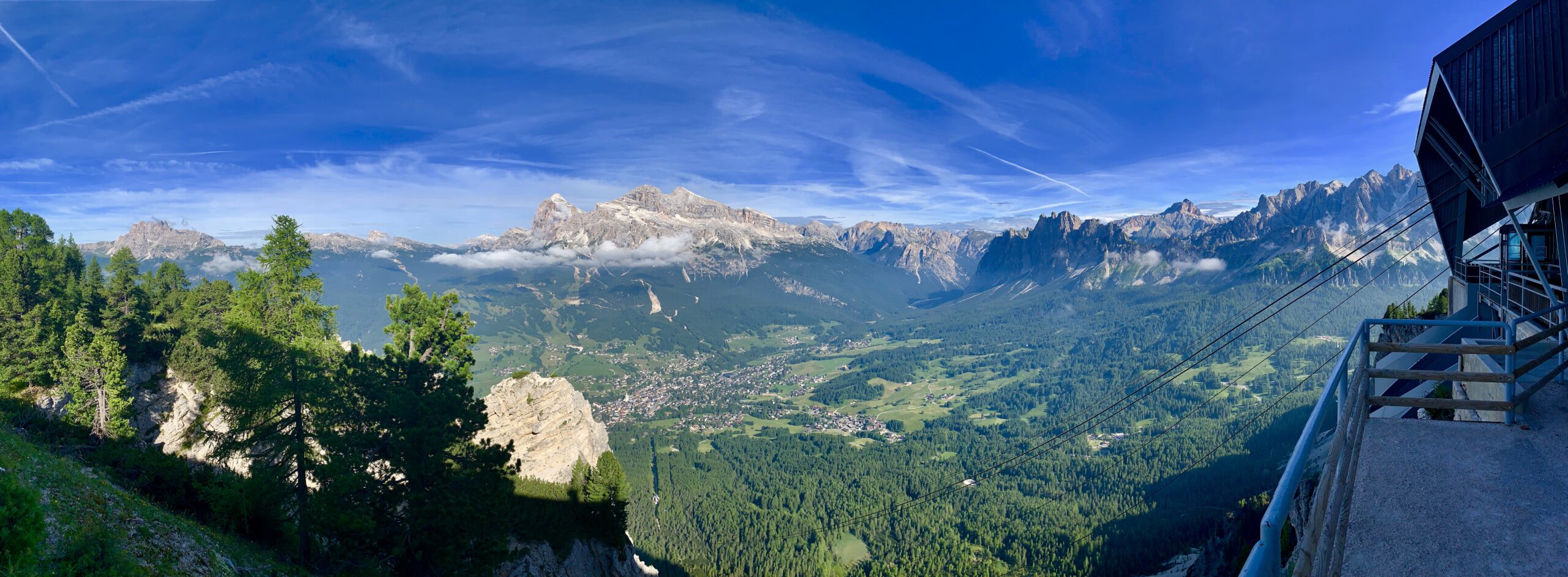
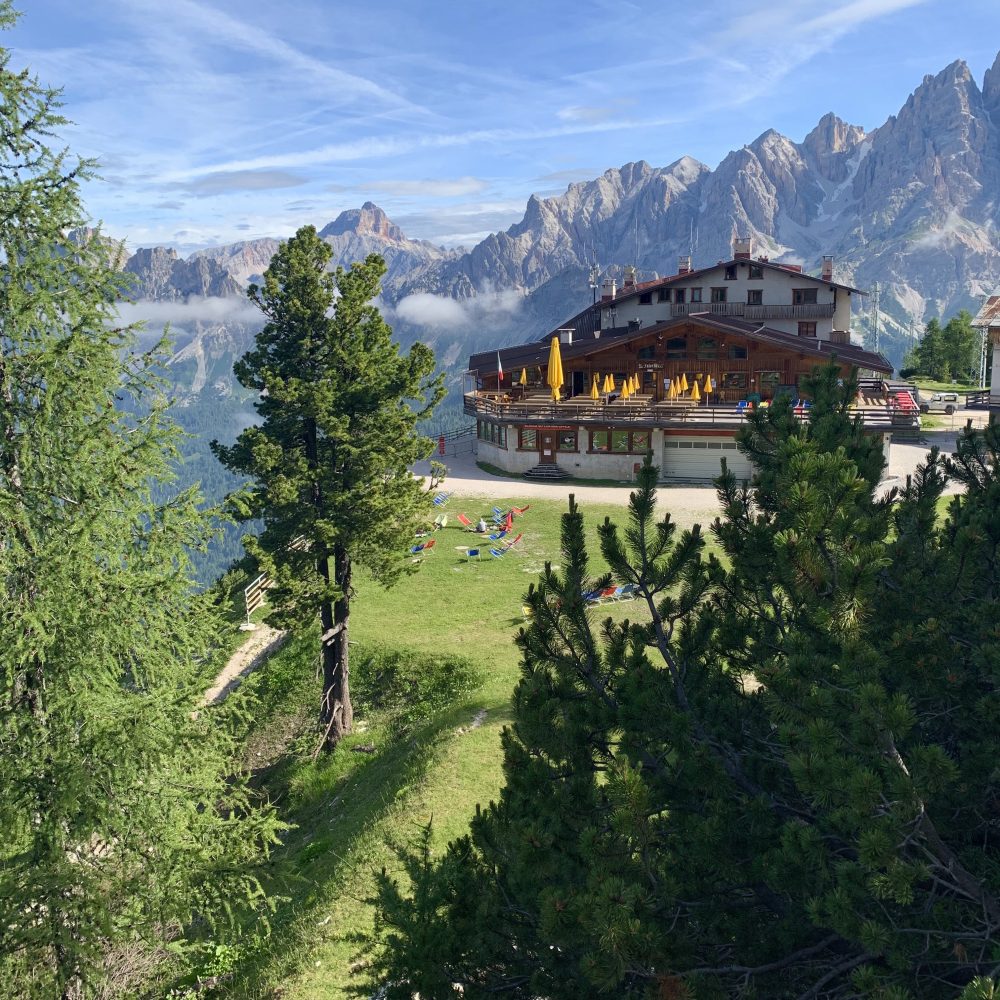
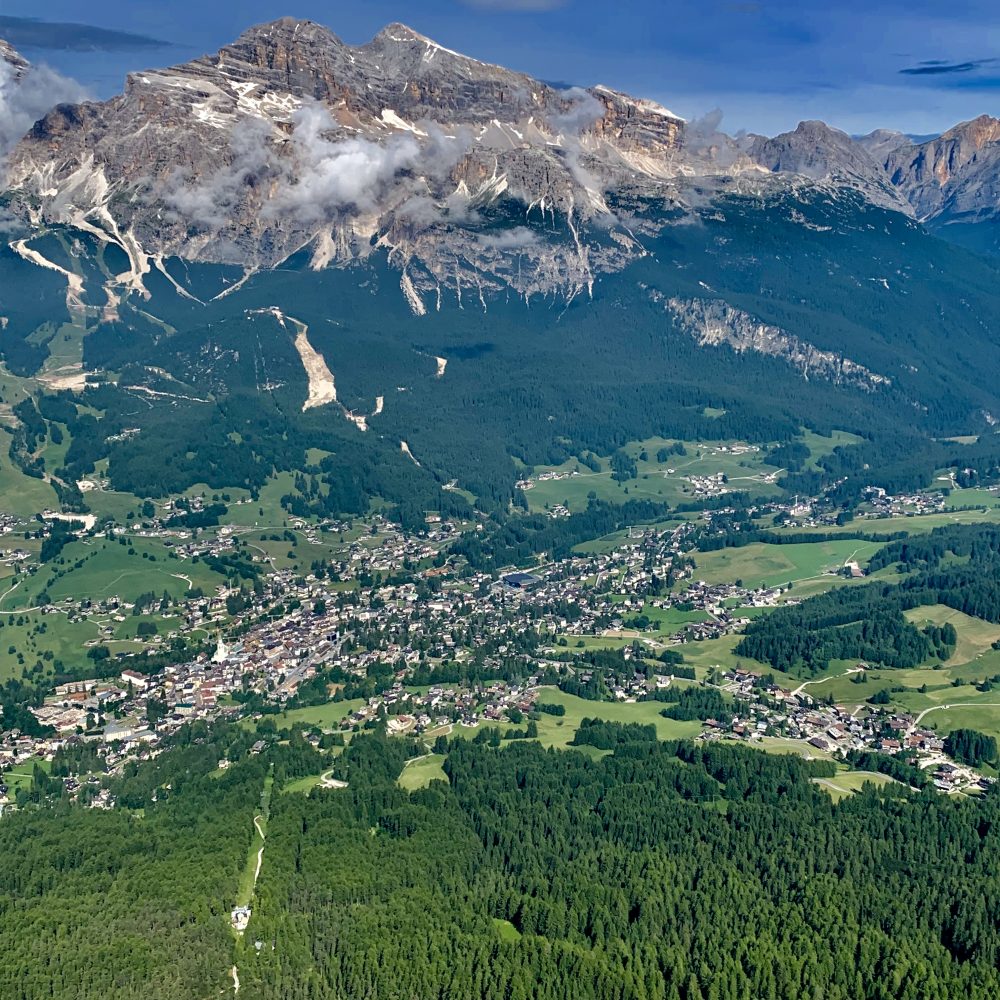
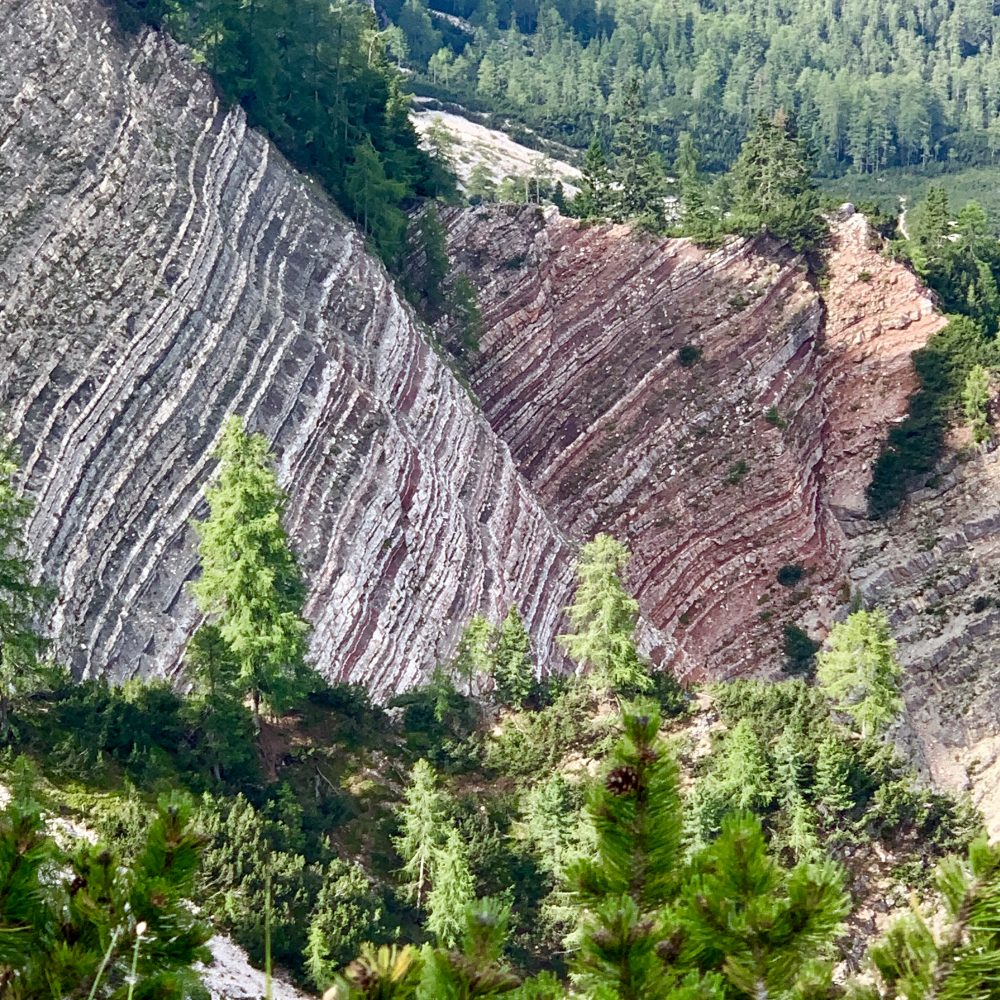
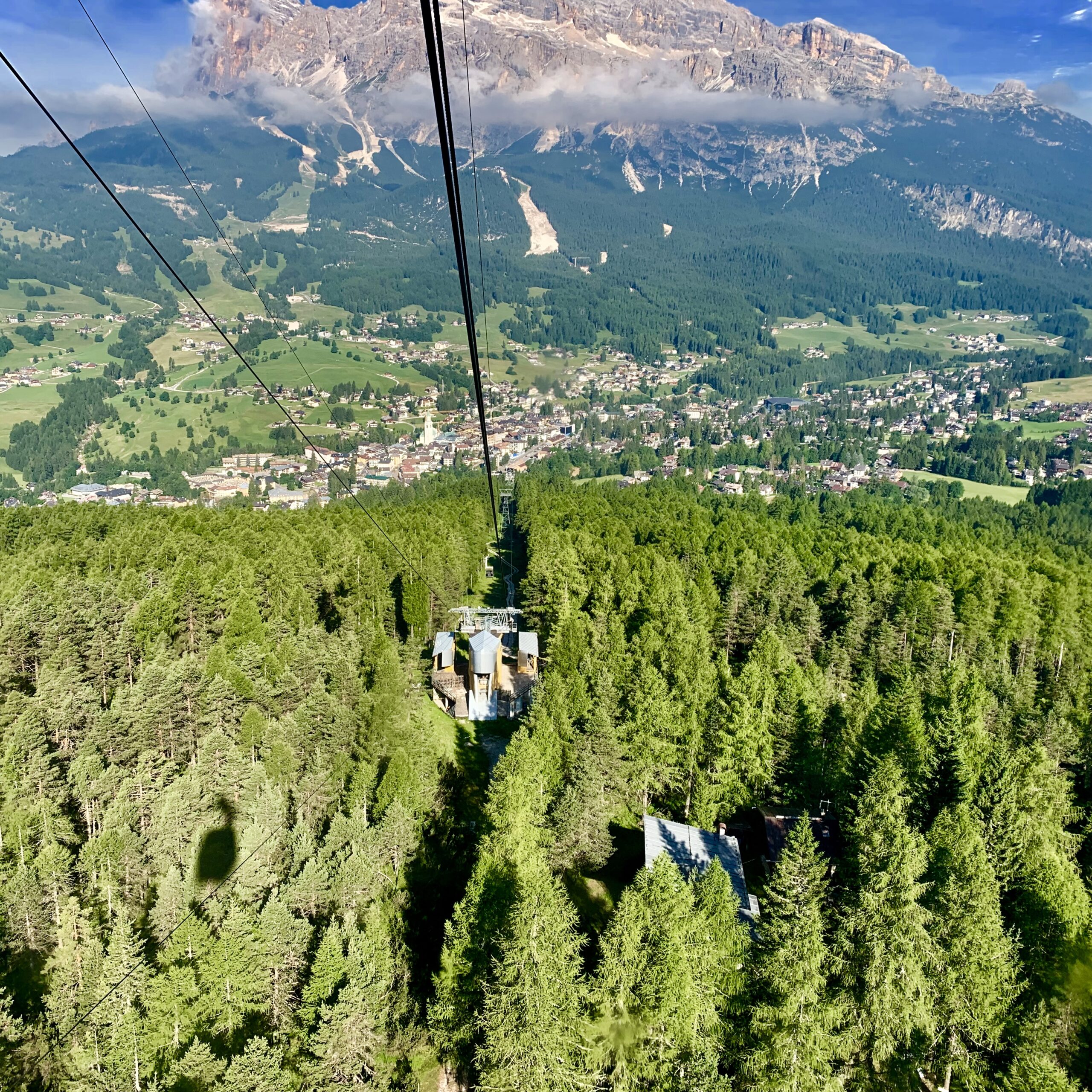
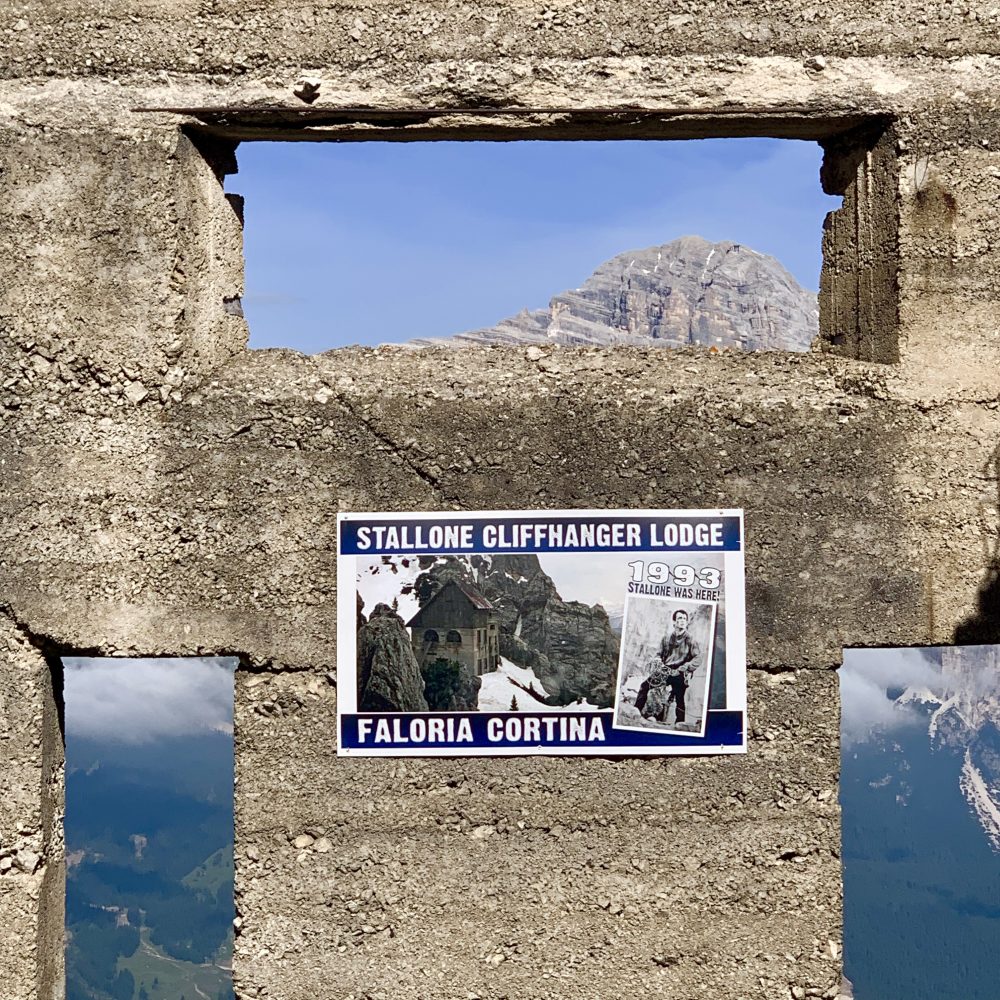
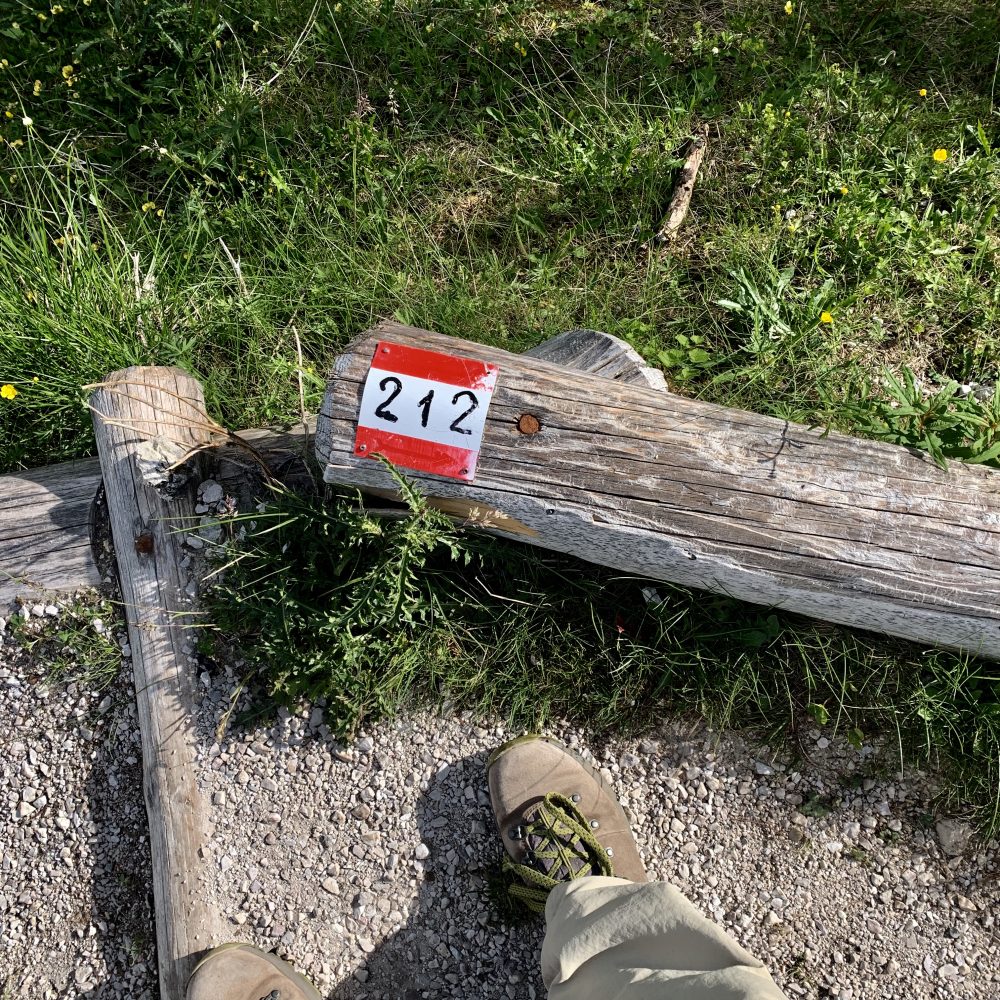
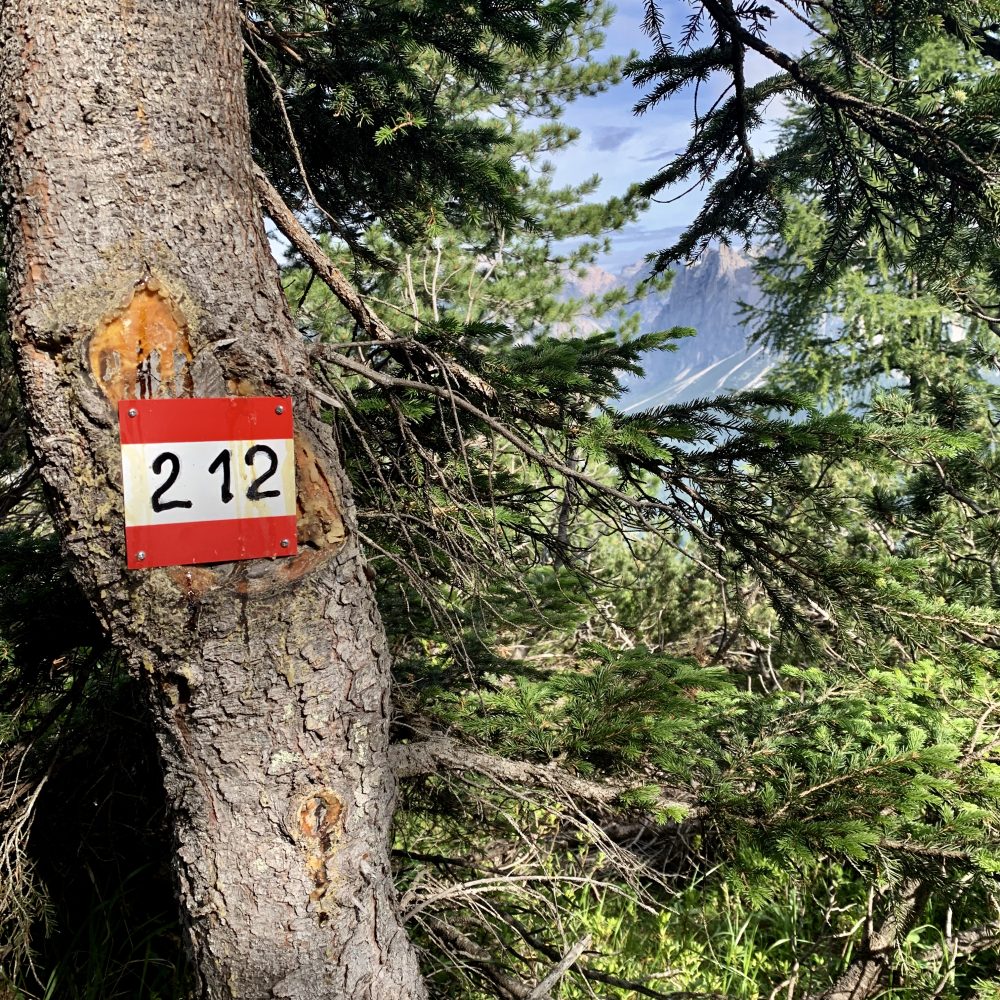
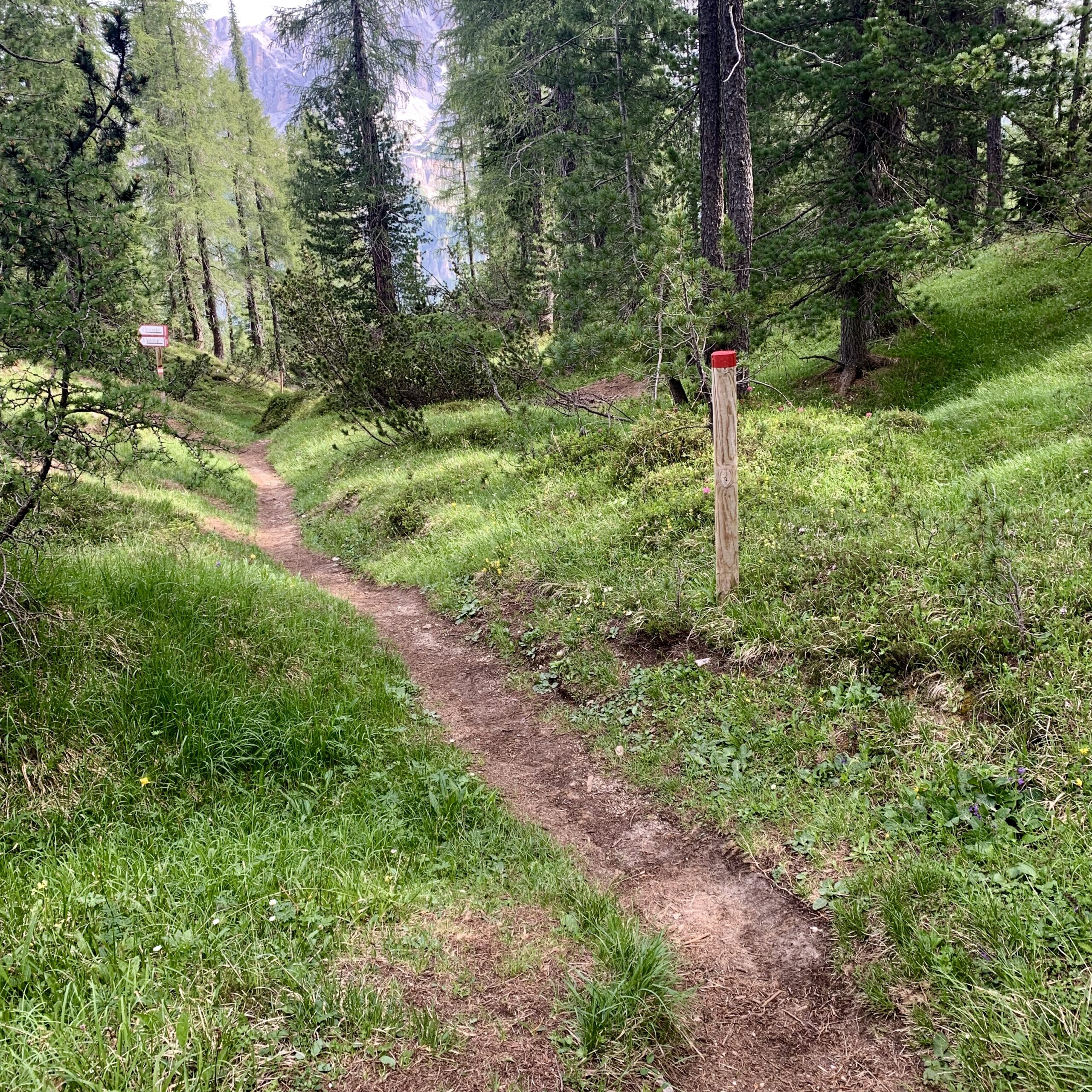
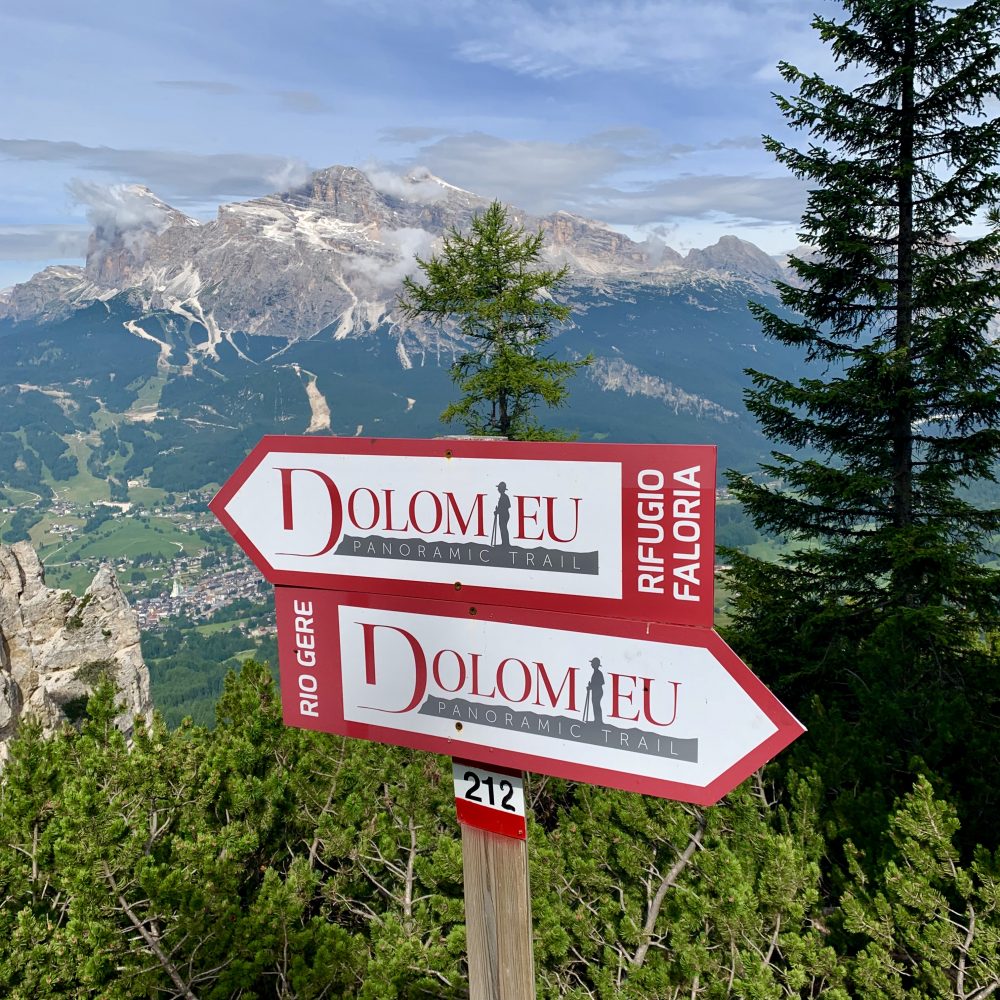
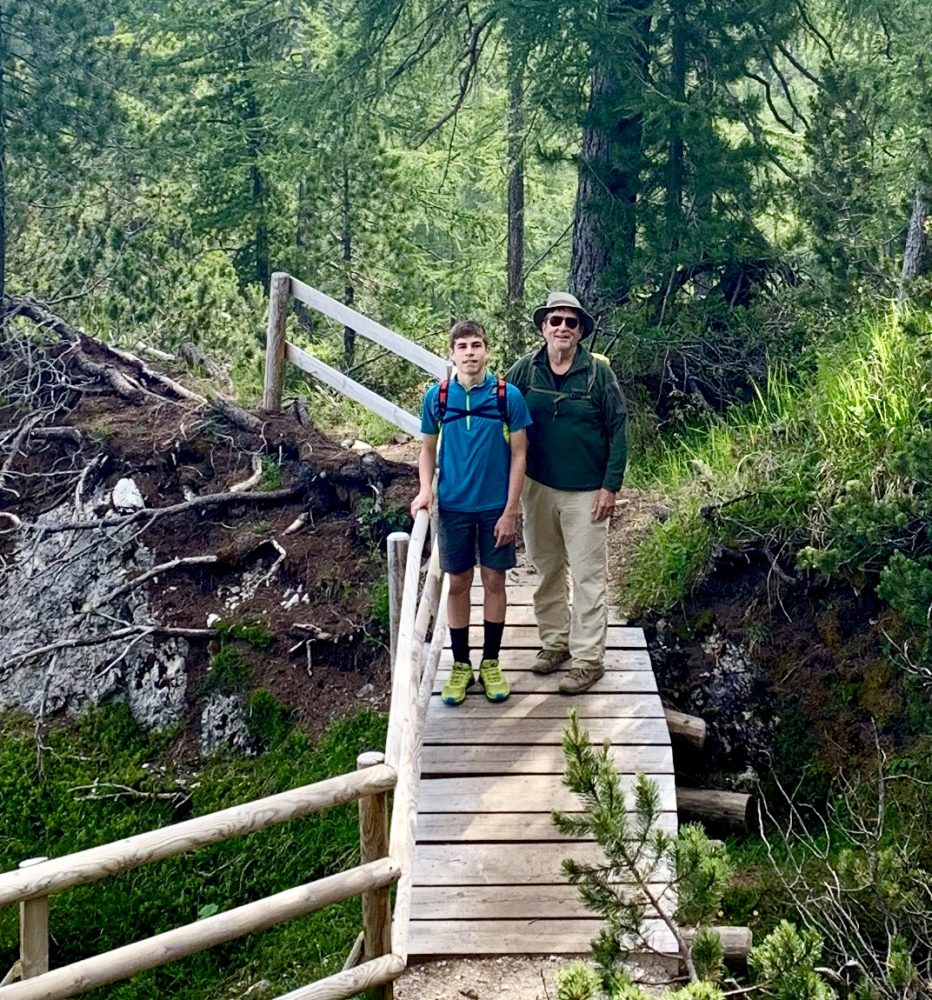
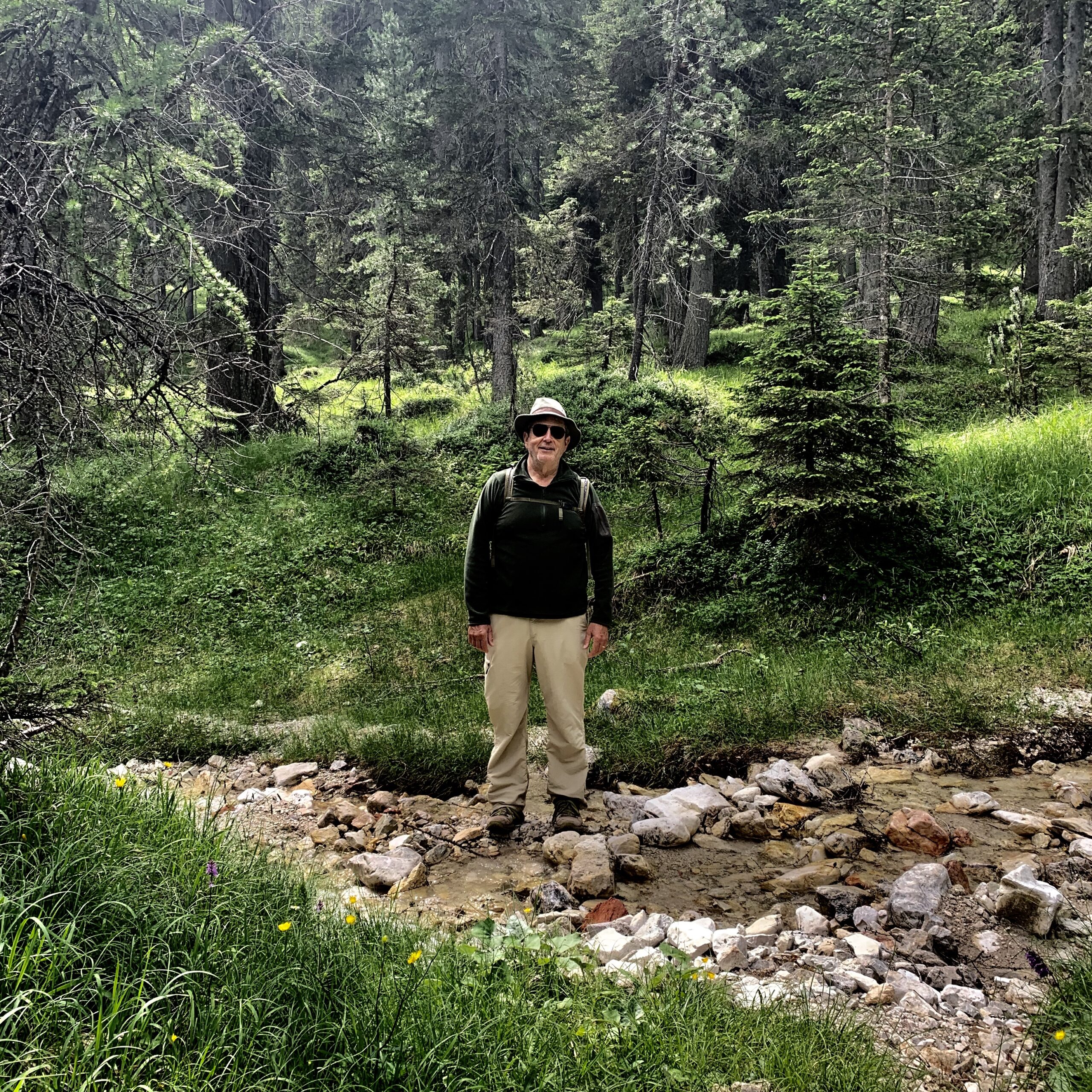
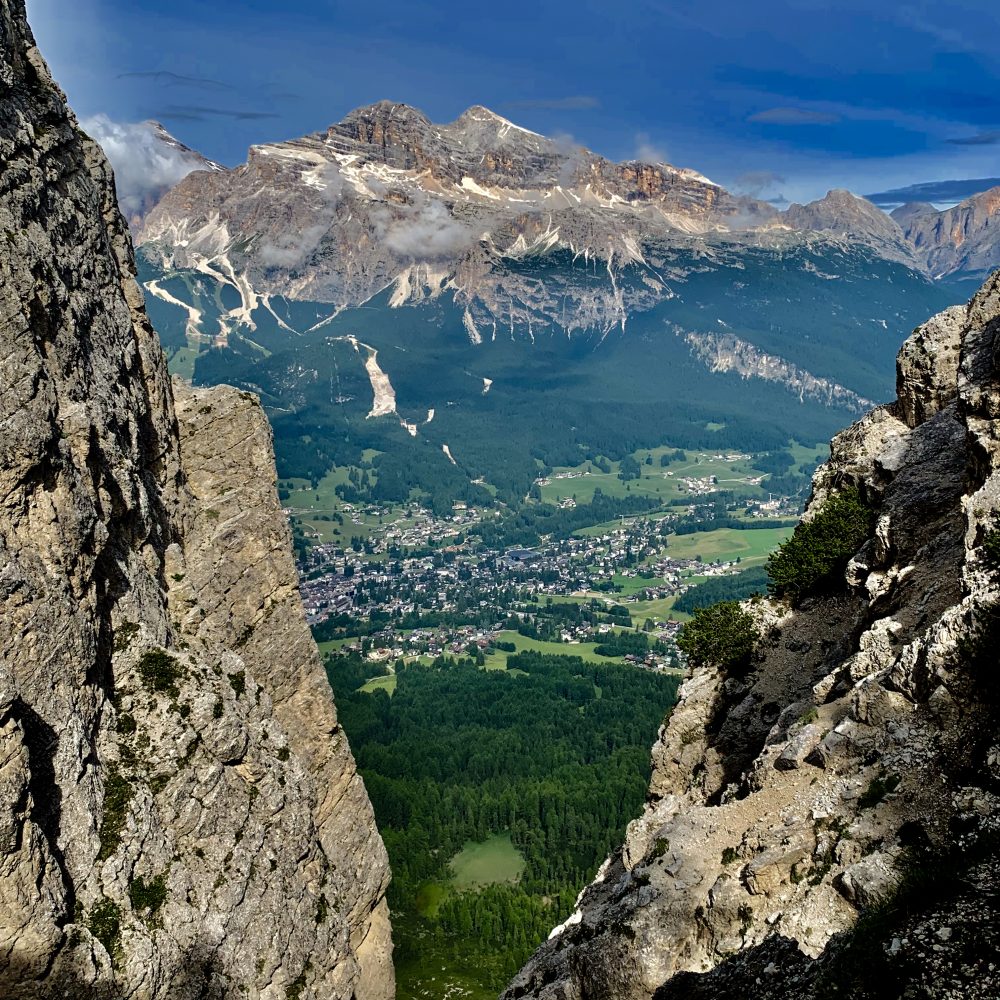
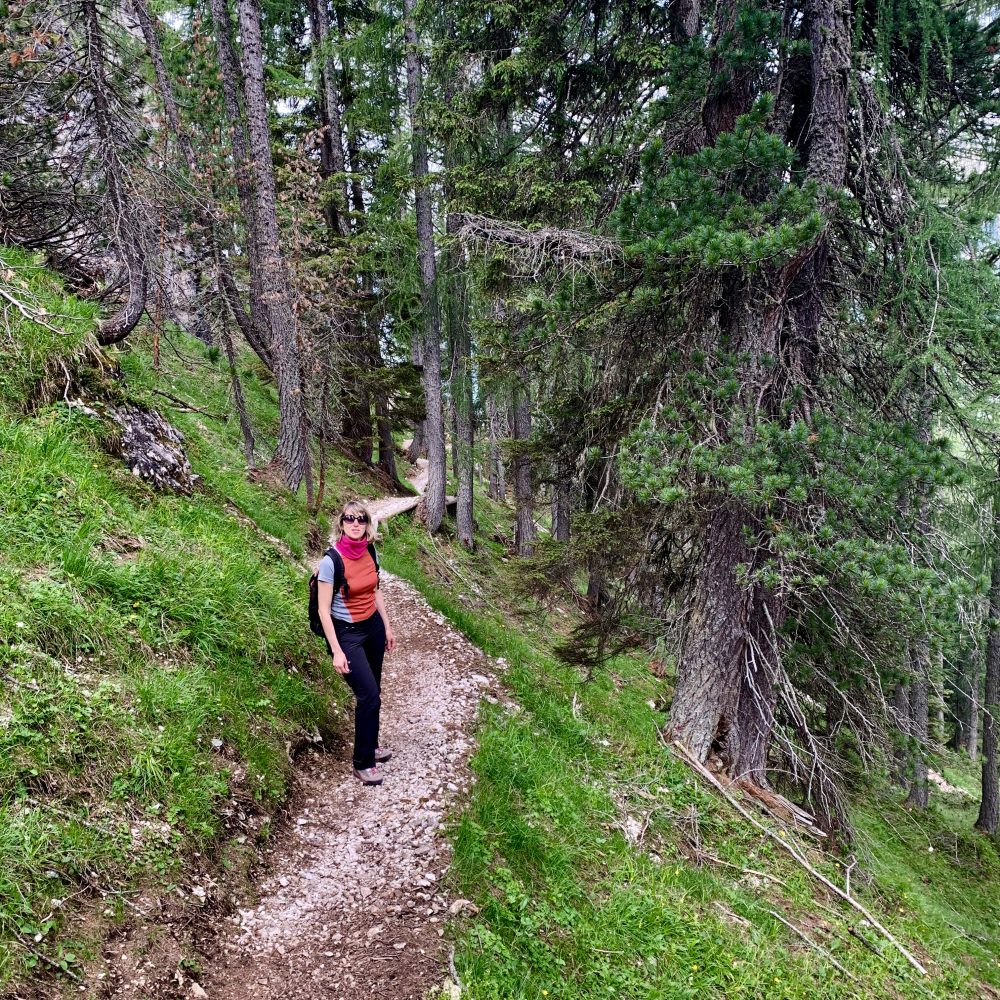
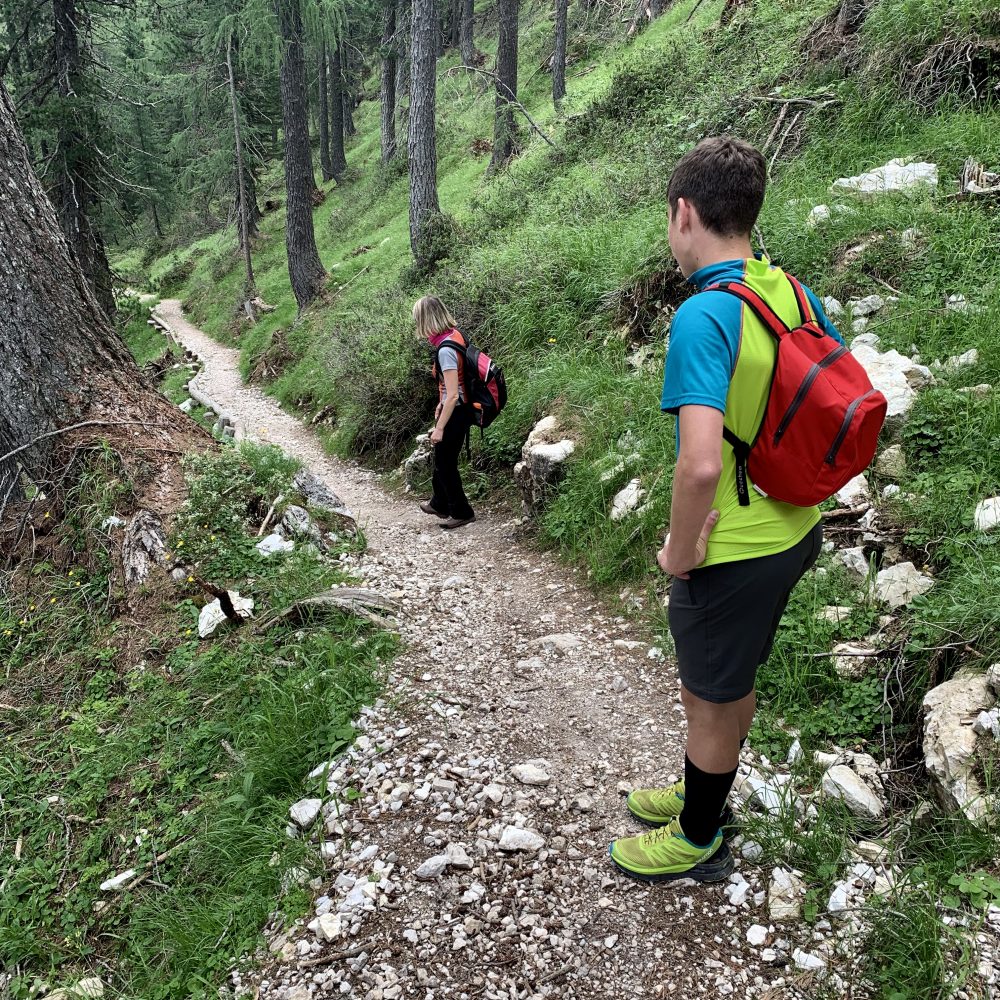
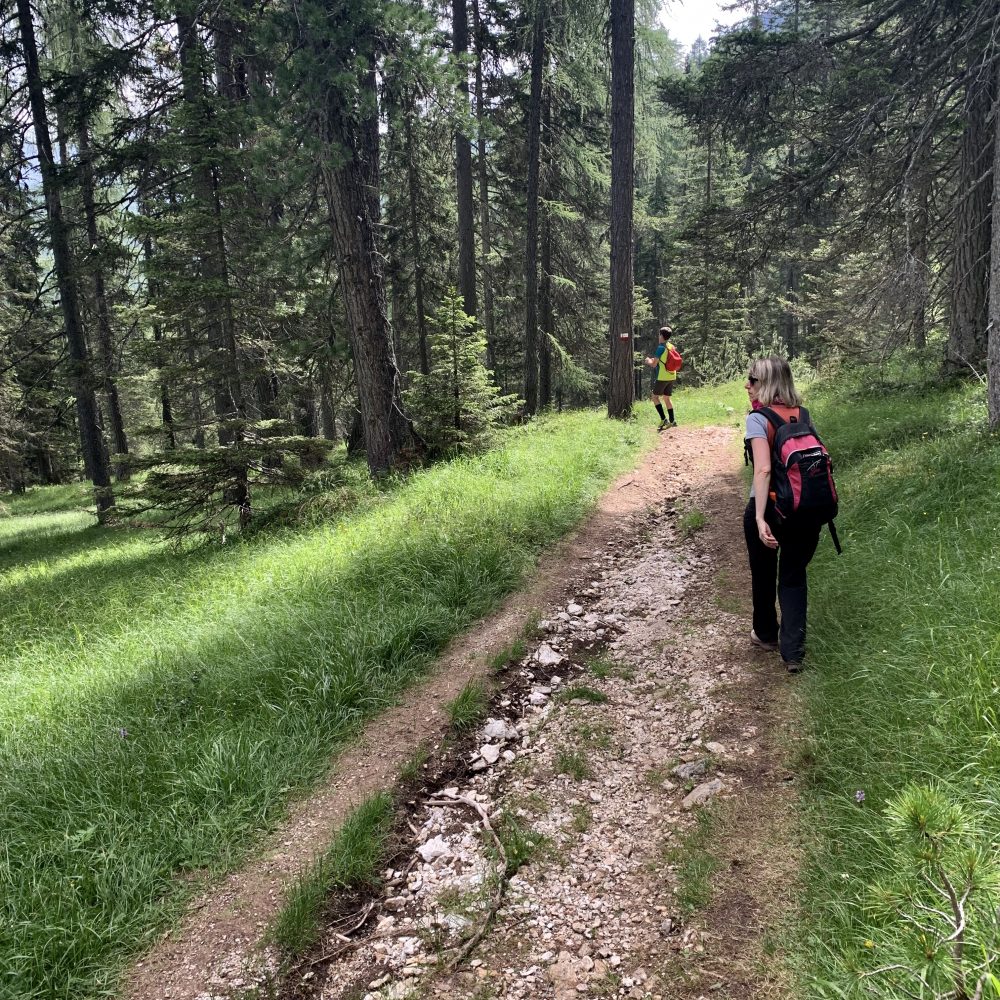
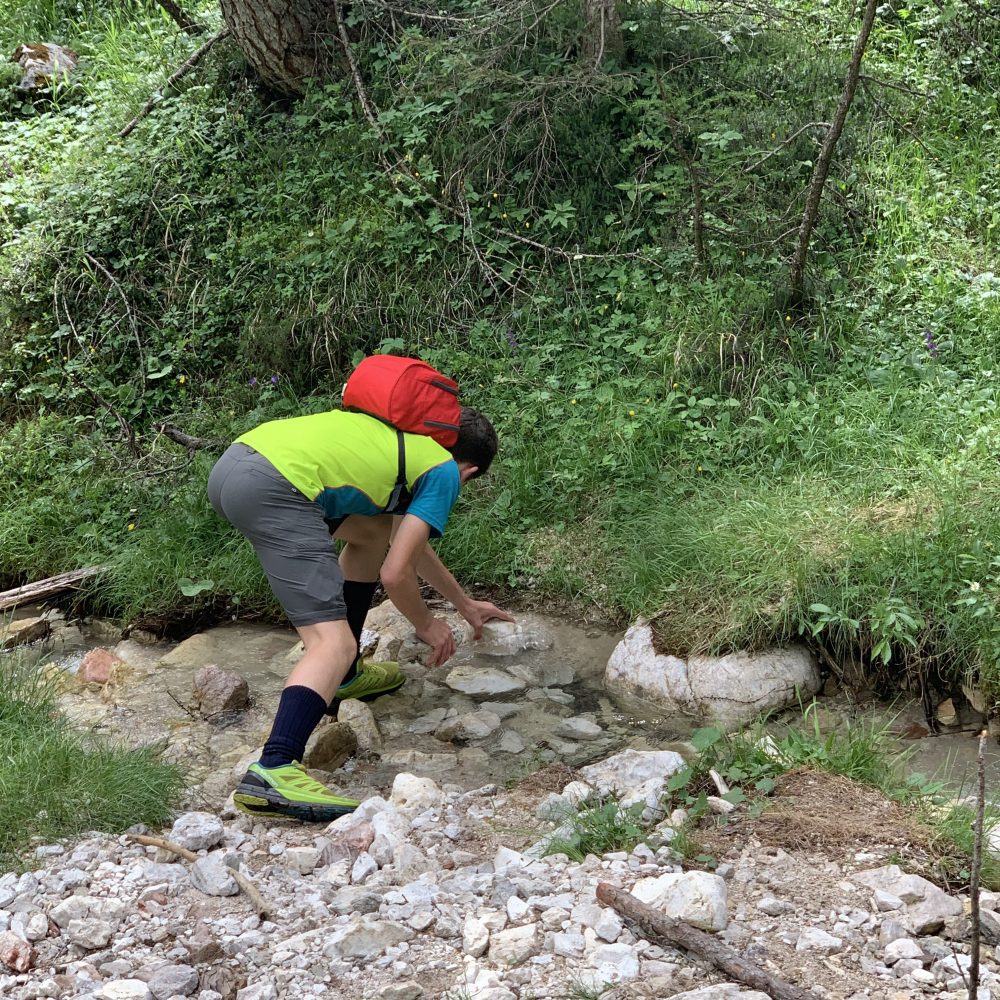
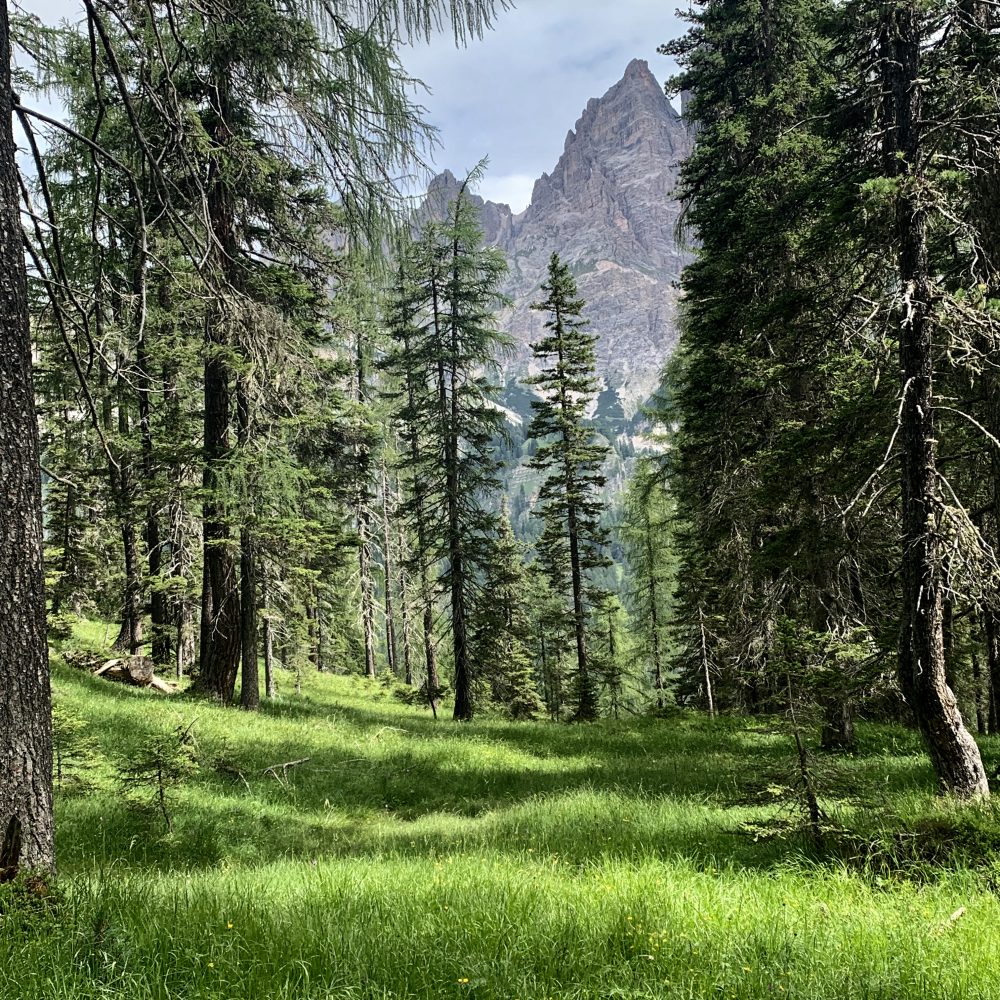
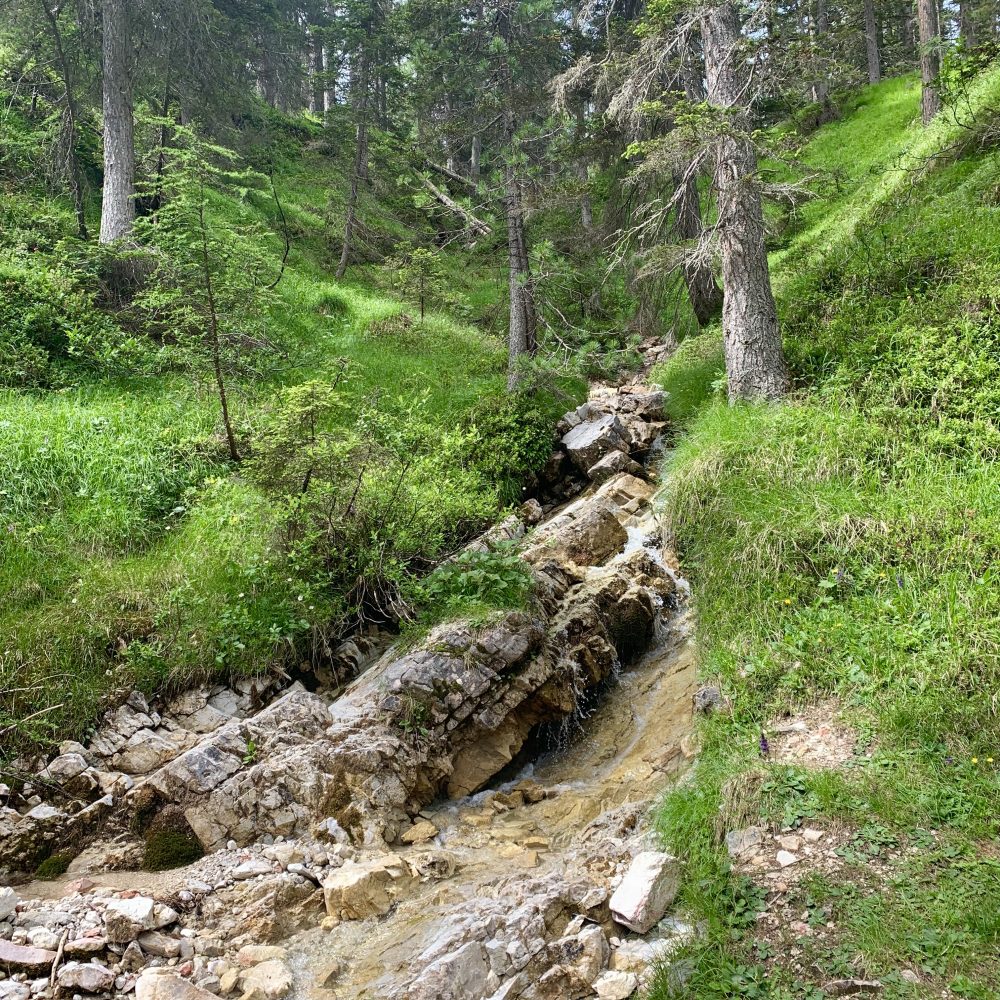
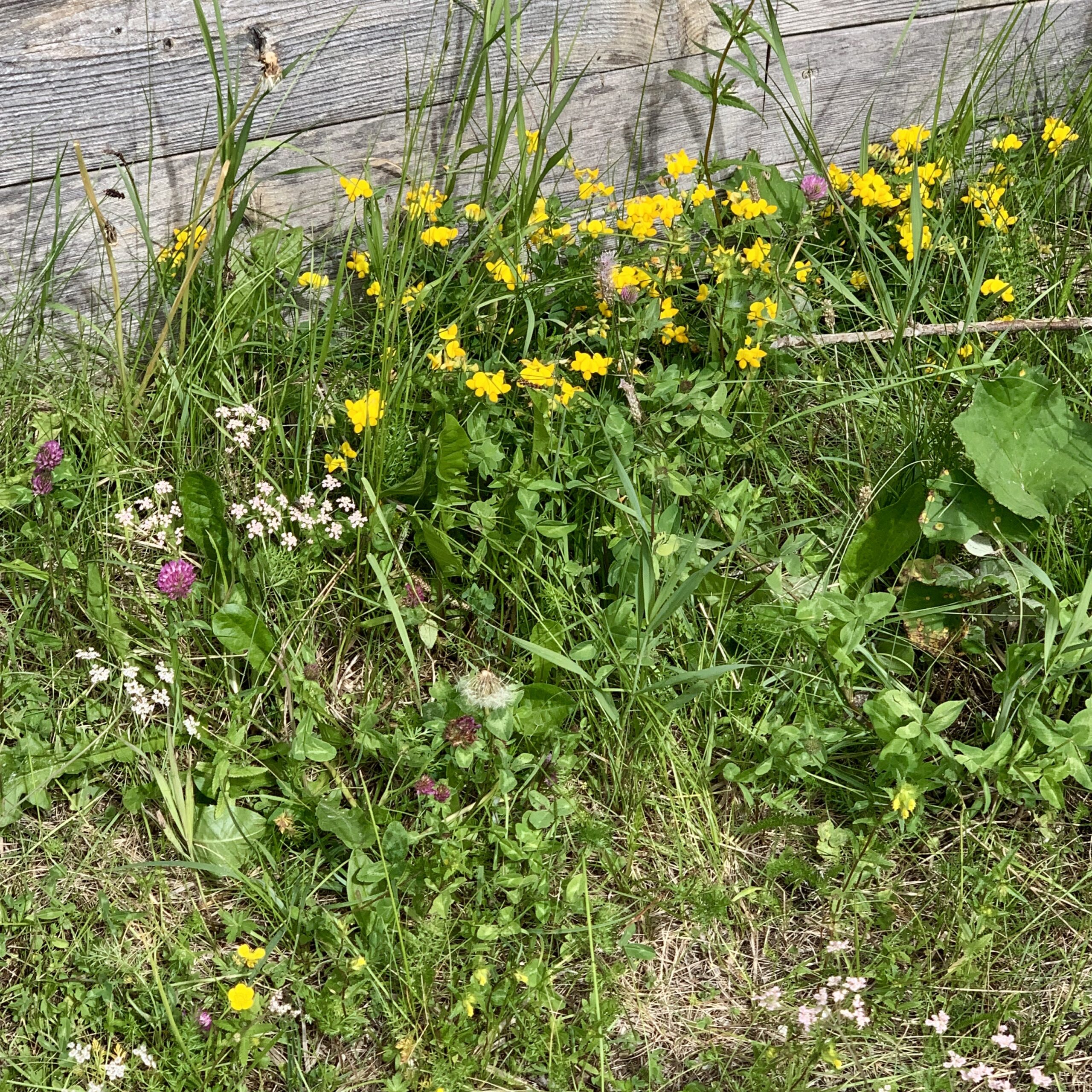
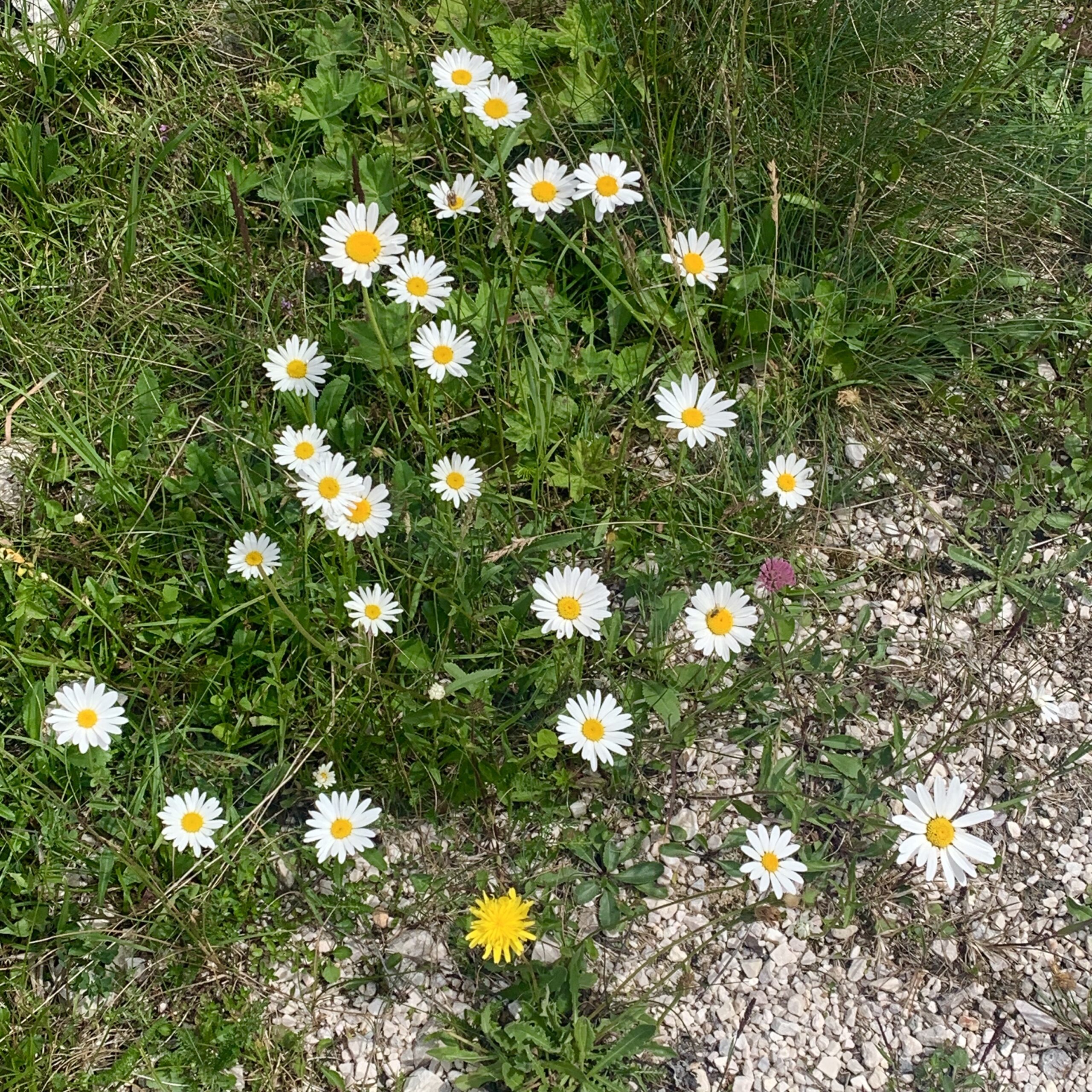
Cibo e Bibite
